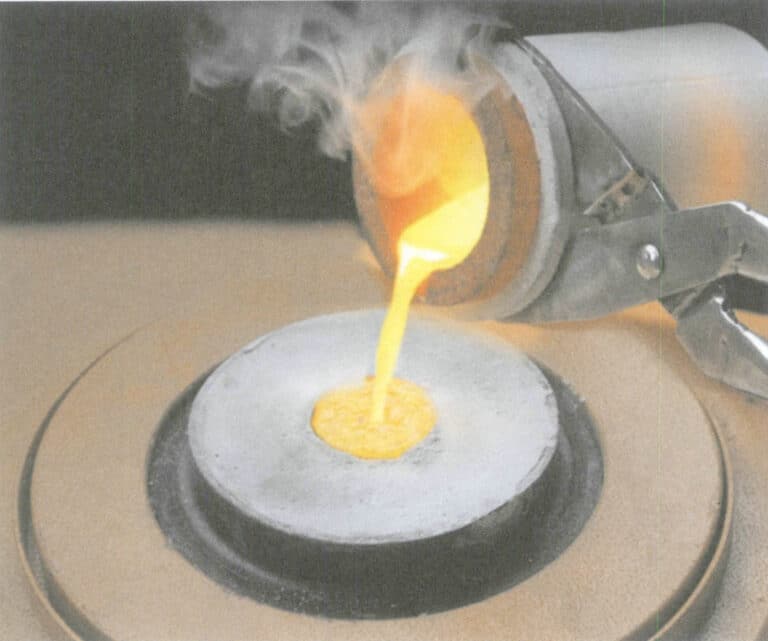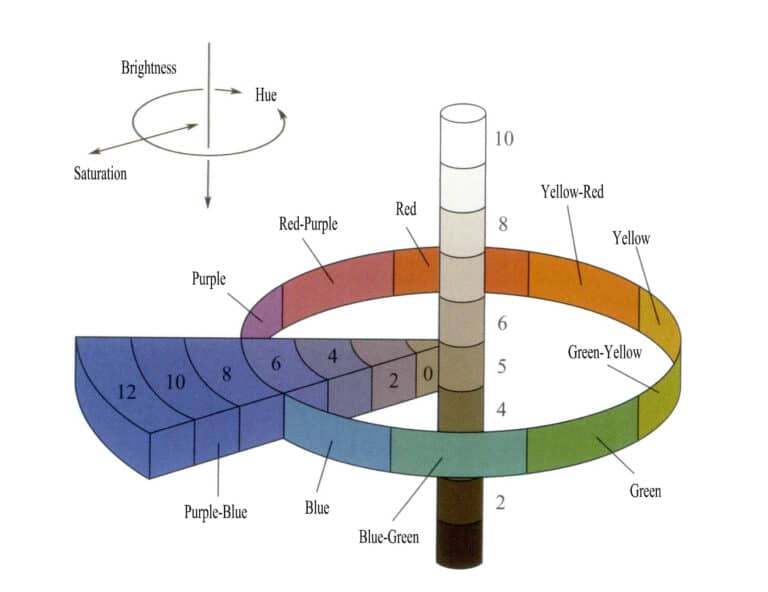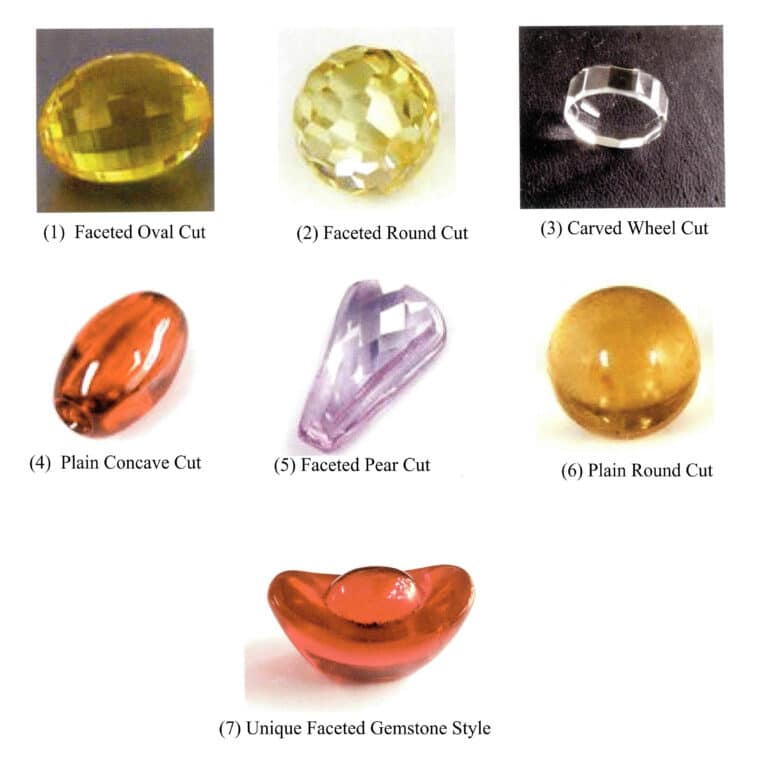Ivory And Other Organic Gemstones’ Secrets: History, Care, And Identification Guide
A Comprehensive Guide to Ethical Ivory and Rhinoceros horn Tortoise shell, Ammolite, Jet, Petrified wood, Jade Coral, Helmeted hornbill
Introducere:
Explore the fascinating world of ivory gemstones with our comprehensive guide! Learn about the rich history, cultural significance, and exquisite craftsmanship of ivory artifacts. Discover how to care for and maintain these timeless treasures, and gain expert tips on identifying authentic ivory from imitations. Whether you’re a jewelry store, designer, or enthusiast, our guide is your go-to resource for all things ivory. Plus, find out how to ethically source and work with this beautiful yet controversial material. Don’t miss our detailed look at ivory’s structure, optical properties, and mechanical characteristics. It’s everything you need to know about ivory in one place!
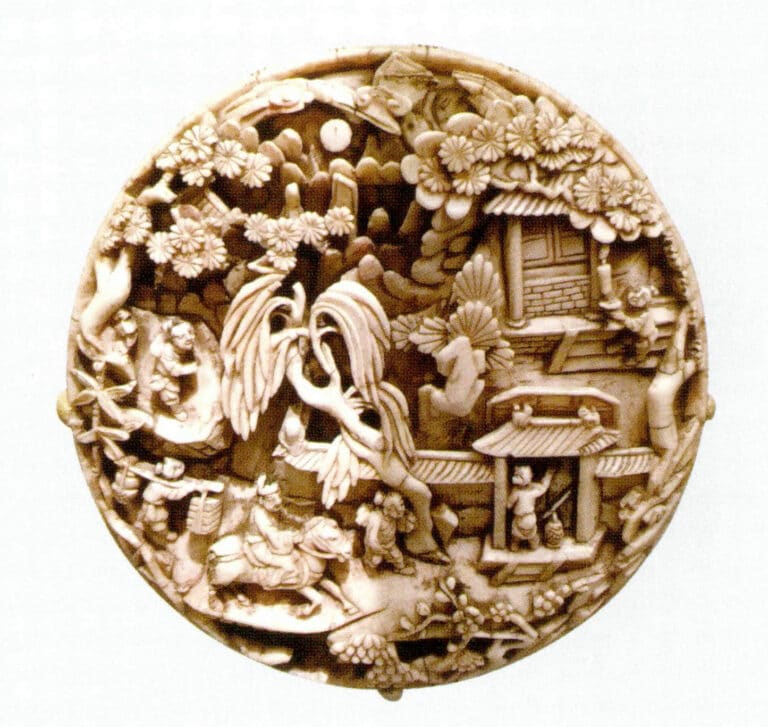
Tabla de conținut
Section Ⅰ Ivory
1. Istoria și cultura aplicației
Ivory has a long history of being used as a gemstone. Ivory products have been found in many ancient civilization sites and tombs. Exquisite ivory products carved with intricate craftsmanship were used in ancient courts worldwide.
Ancient European and African ivory artifacts are shown in Figures 1-4-1 to 1-4-10.
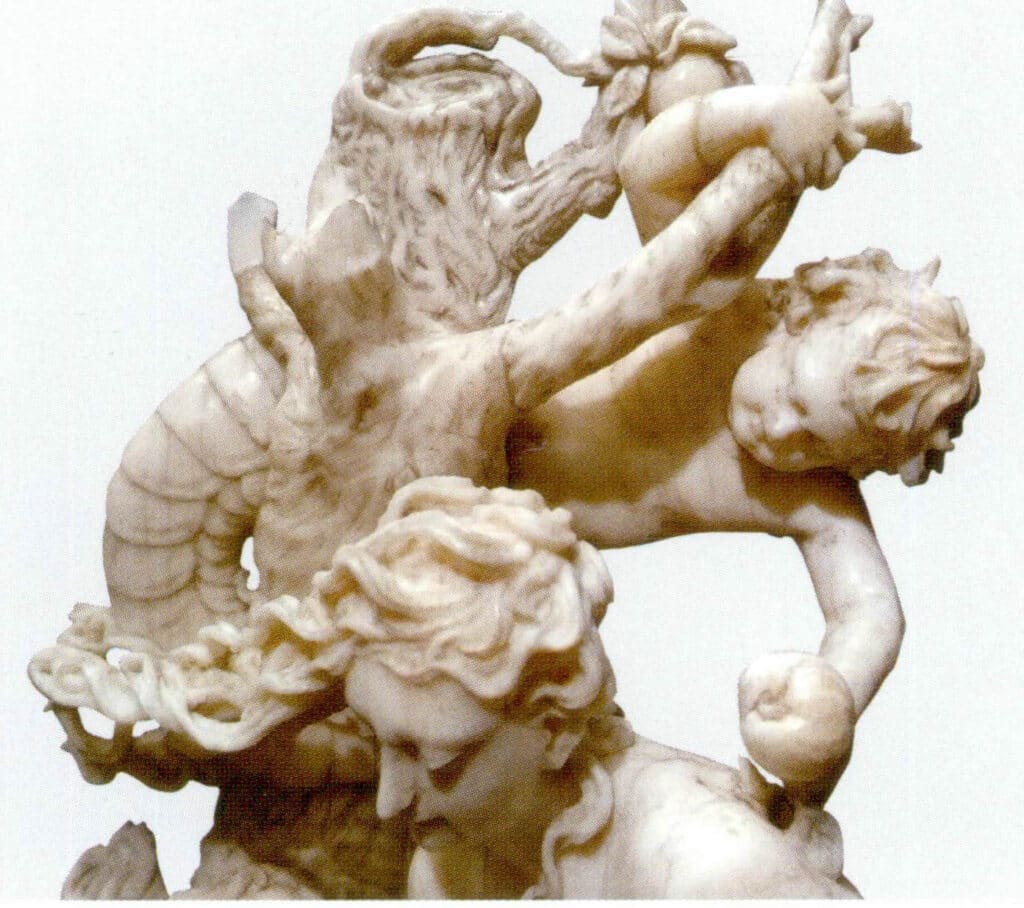
Figure 4-1-1 16th Century European Ivory Artifacts (partial)

Figure 4-1-2 17th Century European Ivory Artifacts (Localized) (I)

Figure 4-1-3 17th Century European Ivory Artifacts (Localized) (II)
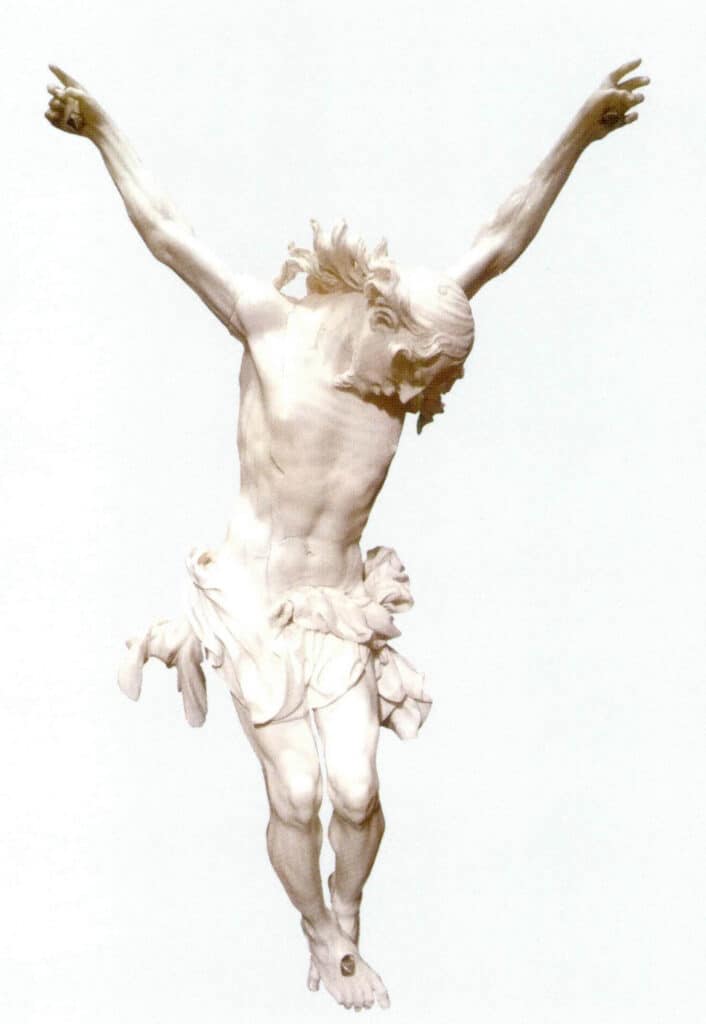
Figure 4-1-4 18th Century European Ivory Artifacts
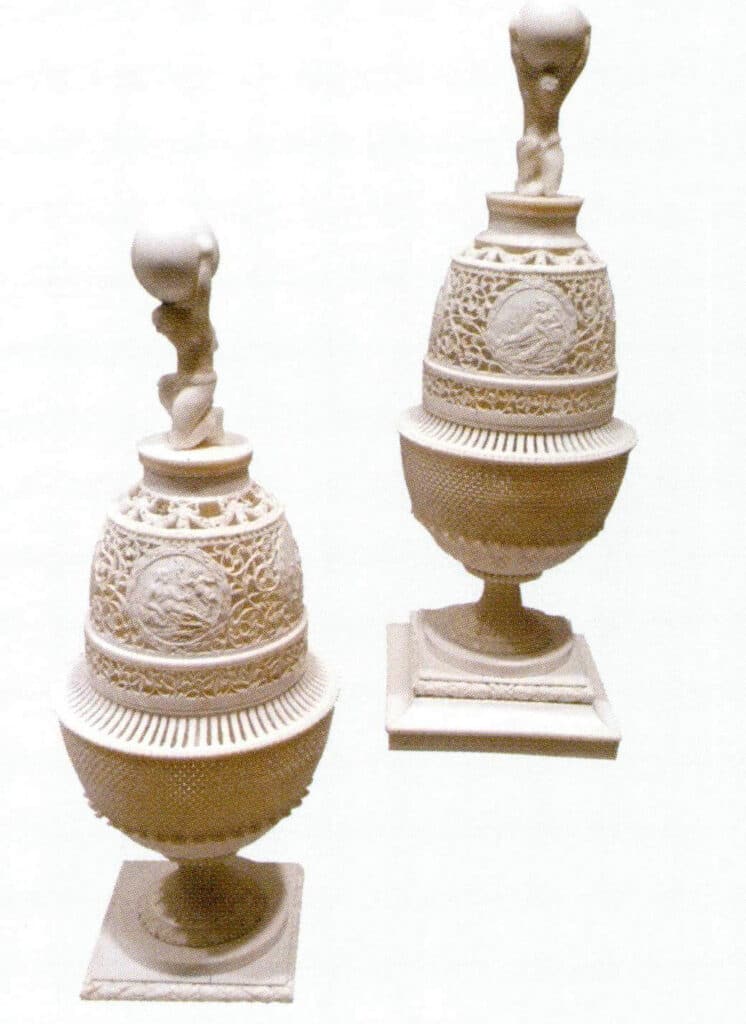
Figure 4-1-5 18th Century Russian Ivory Objects
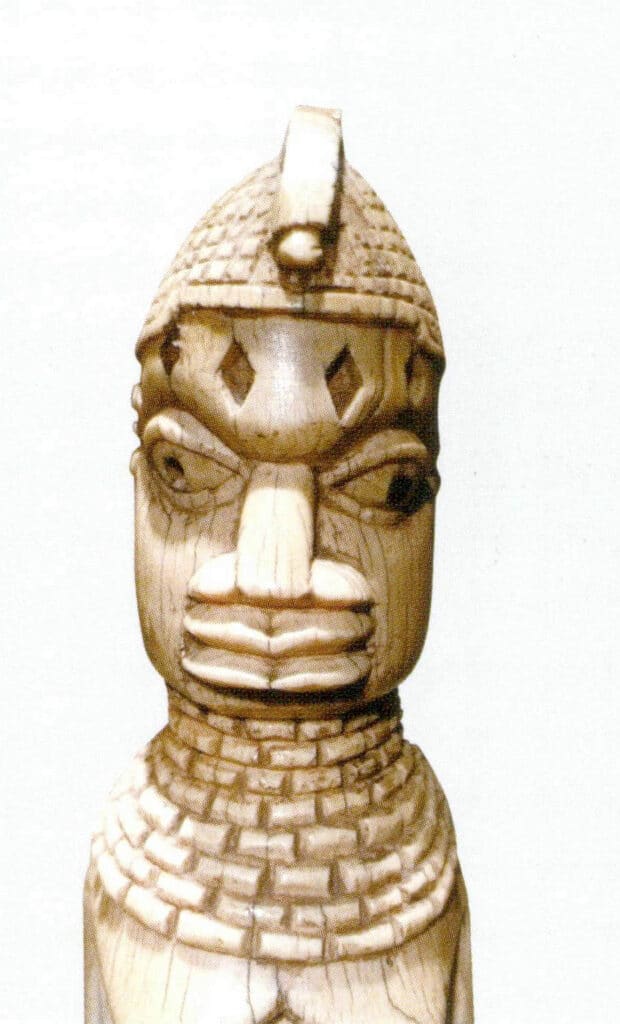
Figure 4-1-6 16th century African ivory products (partial)
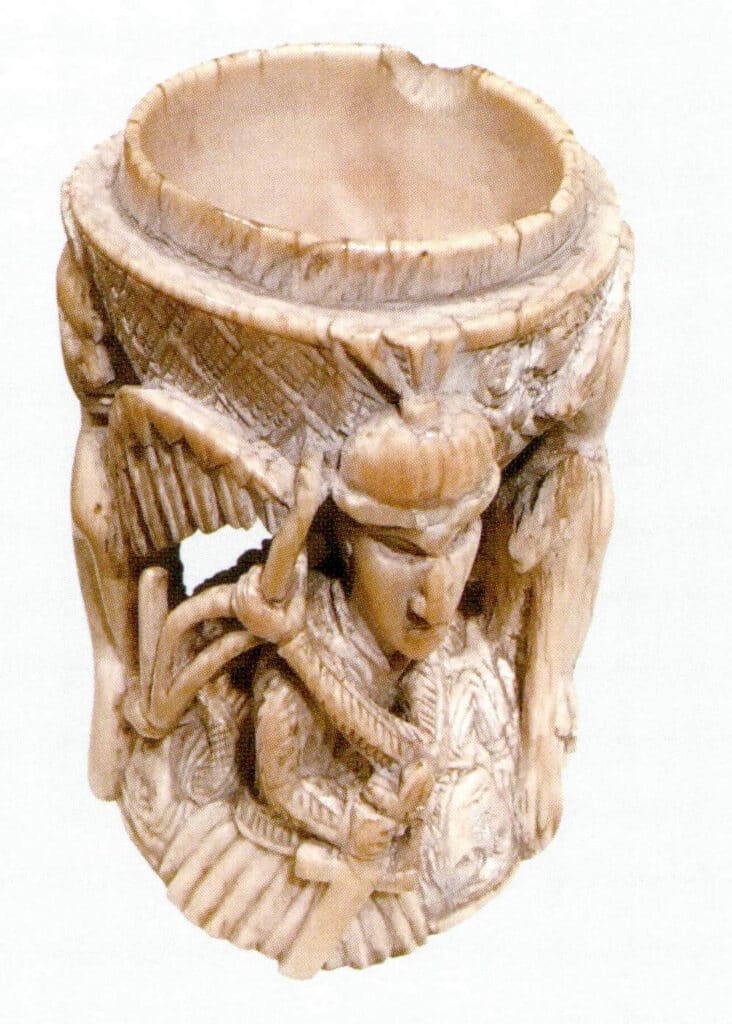
Figure 4-1-7 16th Century African Ivory Products

Figure 4-1-8 19th Century African Ivory Products

Figure 4-1-9 19th Century African Ivory Artifacts (Localized) (I)

Figure 4-1-10 19th century African ivory artifacts (localized) (II)
Ancient China ivory artifacts are shown in Figures 4-1-11 to 4-1-22.

Figure 4-1-11 Ivory artifacts from the ancient court (I)
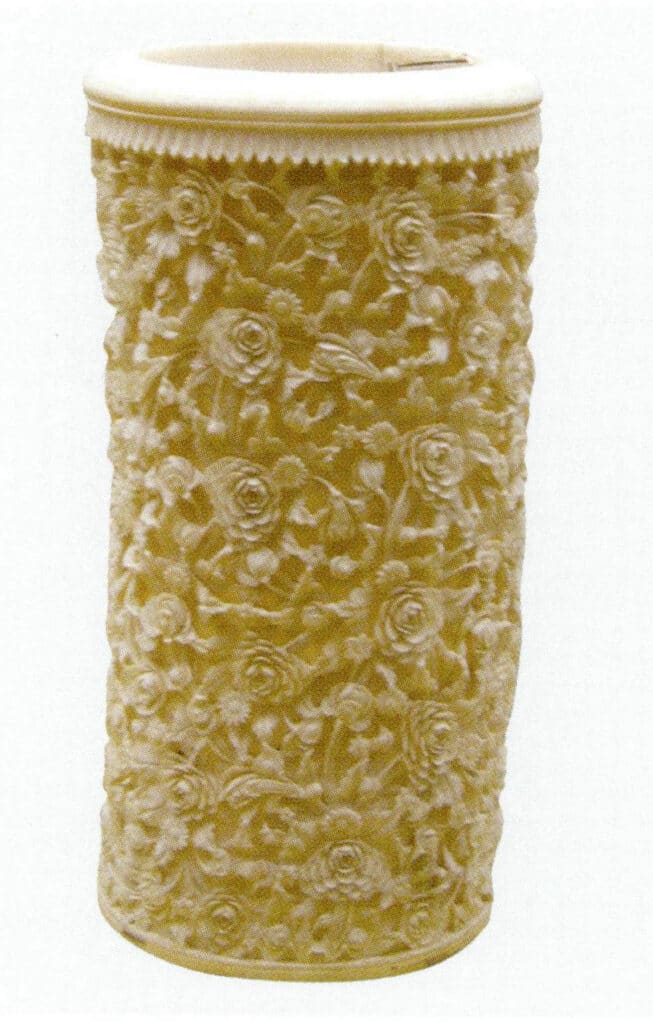
Figure 4-1-12 Ivory artifacts from the ancient court (II)
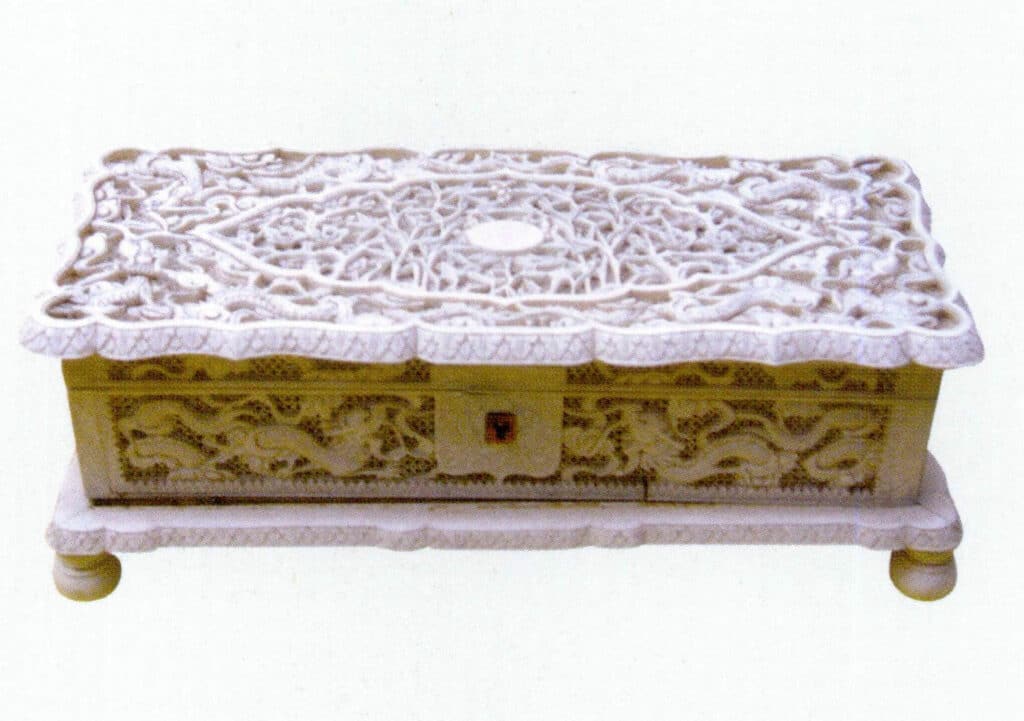
Figure 4-1-13 Ivory artifacts from the ancient court (III)
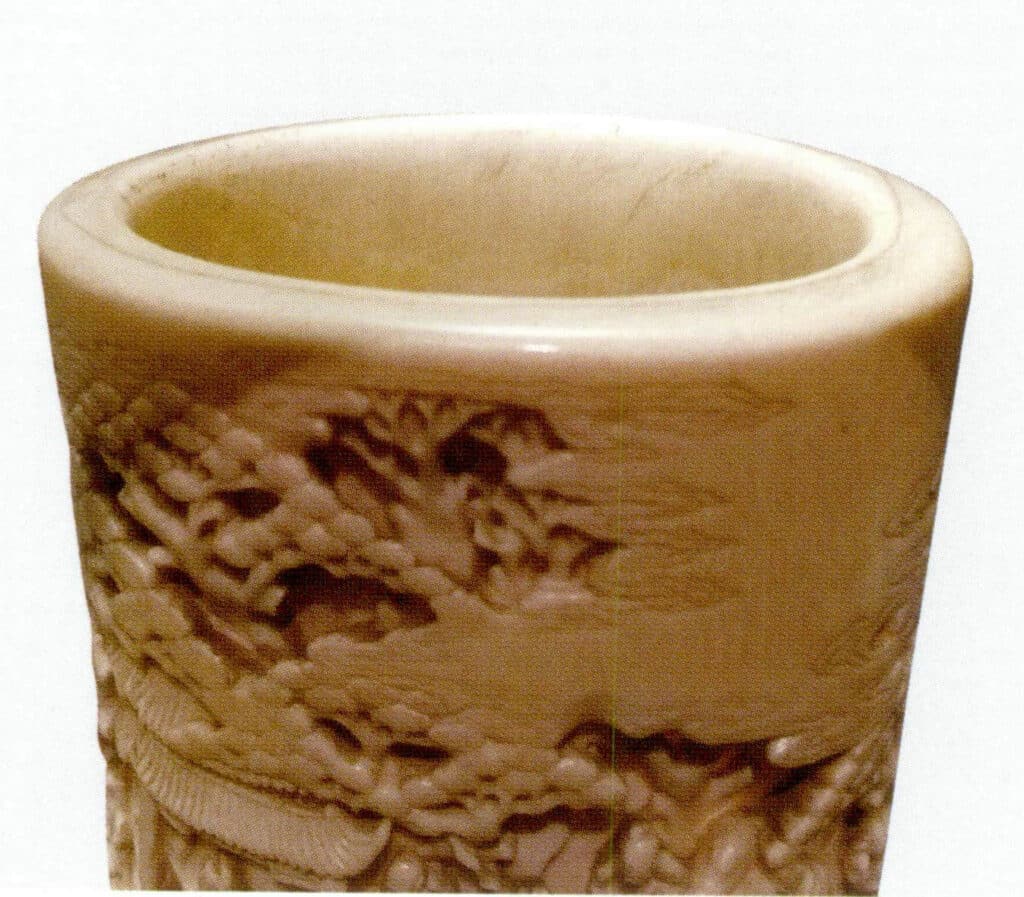
Figure 4-1-14 Ivory artifacts from the ancient court (IV)

Figure 4-1-15 Ivory artifacts from the ancient court (V)
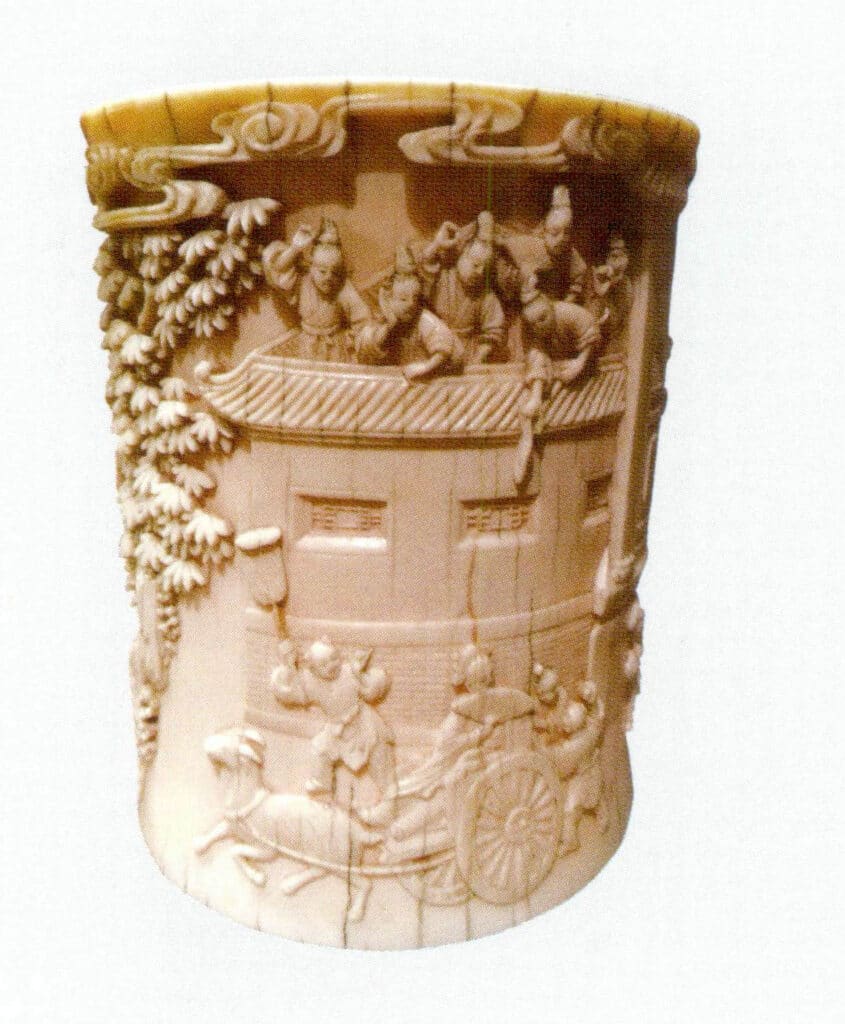
Figure 4-1-16 Ivory artifacts from the ancient court (VI)

Figure 4-1-17 Ivory artifacts from the ancient court (VII)
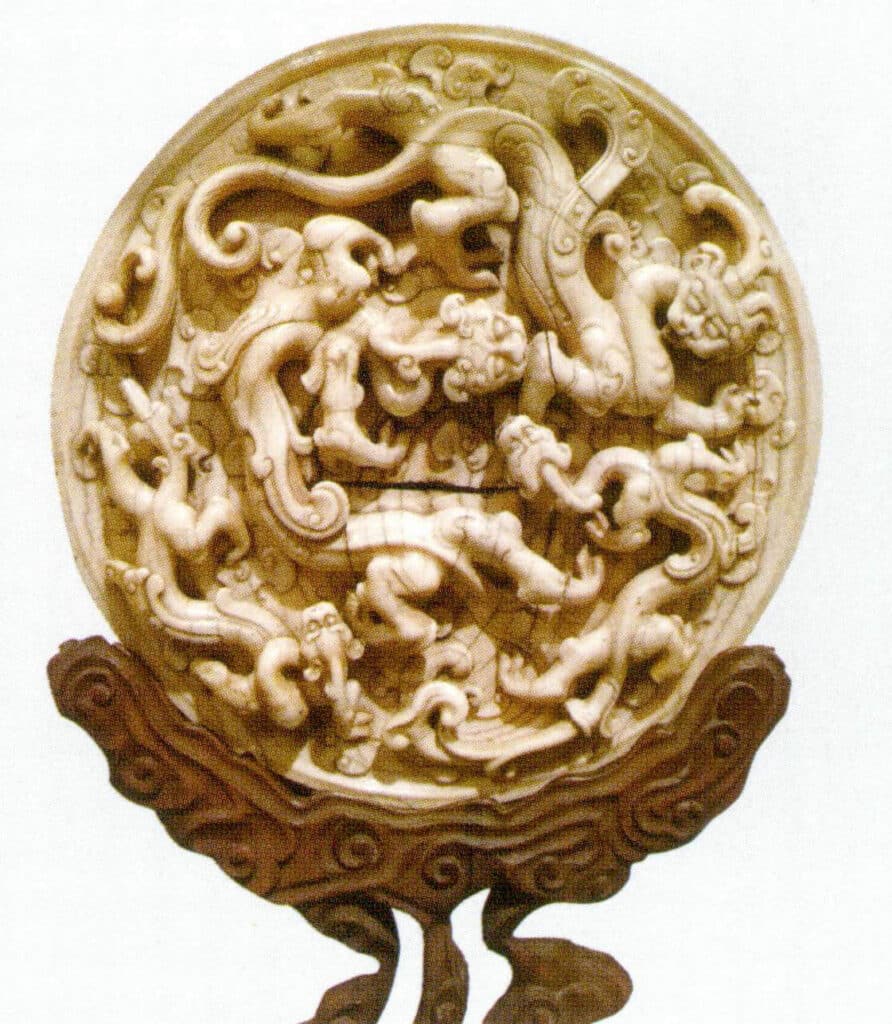
Figure 4-1-18 Ivory artifacts from the ancient court(VIII)
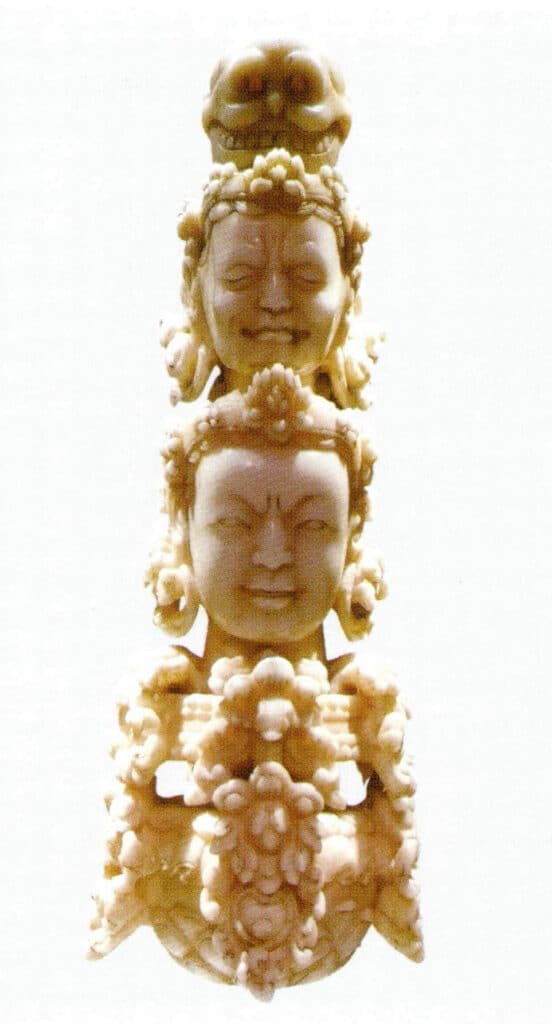
Figure 4-1-19 Ivory artifacts from the ancient court (IX)
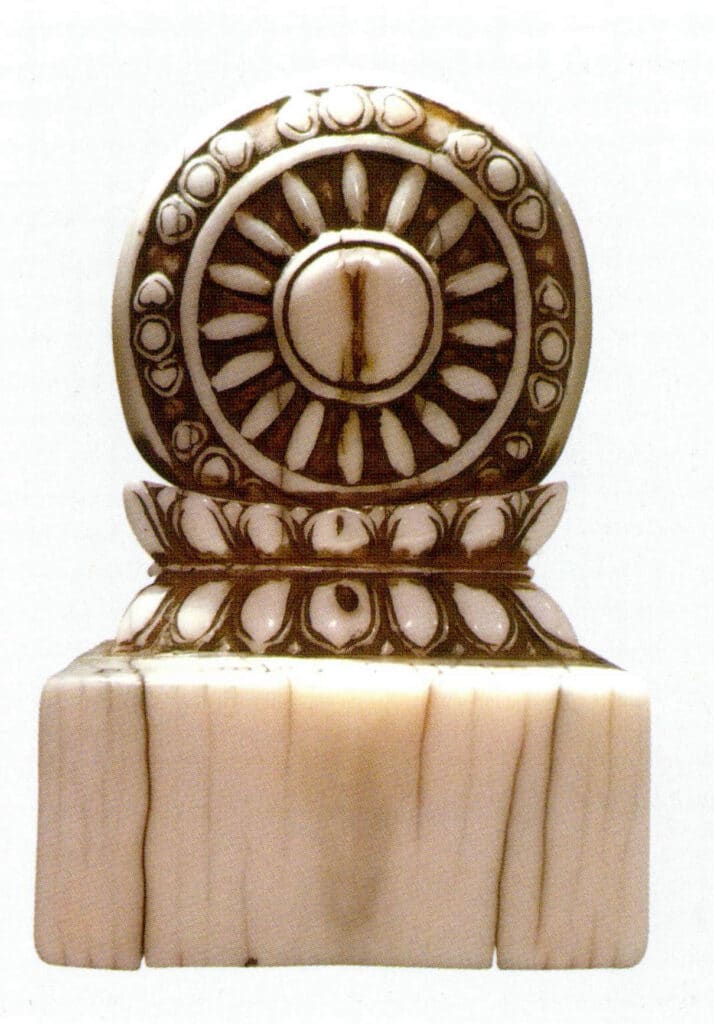
Figure 4-1-20 Ivory artifacts from the ancient court (X)
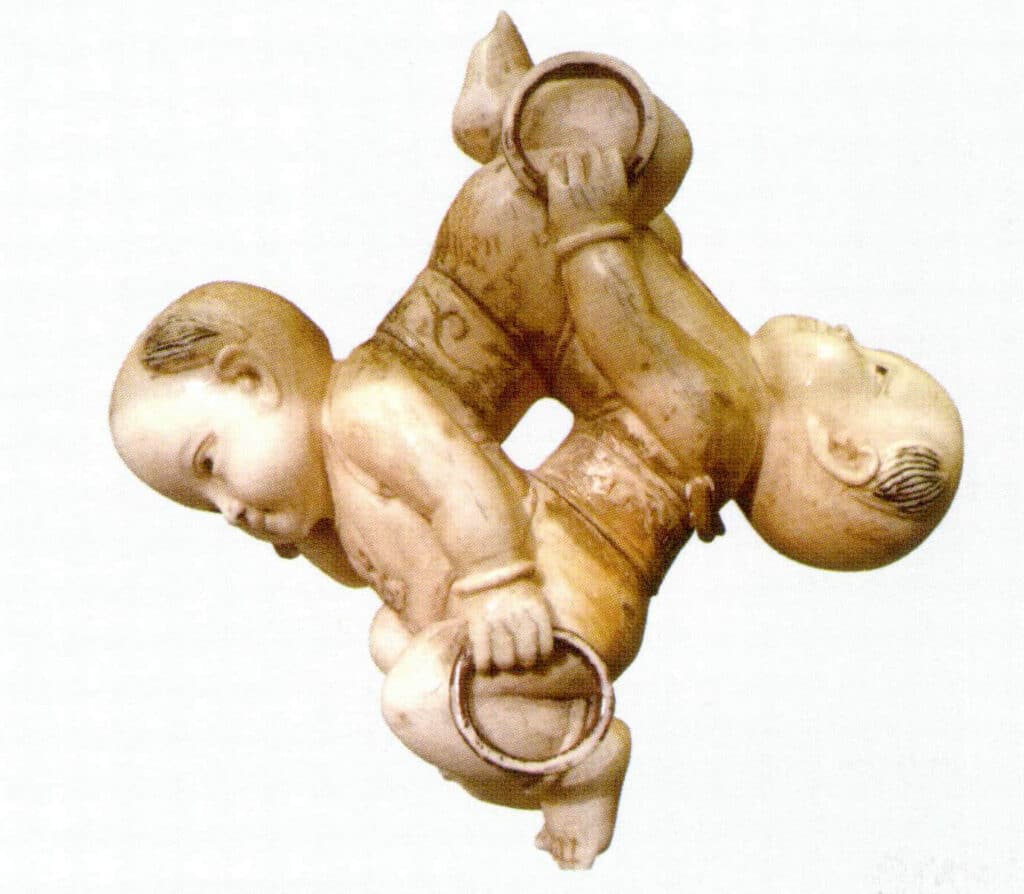
Figure 4-1-21 Ivory artifacts from the ancient court (XI)

Figure 4-1-22 Ivory artifacts from the ancient court (XII)
For many years, ivory has been used for gemstone decoration or as display crafts. However, many elephants are hunted for ivory today, leading to strict restrictions and prohibitions on ivory trade, such as the Washington Convention (Convention on International Trade in Endangered Species of Wild Fauna and Flora). Nowadays, to protect elephants, the ivory trade is boycotted and prohibited internationally.
2. Cauze
vory mainly refers to the tusks of elephants, which are modified incisors. The length of ivory can be much greater than 1m, and it is crescent-shaped, with conical holes extending from the base towards the top at about 1/3 of the tusk length.
The teeth and tusks of mammals are made of the same material. Teeth are used for chewing, while tusks are teeth extending beyond the lips; they evolved from teeth and serve as defensive weapons. The structure of mammalian teeth is fundamentally similar. The structure of teeth and tusks is the same, consisting of the inside out of the pulp, pulp cavity, dentin, and either cementum or enamel. Very small canals inside the dentin radiate outward from the pulp cavity to the cementum. The canal structures in the teeth of different animals vary, with diameters of 0.8-2.2µm being different; the three-dimensional structure of the micro-channels also differs.
3. Caracteristici gemologice
3.1 Basic Characteristics
The basic characteristics of ivory are shown in Table 4-3-1.
Table 4-3-1 Basic Characteristics of Ivory
| Principalele minerale constituente | Calcium Antelope Phosphate | |
|---|---|---|
| Compoziție chimică | The main components are calcium phosphate, collagen, and elastin. Mammoth ivory partially to completely petrified, except calcium phosphate, collagen and elastin, may have | |
| Stare cristalină | Cryptocrystalline heterogeneous aggregate | |
| Structura | Concentric Layered Growth Structure | |
| Caracteristici optice | Culoare | White to light yellow, pale yellow |
| Lustru | Greasy luster to frog-like luster | |
| Transparență | Translucent to opaque | |
| Ultraviolet agricultural light | Exhibits weak to strong blue-white fluorescence or purple-blue fluorescence under ultraviolet light | |
| Caracteristici mecanice | Duritatea Mohs | 2 ~ 3 |
| Rezistență | Înaltă | |
| Densitate relativă | 1.70 ~ 2.00 | |
| Caracteristici de suprafață | The ivory longitudinal surface has a wavy structural pattern, and the cross-section shows an engine texture effect | |
| Faceted | Bracelets, beads, curved surfaces, carvings | |
3.2 Structure
Most types of ivory are white to light yellow, semi-transparent to opaque, and greasy to waxy luster. In terms of composition, ivory consists of enamel, dentin, pulp cavity, and pulp from outside.
With the naked eye and under microscopic observation, the cross-section of ivory shows a concentric layered structure, generally divided into four layers from the outside—concentric striated layer, coarse reticulated layer, fine reticulated layer, and fine concentric striated layer or cavities, see figures 4-3-1 and 4-3-4.
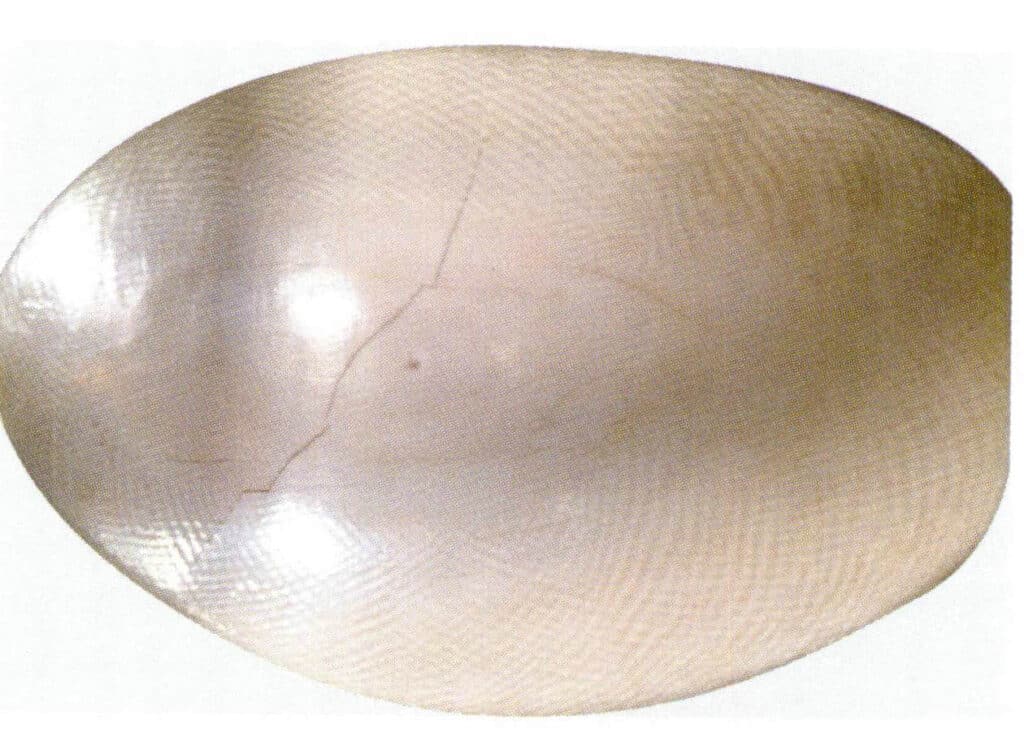
Figure 4-3-1 Structure of Ivory (1)
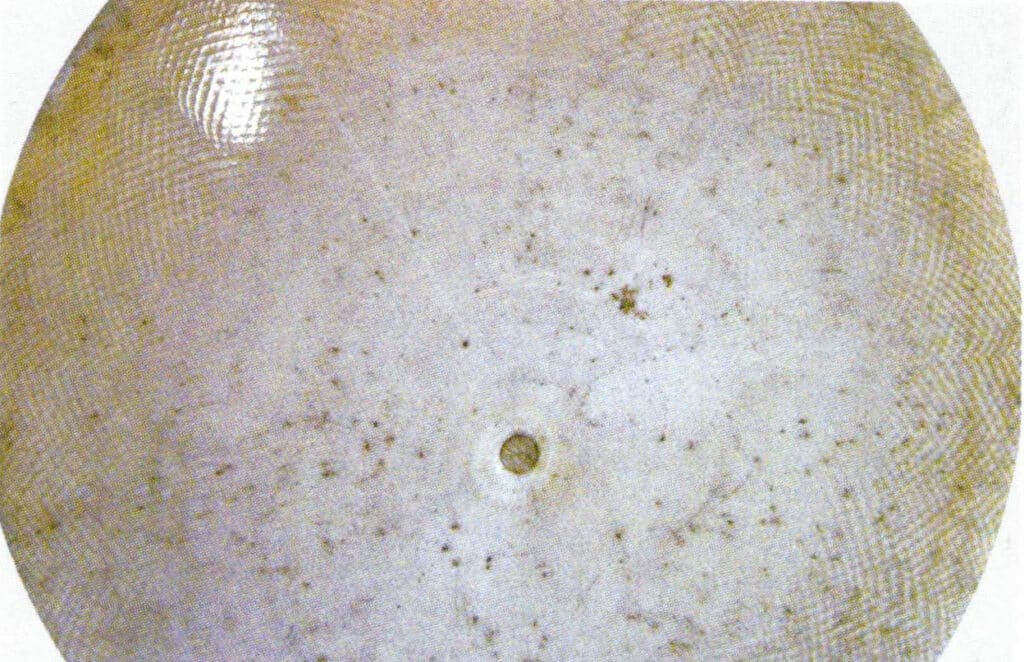
Figure 4-3-2 Structure of Ivory (2)
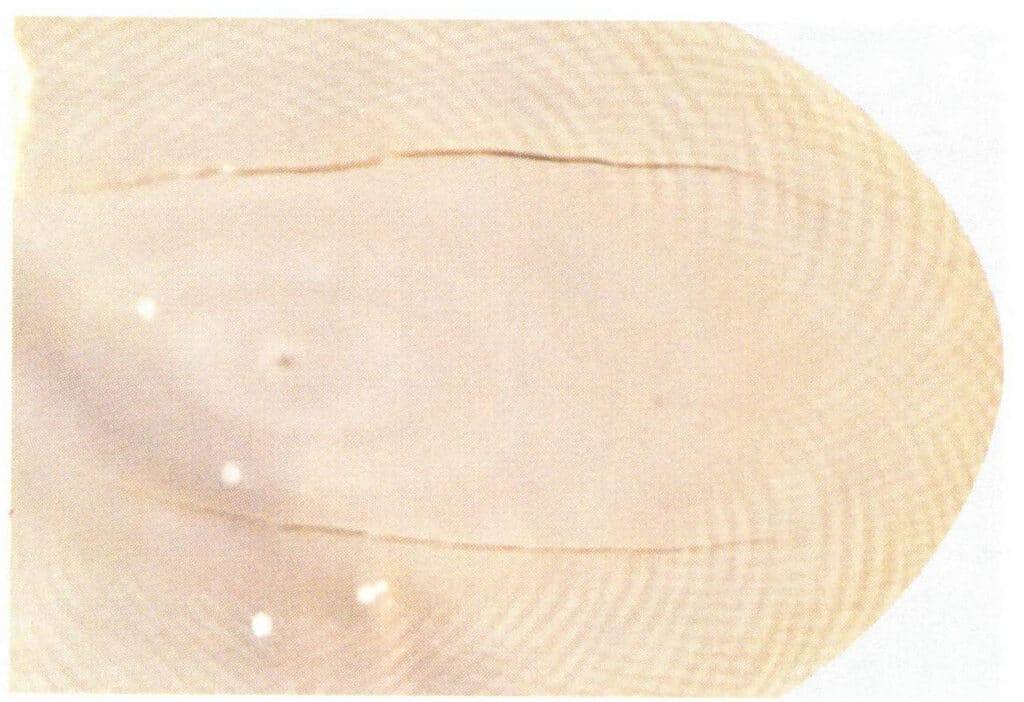
Figure 4-3-3 Structure of ivory (3)
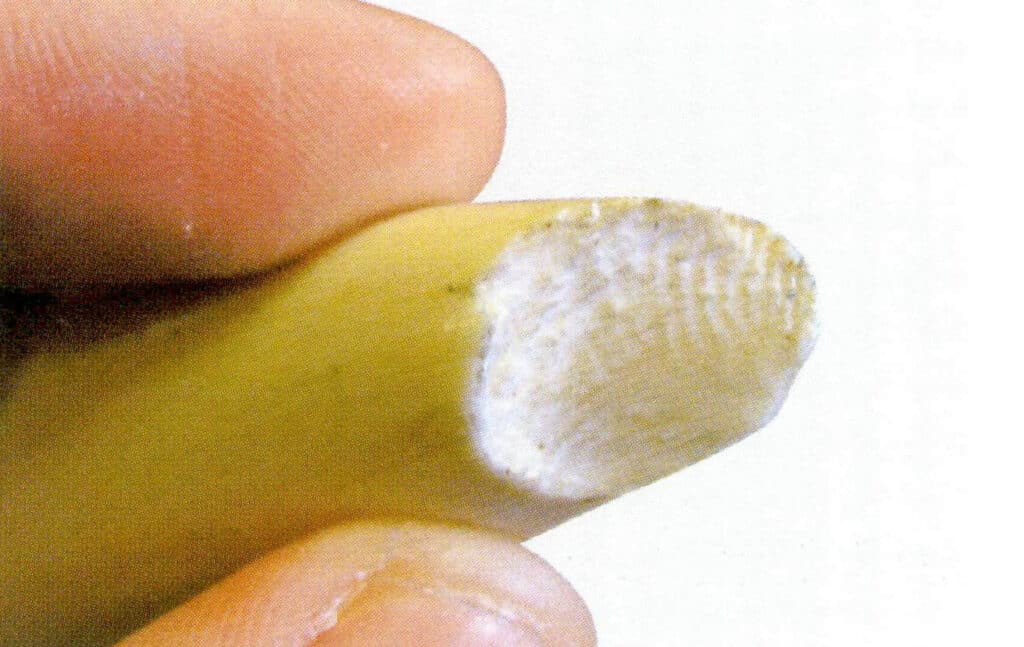
Figure 4-3-4 Structure of Ivory (4)
The inner layer of ivory dentin consists of many fine tubes made of hard proteins radiating outward from the dental pulp. These tubes form a cross-hatched texture known as Retzius lines, also called rotary engine lines or growth lines. This cross-bending structural pattern is diagnostic for identifying ivory and its products.
In addition, the longitudinal section of ivory shows wavy, nearly parallel stripe patterns, and the curvature of the long tusk can be observed in large items made from a single long tusk. Besides Retzius lines, concentric layered structures and wavy parallel stripes can also coexist in the same ivory products. The identification characteristics of ivory are shown in Figures 4-3-5 to 4-3-12.
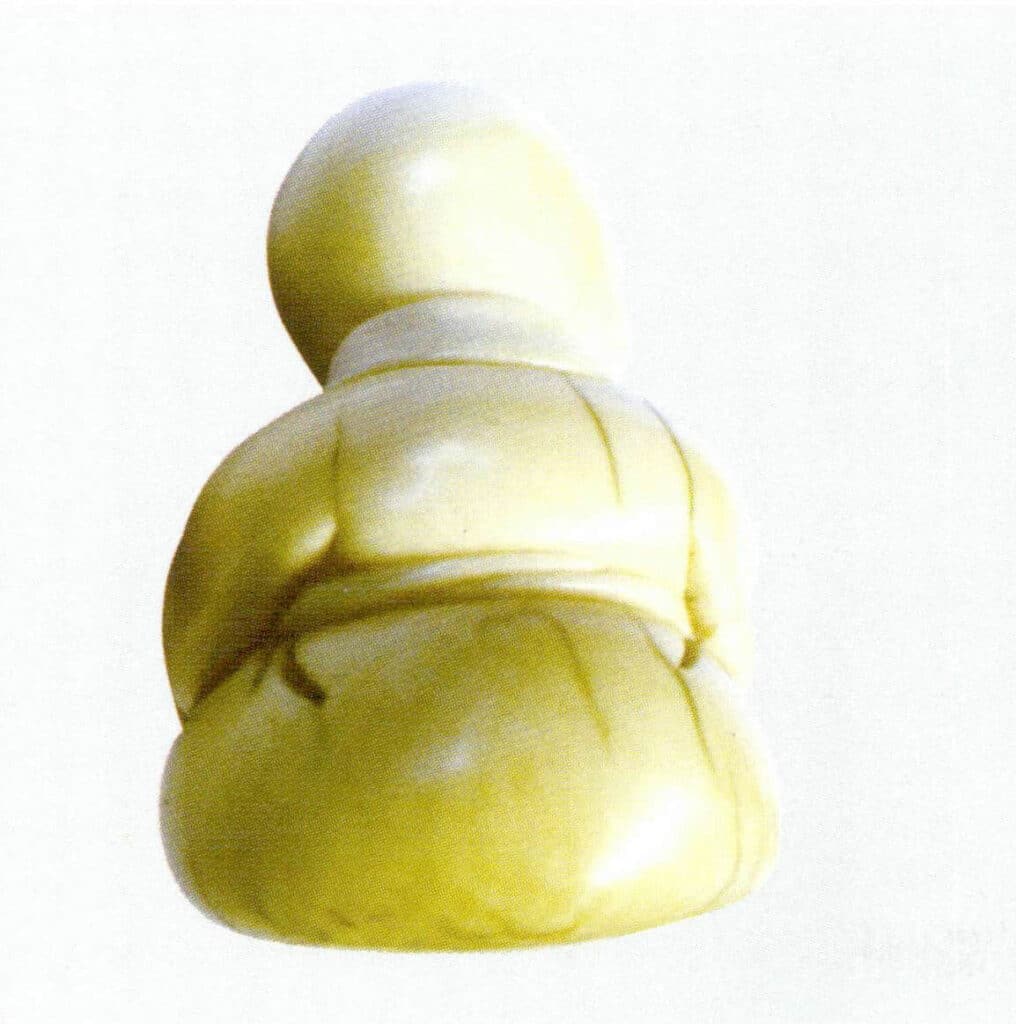
Figure 4-3-5 Rotating Engine Pattern of Ivory
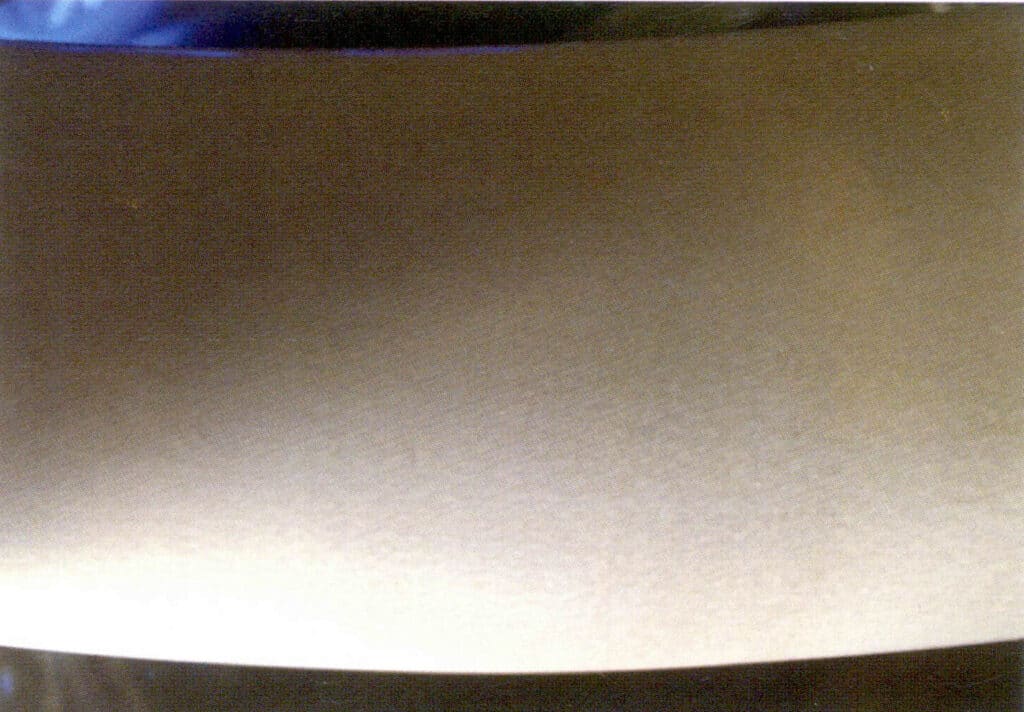
Figure 4-3-6 Wavy Parallel Stripes on the Longitudinal Surface of Ivory

Figure 4-3-7 Ivory Products (1)
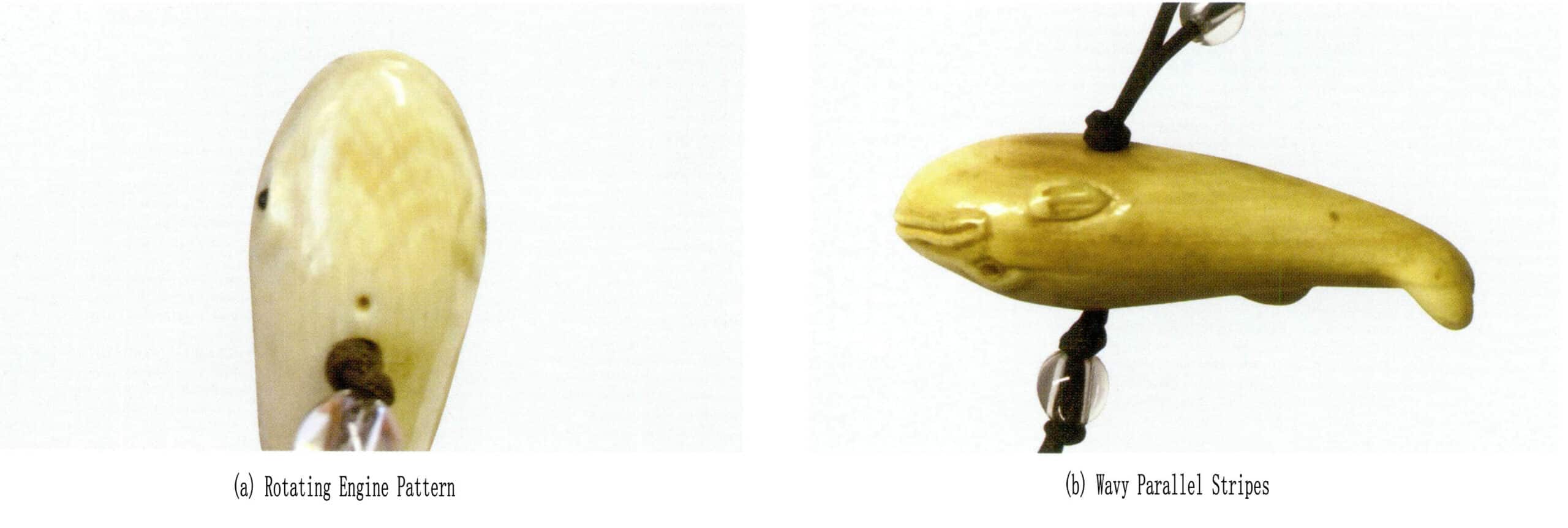
Figure 4-3-8 Ivory products (2)
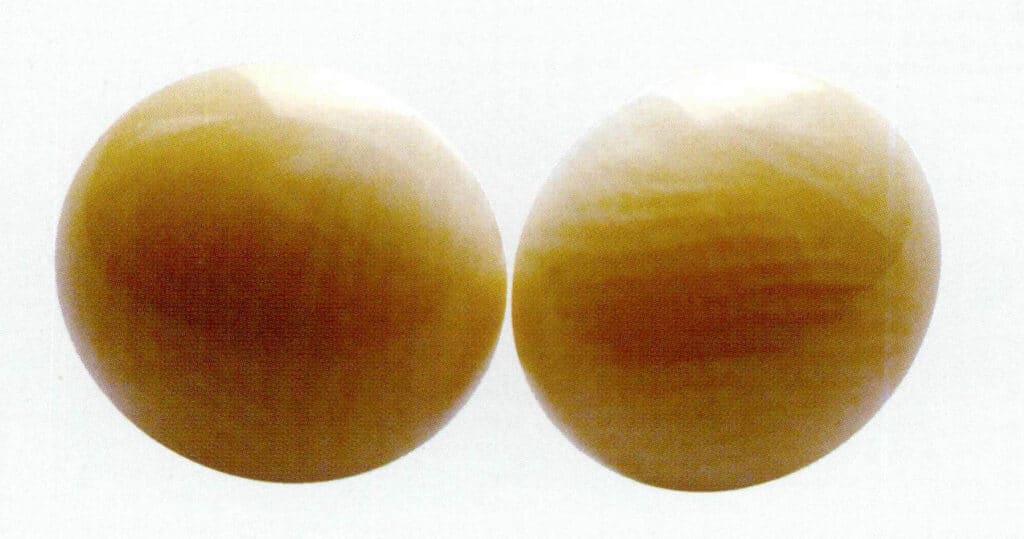
Figure 4-3-9 Rotary engine grain and concentric laminations in ivory (1)
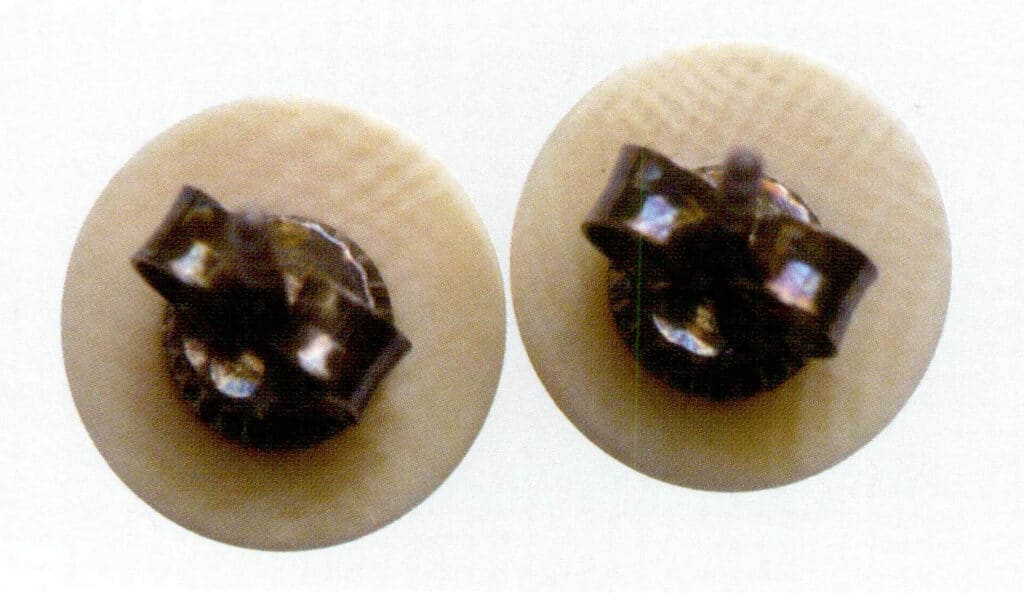
Figure 4-3-10 Rotary engine grain and concentric laminations of ivory (2)
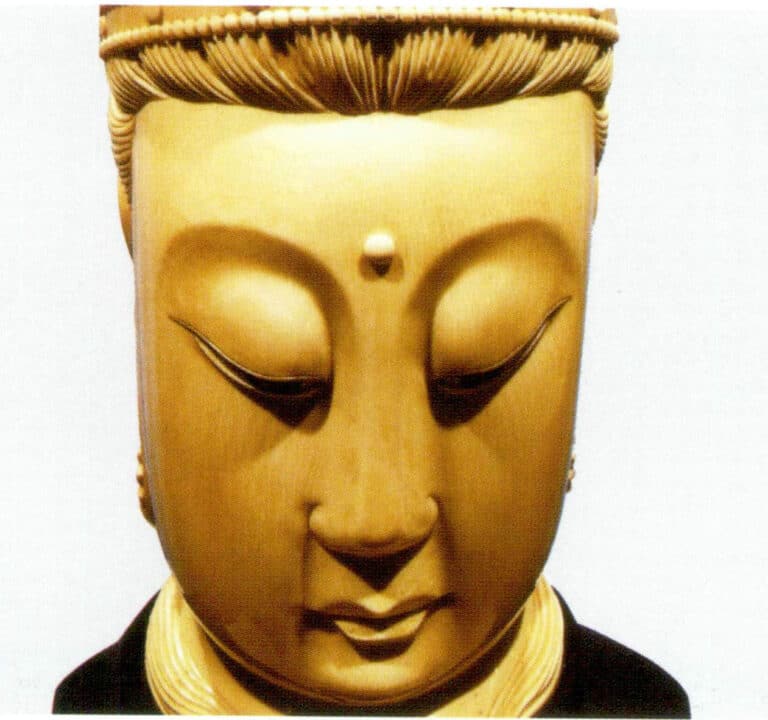
Figure 4-3-11 Rotary engine grain and corrugated parallelism of ivory (3)
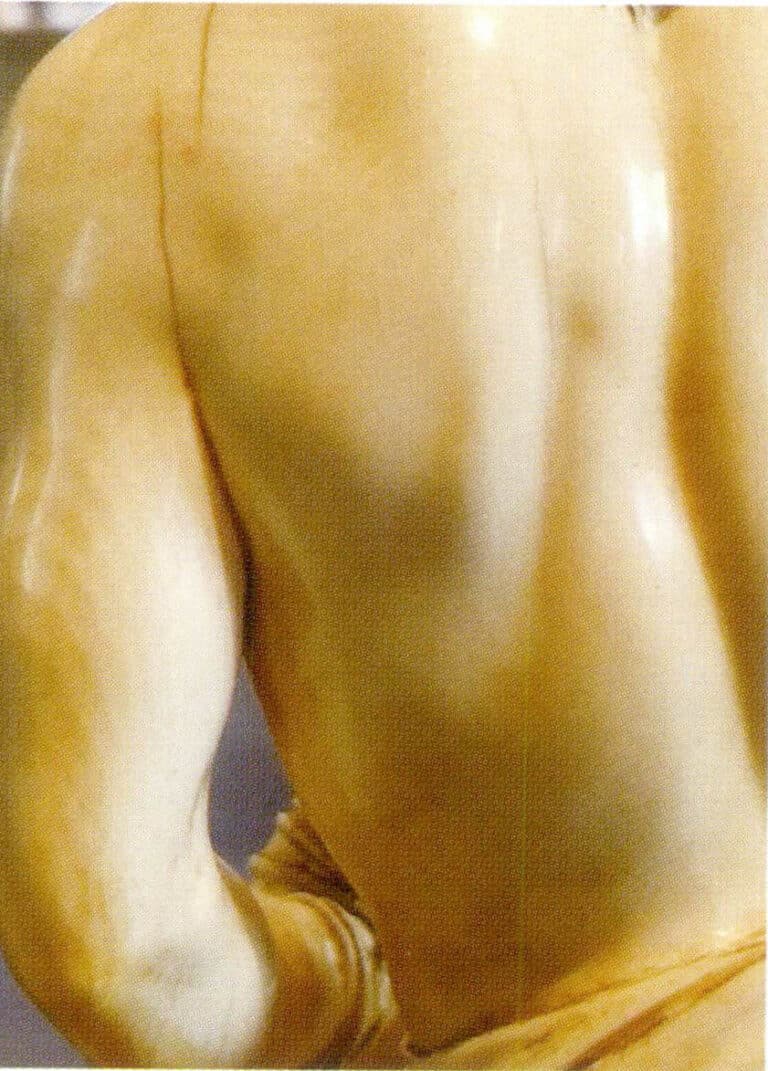
Figure 4-3-12 Rotary engine grain and corrugated parallelism of ivory (4)
4. Clasificare
4.1 African Ivory
The African elephant is the largest land mammal currently in existence, slightly larger than the Asian elephant. It can be distinguished from the Asian elephant by its ears, which are as large as a fan.
The African elephant is the largest living member of the elephant family, so its tusks are also relatively large, and both male and female elephants have long tusks. Their quality varies slightly depending on the region of origin.
The angle between the two sets of textures pointing toward the heart of the African elephant tusk can be > 120°, with the average angle from the outer layer to the inner layer being(103.6±1.35) °.
African elephants and ivory are seen in Figures 4-4-1 to 4-4-4.

Figure 4-4-1 African Elephant (1)
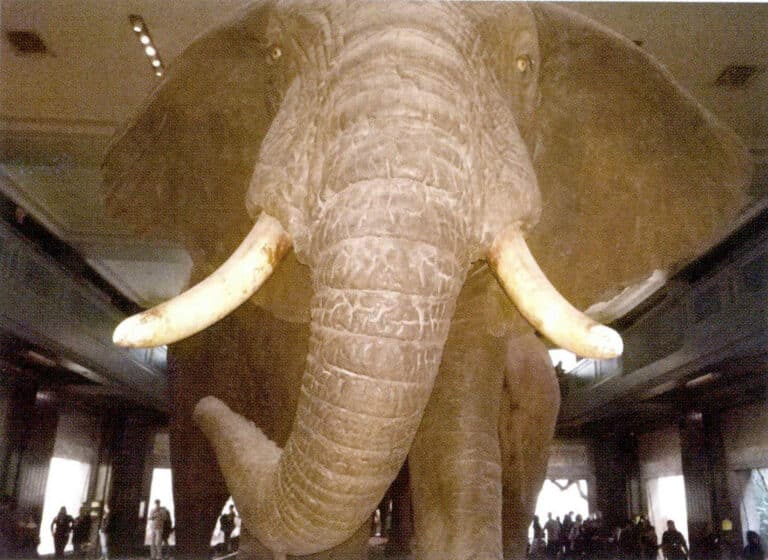
Figure 4-4-2 African Elephant (2)
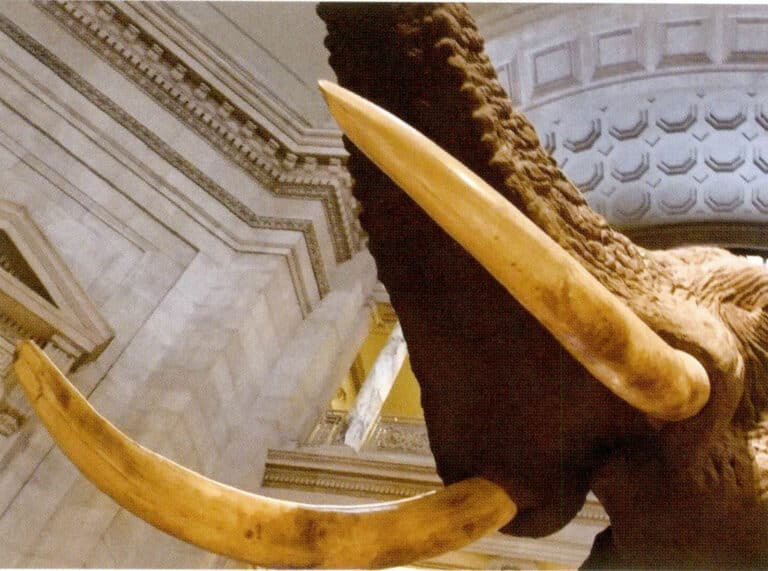
Figure 4-4-3 Ivory (3)

Figure 4-4-4 Ivory (4)
4.2 Asian Ivory
Asian ivory is produced by Asian elephants in India, Sri Lanka, and Southeast Asia. Asian elephants are smaller than African elephants, and female Asian elephants do not have tusks; only male Asian elephants have tusks. The tusks are generally smaller, with the largest reaching 1.5 to 1.8 meters. Generally, it appears as a relatively dense white, is softer to process, and tends to turn yellow easily.
The angle of the two groups of textures pointing to the heart of Asian ivory < 120°, with an average value of (91.1±0.70) °.
4.3 Mammoth Ivory
Mammoth ivory is the tusk of Mammuthus primigenius . Unlike the trade in elephant ivory, which is resisted and banned, the trade in mammoth ivory is considered legal.
Mammuthus primigenius, also known as the woolly mammoth, belongs to the class of ancient vertebrate mammals and is adapted to cold climates, as seen in Figures 4-4-5 and 4-4-6. It was once one of the largest elephants in the world and one of the largest mammals to have ever lived on land, with the grassland mammoth weighing up to 12 tons, making it one of the large prehistoric animals that lived and reproduced on land since life began on Earth. It first appeared in East and South Africa about 5 million years ago and later spread to the continents of Eurasia and America.
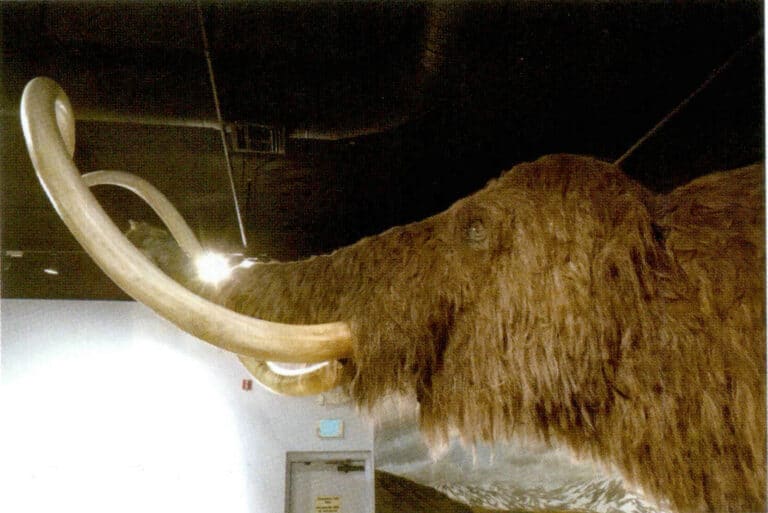
Figure 4-4-5 Mammuthus primigenius(1)

Figure 4-4-6 Mammuthus primigenius(2)
Mammuthus primigenius once lived in the tundra regions of northern Eurasia and northern North America during the late Pleistocene. The mammoth ivory that exists today is mostly in a semi-fossilized state. Currently, most mammoth ivory products on the market come from the permafrost layers in northern Siberia, and mammoth ivory has also been found in regions such as Northeast China.
Only a small portion of the mammoth ivory discovered so far can be used for carving, while other parts that have already calcified or petrified are difficult to carve. Mammoths went extinct 3700-4000 years ago, and since they lived in places like Siberia and Alaska, most of their tusks are preserved in the permafrost layers of Siberia and Alaska. The former is mainly found in the Lena River and other river basins flowing into the Arctic Ocean; the latter was once found in the Yukon River basin in Alaska.
Mammoth ivory has a concentric layered structure, generally divided into four layers from the outside to the inside: the concentric layer, formed by the interweaving of collagen fiber bundles or silk-like bodies with hydroxyapatite; the coarse reticular layer (dentin), formed by alternating layers of collagen fibers and hydroxyapatite, with micro-growth canals developing at an angle of < 95° towards the center of the tusk, and a relatively loose structure; the fine reticular layer (transitional layer); and the fine concentric layer or cavity (pulp cavity). Characteristics of mammoth ivory are shown in Figures 4-4-7 to 4-4-14
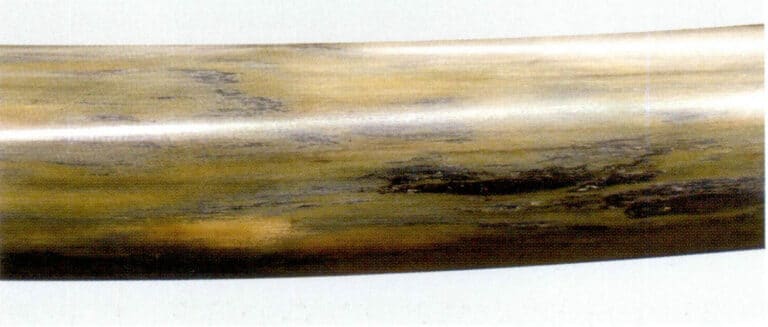
Figure 4-4-7 Mammoth Ivory
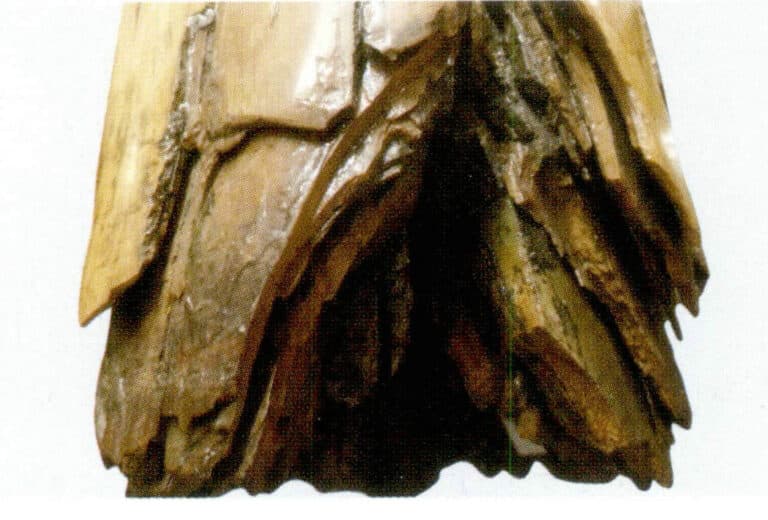
Figure 4-4-8 Concentric ring structure of mammoth ivory cross-section (1)
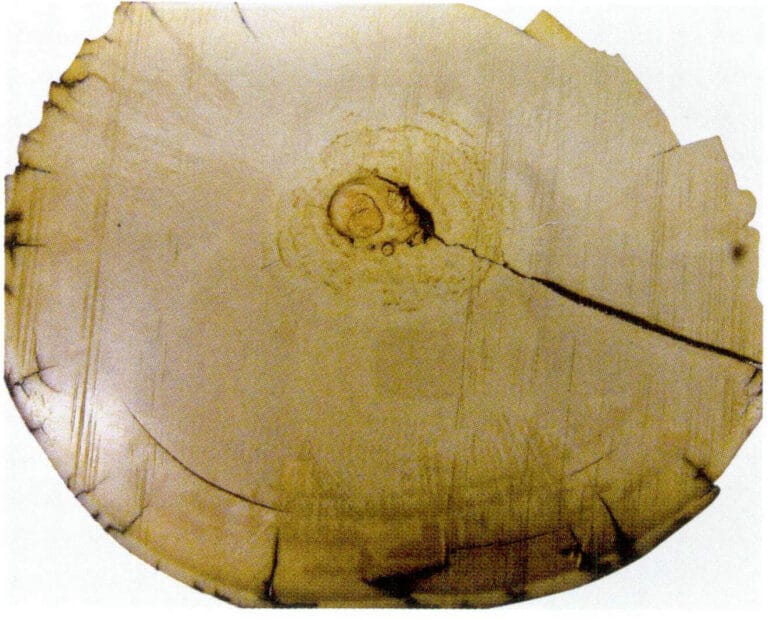
Figure 4-4-9 Concentric ring structure of mammoth ivory cross-section (2)
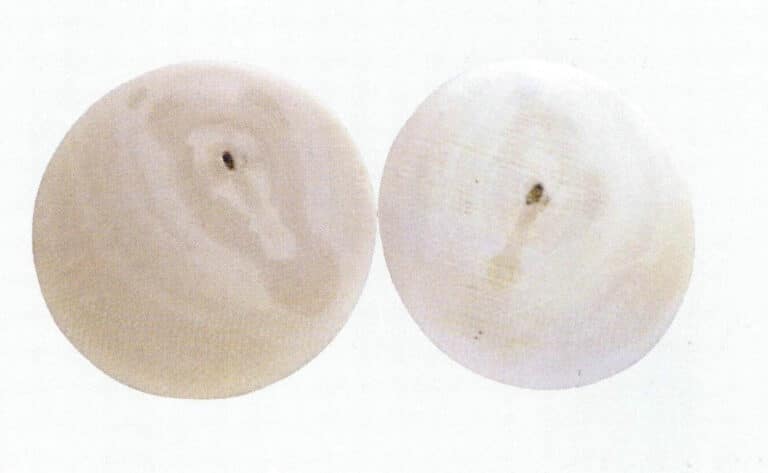
Figure 4-4-10 Concentric ring structure of mammoth ivory cross-section ( 2I)
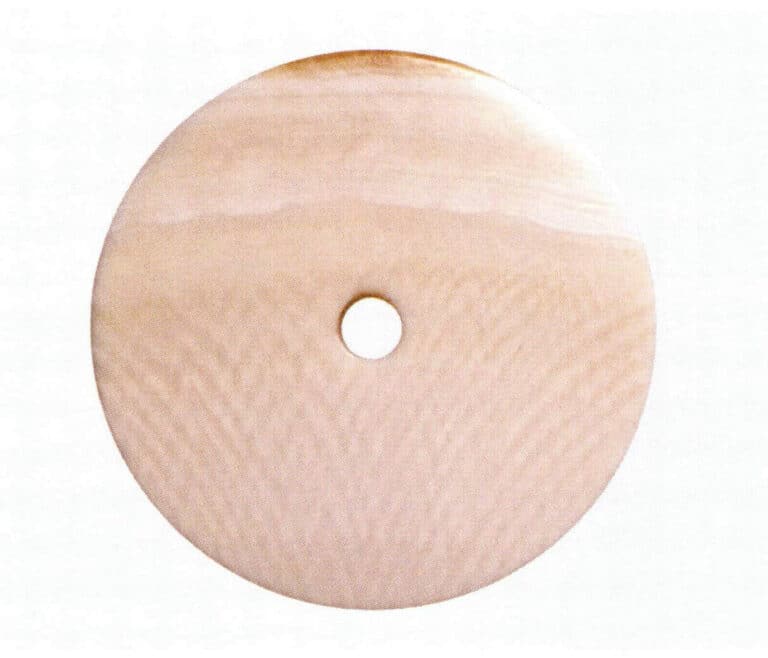
Figure 4-4-11 Concentric growth layers and coarse, fine reticulate layers of mammoth tusk ( One )

Figure 4-4-12 Concentric layers of mammoth tusk and coarse, fine reticulate layers (2)
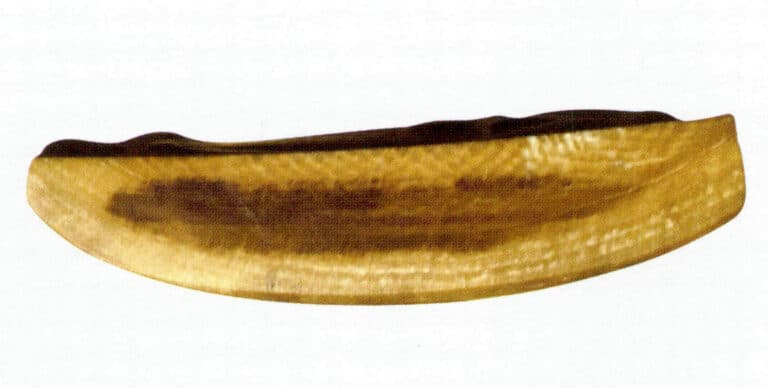
Figure 4-4-13 Concentric growth layers and reticulate layers of mammoth tusk
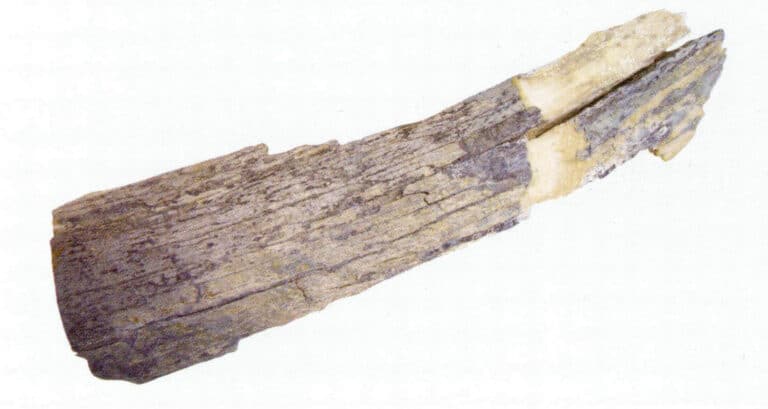
Figure 4-4-14 Loose structure and outer skin of mammoth tusk
5. Identificare
The identification of ivory mainly refers to the distinction between elephant ivory and mammoth ivory, dyed ivory, and naturally colored ivory, as well as ivory and imitations.
5.1 Elephant ivory and mammoth ivory
The body of the mammoth is larger than that of modern elephants, and its tusks are not only longer than those of contemporary elephants (i.e., African and Asian elephants), but the two types of tusks also have significant differences in shape: mammoth tusks are spirally curved, and mammoths have long, spirally curved tusks. Ivory and mammoth ivory fossils are seen in Figures 4-5-1 and 4-5-2.

Figure 4-5-1 Ivory
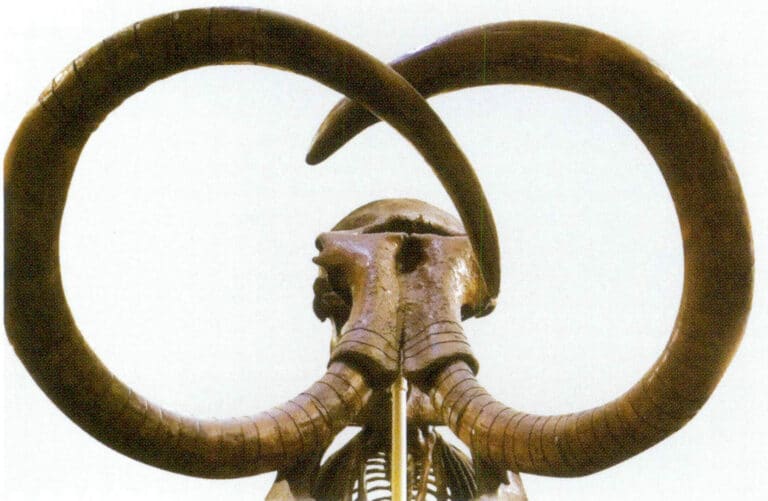
Figure 4-5-2 Fossilized Mammoth Ivory
(1) Basic properties of gemology
Mammoth tusks are brown and rough due to petrification underground; modern elephant tusks are crescent-shaped, with a surface that is milky white to beige and fine in texture. Due to the differences in the external shape of the tusks, it is relatively easy to identify the original tusks.
Ivory is composed of fibrous material, tightly bonded, making it fine and moist in texture with high toughness; mammoth ivory is made up of irregular plate-like material, more loosely bonded, resulting in a drier texture and lower toughness.
High-quality mammoth fossil ivory and contemporary ivory have no significant differences in color, luster, and texture. It is generally believed that the maximum angle between the two sets of lines pointing to the ivory core is > 120 °for elephant ivory, and < 95° for mammoth ivory, which is a clear distinction between the two. However, this method is affected by factors such as the position of the sample within the ivory and the cutting angle. The angle of the Lutz lines in the same ivory varies from the inner layer to the outer layer, with the outer layer’s angle usually being larger than that of the inner layer; the angle of mammoth ivory lines is smaller than that of ivory, regardless of whether it is African or Asian ivory, while the angles of the outer layers of ivory overlap with those of the inner and middle layers of mammoth ivory. The basic gemological characteristics of ivory and mammoth ivory are shown in Table 4-5-1.
Table 4-5-1 Basic gemological characteristics of ivory and mammoth ivory
| Caracteristici | Fildeș | Mammoth ivory | |
|---|---|---|---|
| Era of Survival | Contemporary | Late Quaternary, extinct | |
| Aspect | Crescent-shaped | Spiral curved shape | |
| Surface color | Milky white to beige | The skin can form blue, green, brown, and other colors due to staining by iron and copper ions | |
| Internal color | Milky white | Brownish-white, milky white | |
| Lustru | Oily luster | Lustru ceros | |
| Texture | Fine and moist | Relatively dry and rough, with slight cracks; the surface may have a weathered layer | |
| Rezistență | Înaltă | Low | |
| Cross-¬section from outside to inside | Layer I (Coarse concentric lamination) | Dense or concentric circular; relatively thin thickness | Concentric circular; relatively thick thickness |
| Layer II (Coarse Lutz laminae) | The Angle of the texture line is large, up to about 124°; Point to The average Angle between the two groups of tooth core texture is› 110°; The Angle decreases from root to tip | The incline Angle of the two groups of textures towards the tooth center is < 95°, and the incline Angle decreases from the root to the tip of the tooth. Relatively loose structure | |
| Layer III (Schellerz laminae) | The average Angle of the two groups of textures pointing to the tooth center is < 90°, and the linear distance is about 0.1-0.5mm | The angle of the two sets of textures pointing to the dental center < 90° | |
| Layer IV (Fine concentric lamination) | Contains cavity (pulp cavity); Dense or cavernous | Contains cavity (pulp cavity); Dense or cavernous | |
| Longitudinal section | Microwave-like texture with nearly parallel and intermittent distribution | Microwave-like texture is not very obvious | |
| Ultraviolet light | Can present weak to strong bluish-white or purplish-blue luster | Often lazy | |
(2) Infrared Spectral Characteristics
The main components of ivory and mammoth ivory are the same, primarily hydroxyapatite and collagen, and their infrared spectral vibration bands are the same. Infrared spectral testing has certain limitations in identifying ivory and mammoth ivory.
The main absorption peaks of ivory and mammoth ivory are within 1000-3500 cm-1 . The in-plane bending vibration of N—H and the stretching vibration of C—N infrared composite band are located near 1240 cm-1 (amide III band); the in-plane bending vibration of N —H in amide and the stretching vibration of C—N (amide II band) infrared vibration band are located near 1560 cm-1 ; the stretching vibration of C—O (amide I band) infrared vibration band is located near 1660 cm-1; The [PO4] 3- antisymmetric stretching vibration band of calcium hydroxy phosphate is located at 1120-1030cm-1. The vibrations of the amino and hydroxyl groups in collagen are located at 3400 cm-1.
The mammoth ivory is highly petrified, and the intensity of the vibration bands corresponding to collagen decreases. The petrification process can easily destroy the amide bonds in the collagen of buried mammoth ivory. As the petrification process intensifies, the intensity of the IR absorption bands characteristic of collagen in mammoth ivory decreases or disappears. In the cross¬-section from the outer layer to the center of the tooth, the intensity of the absorption bands caused by C—O stretching vibration (amide I band), C—H stretching vibration (amide II band), and C—N stretching vibration with the in-plane bending vibration of N-H(amide III band) decreases. See Table 4-5-2.
Table 4-5-2 Infrared Spectra of Ivory and Mammoth Ivory
| Characteristic vibration spectral band /cm-1 | Vibration mode |
|---|---|
| 1660 | C-O stretching vibration (Amide I band) |
| 1560 | C-H stretching vibration and N-H in-plane bending vibration (Amide II band) |
| 1240 | C-N stretching vibration and N-H in-plane bending vibration (Amide III band) |
| 1456 | C-H bending vibration |
| 1030 ~ 1120 | [PO4]3- antisymmetric stretching vibration |
(3) Fluorescence Spectral Characteristics
The conformational differences and subtle changes of amino acids in collagen, such as the mass fraction of amino acids or the differences in their microenvironments (referring to other organic, inorganic groups or ions around the amino acid residues), are reflected in the fluorescence spectrum. That is, the different structures of the peptide chains (the differences in amino acid sequences) will also be reflected in the fluorescence spectrum; when the amino acid sequences of the peptide chains are the same, the properties are also affected by the different microenvironments of their residues, which are similarly represented in the fluorescence spectrum.
Due to fossilization, Tryptophan and tyrosine in mammoth ivory undergo certain changes, which are significantly different from those in ivory in terms of mass fraction and microenvironment. Due to the effects of fossilization, the collagen components in mammoth ivory are damaged. Collagen is an important organic matter component in ivory and mammoth tusks, consisting of three polypeptide chains, each with its own typical amino acid sequence. The amino acids that can emit fluorescence under excitation light in proteins are tryptophan, tyrosine, and phenylalanine. Due to the differences in their side chain chromophores, the fluorescence excitation spectra and emission spectra also differ.
In mammoth ivory, the mass fractions of tyrosine and tryptophan within the amino acids are reduced compared to ivory due to fossilization. The peak light of ivory is 307 nm, and the peak fluorescence of mammoth is 315 nm, and the fluorescence intensity of ivory is high.
5.2 Optimization Treatment
Bleaching and waxing of ivory belong to optimization and are not easily detectable.
Dyed ivory products are occasionally seen, with colors concentrated along structural patterns or showing color spots. See figure 4-5-3 and 4-5-4.
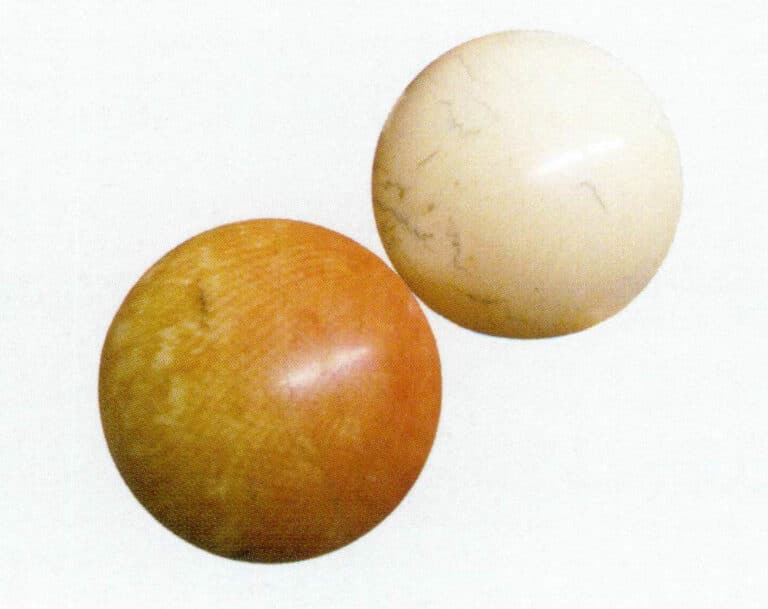
Figure 4-5-3 Dyed and natural colored ivory
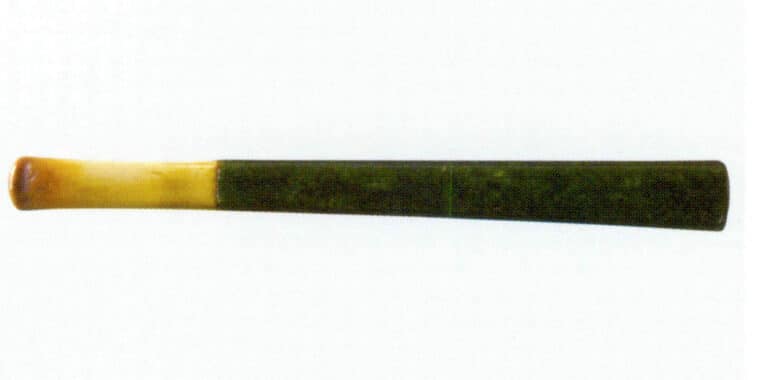
Figure 4-5-4 Dyed ivory
5.3 Imitations
Common imitations of ivory include tusks from other mammals, bones, vegetable ivory, and plastic.
Tusks are very strong, continuously growing teeth that develop from some mammals’ upper or lower jaw bones. These teeth extend far beyond the jaws of these animals. Some animals have tusks that are incisors, while others have canines. Ivory is one of these, so the teeth of other animals can easily resemble ivory in appearance. However, the canal structures in the teeth of different animals vary, and the three-dimensional structure of the microtubules is also different. Additionally, there are significant differences in the size of the teeth.
Imitations do not possess the unique spiral engine patterns of ivory, which is key to distinguishing ivory from its imitations. The characteristics of the main limitations of ivory are shown in Table 4-5-3.
Table 4-5-3 Characteristics of the main limitations of ivory
| Main imitations | Caracteristici |
|---|---|
| Tusks of other animals | Concentric layered structure; the center often has holes or cavities; the dentin is relatively rough |
| Oase | Very similar to teeth in appearance and physical properties; contains many small tubes, appearing as small holes in cross-section and line-like in longitudinal section |
| Plant ivory | The cross-section shows blurred concentric lines, while the longitudinal section displays parallel line patterns; observed under transmitted or reflected light, it presents a dotted or hole-like pattern. |
| Plastic | Can display wavy nearly parallel stripe patterns; the stripe appearance is regular; completely without "rotating warning" patterns. |
(1) Narwhal tusk
The narwhal, also known as the ice, one-horned, or horned whale, is characterized by its long tusk that grows from the upper jaw, which can reach up to 2 meters, leading to its mistaken identity as a horn. A tusk may emerge from the left side of the upper jaw of male narwhals, protruding like a long rod from the mouth. A very small number of male narwhals may grow two tusks. Most female narwhals’ tusks are usually hidden within the upper jaw and do not extend outside the mouth.
The long tusks of the narwhal are filled with pulp and nerves, similar to human teeth. Narwhals can be quite large; their tusks are curved; they lack an enamel outer layer and have a rougher texture; the inside of the tusk is hollow; cross-sections show a large central cavity surrounded by concentric growth lines, with a rough layer of dentin featuring spiral grooves on the outermost part. See Figure 4-5-5 for narwhal tusks.

(2) Ivory of whale
Ivory of whale are the teeth of the sperm whale. The lower jaw has 20-26 pairs of large, conical teeth, while the upper jaw has smaller teeth embedded in the gums or only have sockets.
Ivory of whale can reach up to 15 cm and have a rough texture.
(3) Walrus Tusk
Odobenus rosmarus primarily lives in the Arctic or temperate seas near the Arctic. Walruses have large bodies, and males and females have two long tusks extending downward from the corners of their mouths, growing continuously throughout their lives. A pair of tusks weighing about 4 kg and measuring 90 cm long is shown in Figure 4-5-6.
The tusks of walruses generally grow 25-38 cm but can also be longer; they have an oval cross-section; there is a hole in the center, composed of coarse, bubble-like, or spherical material. Walrus ivory products are shown in Figure 4-5-7.

Figure 4-5-6 Walrus
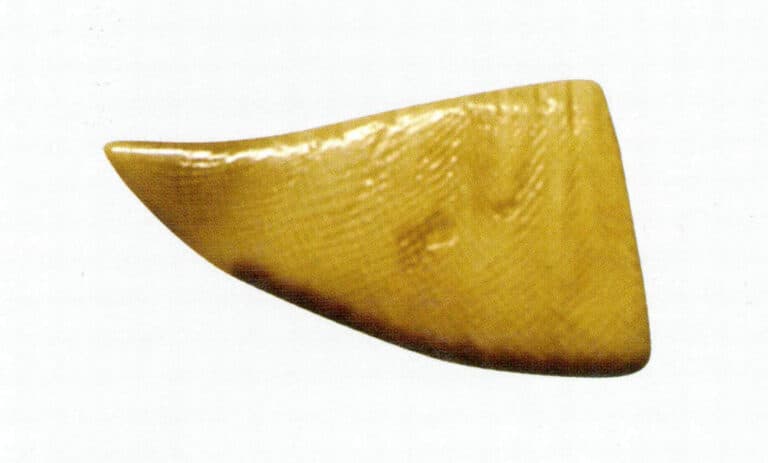
Figure 4-5-7 Walrus Tusk
(4) Wild Boar Teeth
Male wild boars have sharp, developed teeth, with their upper canines exposed and turned upwards.
The cross-section of a wild boar’s teeth can be nearly triangular, with smaller sizes and a cross-section that is concentric rings. See figure 4-5-8 to 4-5-15

Figure 4-5-8 Wild Boar

Figure 4-5-9 Wild Boar 2
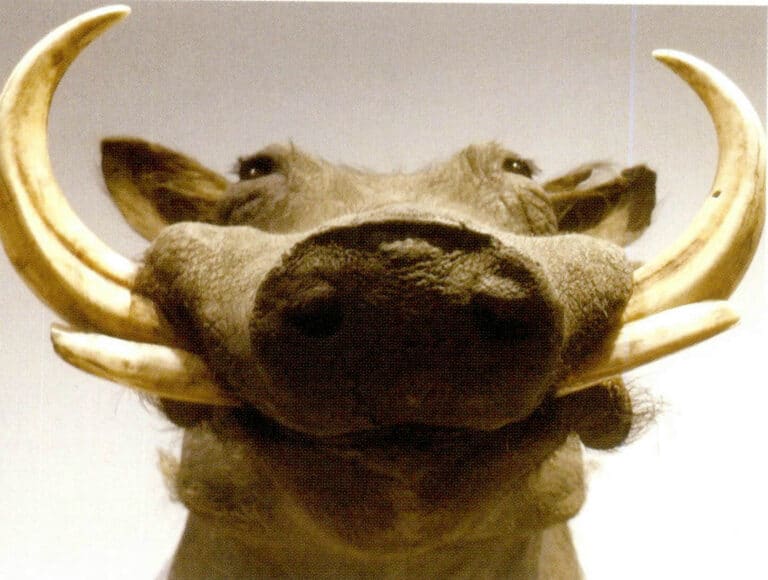
Figure 4-5-10 Wild Boar 3
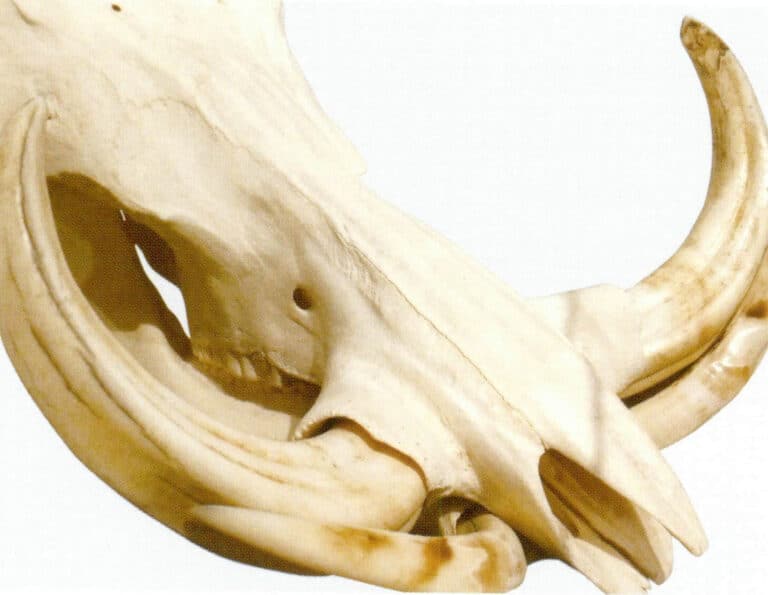
Figure 4-5-11 Wild Boar Skull and Teeth

Figure 4-5-12 Wild Boar Tooth (1)
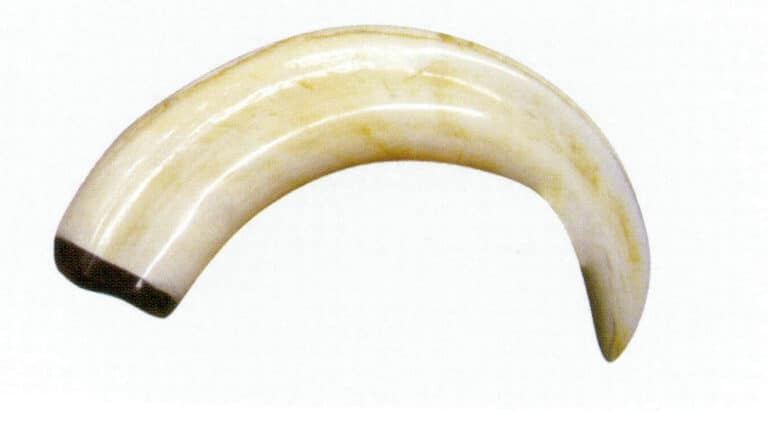
Figure 4-5-13 Wild Boar Tooth (2)

Figure 4-5-14 Wild Boar Tooth ( 2I)
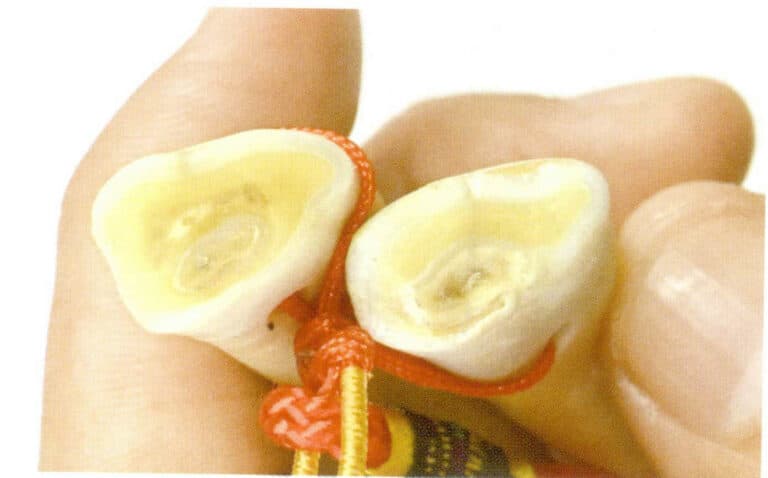
Figure 4-5-15 The cross-section of a wild boar's tooth
(5) Hippopotamus Teeth
The incisors and canines of the hippopotamus (Hippopotamus amphibius) are tusk-like and serve as the main weapon for attack. The lower incisors can extend forward parallel like a shovel, reaching lengths of up to 60-70 cm , and the canines can also reach about 75 cm in length.
Hippopotamus teeth can have a circular, square, or triangular cross-section. They have a thick enamel outer layer, and except for the hippopotamus teeth with a triangular cross-section, which has small holes, the others are solid, without holes or a central growth nucleus.
(6) Other animal teeth
The teeth of other animals, such as tiger teeth, wolf teeth, bear teeth, etc., are similar to ivory in physical properties but differ significantly in size and cross-sectional structure.
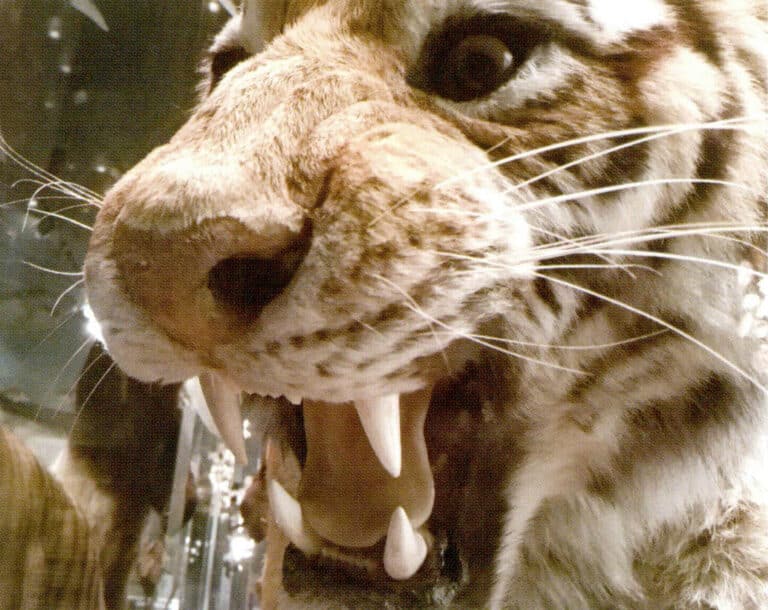
Figure 4-5-16 Tiger Tooth
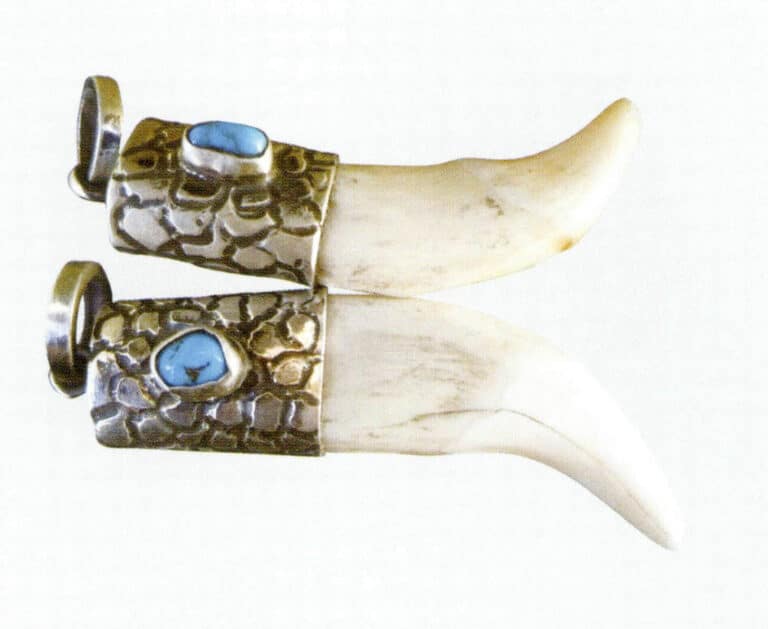
Figura 4-5-17 Dinte de lup
(7) Bone
Bone is similar to ivory in appearance and physical properties, but structural differences exist. Bones comprise many fine tubes, which appear as small dots in cross-sections and lines in longitudinal sections.
If the bone is waxed or oiled, its structure can be easily observed at the bottom and sides of the polished piece. Bone and bone products are shown in Figures 4-5-18 and 4-5-19.

Figure 4-5-18 Bone
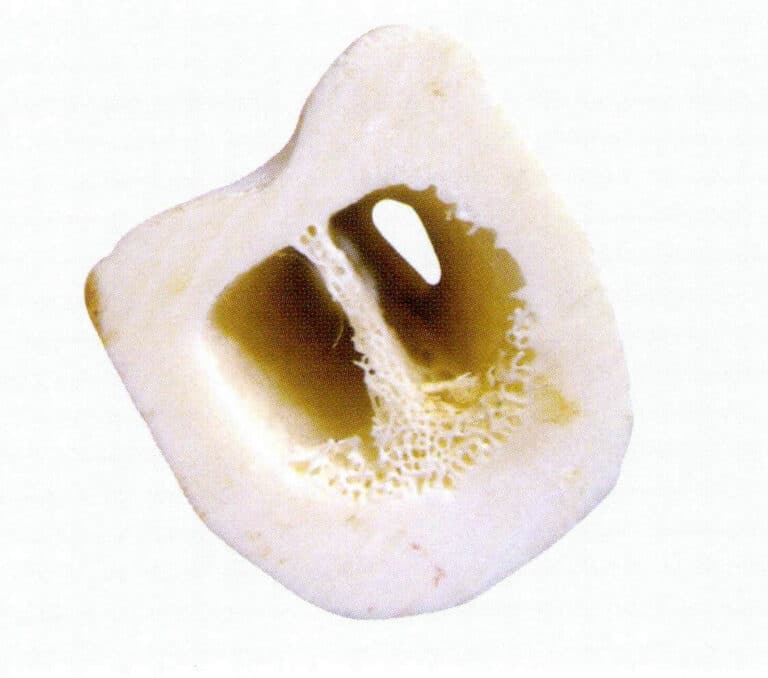
Figure 4-5-18 Cross-section of a bone
(8) Plant ivory
Plant ivory refers to the nuts of certain palm trees. The ivory fruit tree resembles the coconut tree, and its endosperm resembles coconut flesh. The endosperm initially appears in liquid form and hardens as it matures, exhibiting characteristics similar to animal ivory, with annual ring-like patterns. Its texture, hardness, and color are similar to ivory. Hence, it is called “plant ivory” or “ivory fruit.”
The ivory fruit tree grows very slowly, taking about 15 years to bear fiber-encased fruit and eight years to fully mature. When the fruit is completely mature and falls to the ground naturally, it is harvested by local people. The fruit must be sun-dried in the tropical
sun for three to four months to fully mature, turning into a white, hard substance similar to ivory. After removing the hard outer shell, completely dried ivory fruit can be used as a carving material, processed into exquisite industrial daily-use small products, or carved into various crafts.
As early as the 19th century, German merchants first discovered plant ivory in South America and introduced it to the European market, primarily for producing decorative items on clothing. Later, it was also processed into buttons for high-end fashion.
The size of the plant ivory fruit is 2-3 cm , reaching up to 5 cm, so products made from plant ivory are usually small; they may have parallel ring-like stripes; the texture is fine and uniform. Plant ivory is shown in Figures 4-5-20 to 4-5-23.
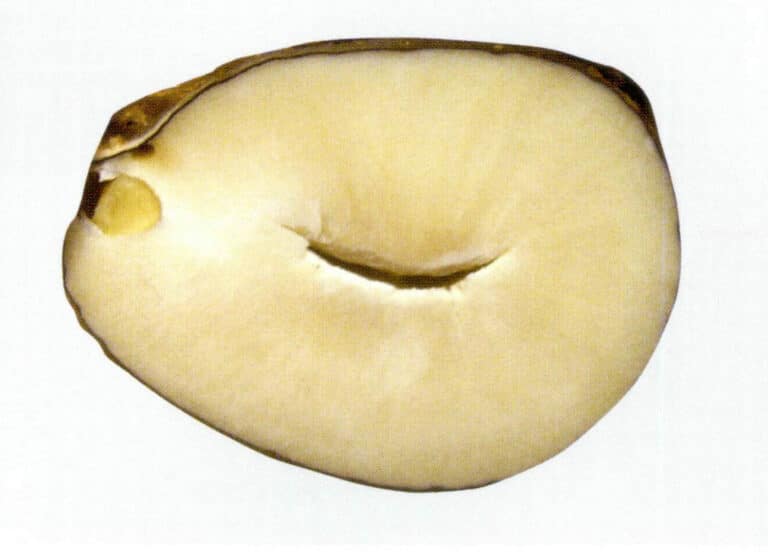
Figure 4-5-20 Plant ivory fruit
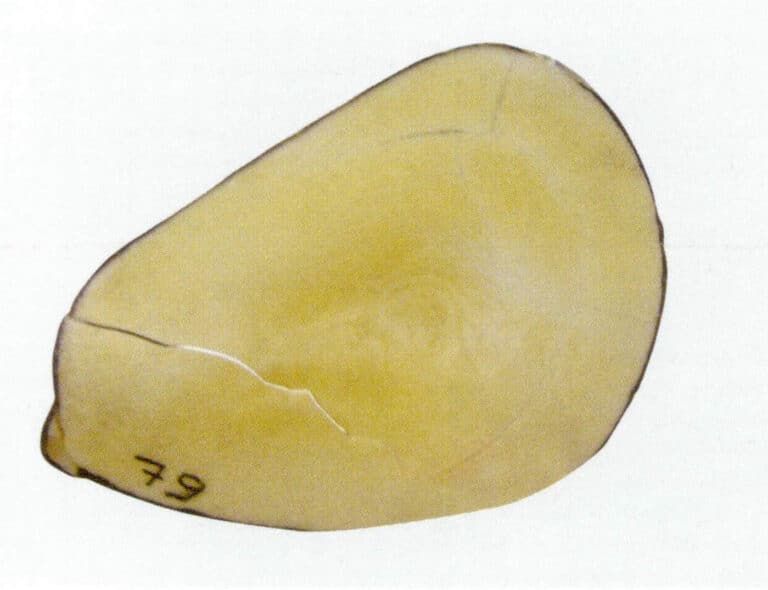
Figure 4-5-21 Plant Ivory Slices
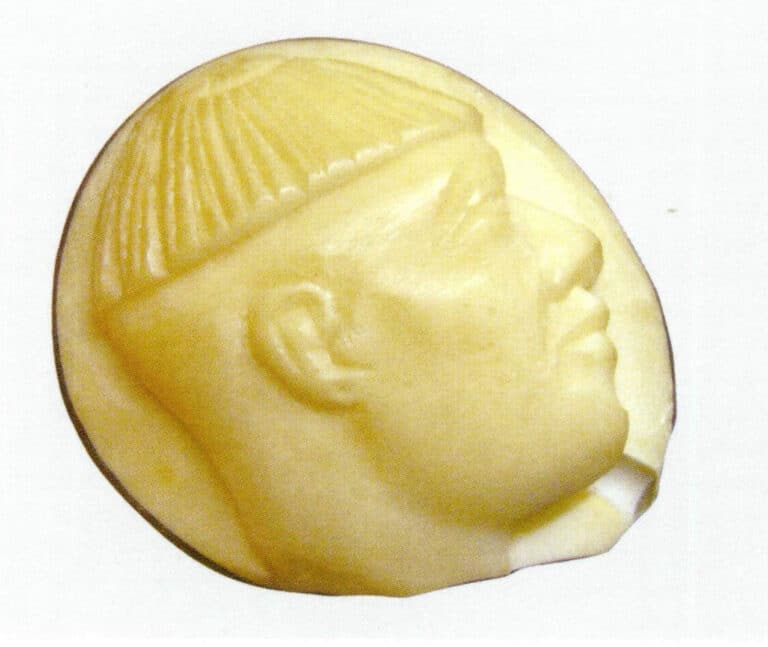
Figure 4-5-22 Plant Ivory Carvings
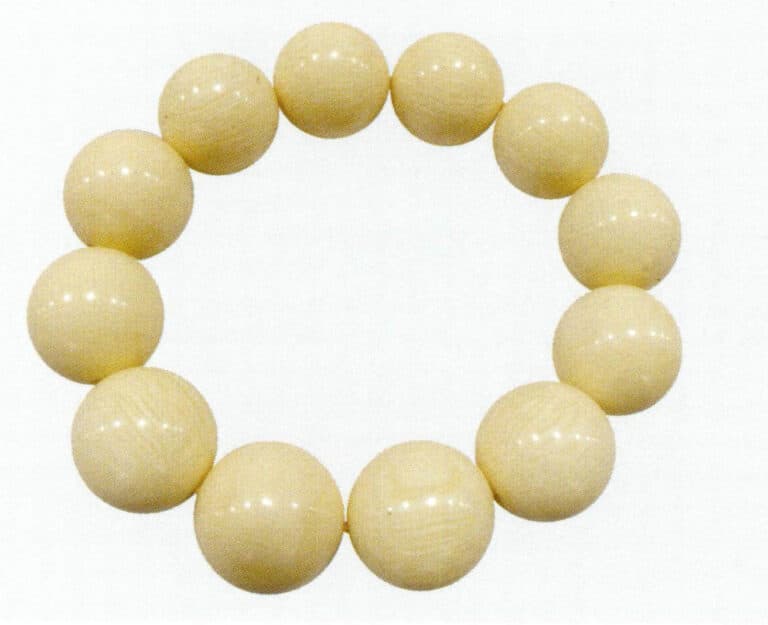
Figure 4-5-23 Stripes of Plant Ivory
(9) Plastic
The most commonly used plastic is celluloid, which can be made into a layered pattern to mimic the striped effect seen in the cross¬-section of ivory. Its stripes have a more regular appearance, completely lacking the “rotary engine” style.
6. Maintenance
When exposed to sunlight or left in the air for a long time, ivory can develop cracks; erosion from sweat and other factors can cause ivory to turn yellow.
The specific maintenance methods for ivory products are the same as for pearls and corals.
Section II Other organic gemstones
1. Helmeted hornbill
Helmeted hornbill or Rhinoplax vigil used as a gemstone which is a helmet like keratinous protrusion on the forehead of the hornbill. Unlike the hollow skulls of most birds, which cannot be carved, the casque of the helmeted hornbill is solid, red on the outside and yellow on the inside, with a fine texture that is easy to carve, allowing it to be made into various crafts such as ornaments, bead chains, and pendants.
1.1 Istoria și cultura aplicațiilor
Helmeted hornbill belongs to the Buddhist monk order (Coraciforme) hornbill family (Bucerotidae) helmeted hornbill genus; 1988 scholars suggested that it will be classified as hornbill hornbill in the hornbill family (Buceros), helmeted hornbill is also known as Buceros viqi.
Helmeted hornbills are the largest of all hornbill species, with a body length of 110-120 cm, a weight of up to 3.1 kg for males and 2.6-2.8 kg for females. Helmeted hornbills have dark brown feathers on the head, neck, back, wing coverts, breast and upper belly, with a metallic sheen; the edges of the wings and the tail feathers are white, with broad black stripes; and the lower belly is white.
Helmeted hornbills usually live in pairs or small flocks, and nest in tree cavities like most hornbills. Mainly inhabits the low mountains and foothills in broad-leaved evergreen forests below 1500m above sea level, and generally prefers to live on large trees (such as those in dense rainforests) deep in the dense forests. It mainly feeds on the fruits and seeds of figs and other plants, and also eats snails, worms, insects, rodents and snakes. Its habitat is mainly in southern Burma, southern Thailand, the Malay Peninsula, Indonesia, etc. Before the 1950s, the Helmeted Hornbill was also found in Singapore, but it is now extinct!
In recent times, due to the threat of forest fires, along with the development of regional agriculture, industry and forestry, the forest vegetation on which it relies is shrinking; because the helmeted hornbill’s head and armor can be used for crafts and carvings, feathers can be made into decorations, and adult birds can be kept as pets, resulting in the helmeted hornbill suffered a wide range of hunts, and the number of populations is rapidly decreasing. Currently the helmeted hornbill is extremely endangered, in the International Union for Conservation of Nature Red List is classified as a near-threatened species, in the Washington Convention (also known as the Convention on International Trade in Endangered Species of Wild Fauna and Flora CITES) in the Appendix [list, prohibit its international trade. China became a member of the Washington Convention in 1981. According to the relevant laws and regulations, the Helmeted Hornbill is managed according to the standard of national-level key wildlife protection in China.
1.2 Causes
The Helmeted hornbills resembles a helmet sitting atop its prominent beak. The helmet has variations in concavity and convexity associated with the cranial bones. Unlike other hornbills, the skull’s interior is solid, constituting nearly 10% of the bird’s total weight. Its casque composition is the same as the beak, both made of yellow keratinous connective tissue.
After reaching adulthood, the helmeted hornbill secretes tail fat from the tail fat gland at the base of its tail feathers, coating the surface of the casque in bright red but often retaining some yellow coloration on the forehead.
1.3 Gemological Characteristics
The gemological essential characteristics of the helmeted hornbill are shown in Table 7-1-1, Figure 7-1-1, and Figure 7-1-2.
Table 7-1-1 Gemological Basic Characteristics
| Main Components | Keratin, carotenoids | |
|---|---|---|
| Structura | The light-colored parts have a distinctive "bubble-like" structure; microscopically, it has a layered scale growth structure, with parallel band growth structures commonly developed in the yellow matrix, and a gradient transition between the red and yellow matrices. | |
| Caracteristici optice | Culoare | The base is white with light yellow, golden to light brown; there is a layer of red with tonal variations at the connection from the top to the edge. |
| Lustru | Resin to oily luster. | |
| Fluorescență ultravioletă | Blue-white to chalky white under ultraviolet light. | |
| Caracteristici mecanice | Duritatea Mohs | 2.5 ~ 3 |
| Fractură | Uneven fracture, serrated and flaky. | |
| Densitate relativă | 1.29 ~ 1.3 | |
| Special properties | Hot needle test (destructive): burnt protein smell | |

Figure 7-1-1 “helmeted hornbill” Carving (1)
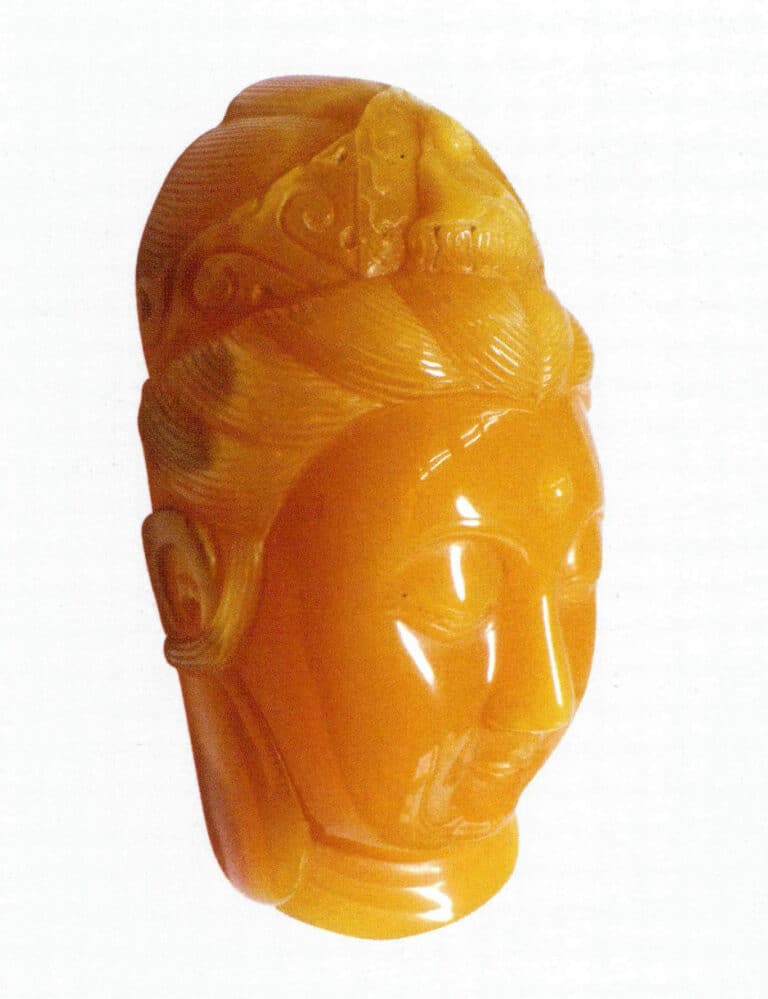
Figure 7-1-2 “helmeted hornbill” Carving (2)
1.4 Spectroscopic Characteristics
(1) Infrared Spectrum
The infrared spectrum of the helmeted hornbill exhibits amide characteristic absorption bands, indicating that the helmeted hornbill shows infrared absorption spectra caused by the vibrations of peptide bonds (—CONH—), namely amide A, B, I, II, III bands, revealing the presence of proteins.
(2) Raman spectroscopy
The Raman spectrum of the helmeted hornbill simultaneously shows characteristic Raman peaks of proteins and carotenoids. The Raman peak at 1270 cm-1 is attributed to the amide III band v (C – N) caused by stretching vibrations, indicating the presence of proteins. The peaks at 1517 cm-1and 1157 cm-1are attributed to carotenoids, with peak intensity in the red region stronger than in the yellow area.
(3) Ultraviolet-visible Spectrum
The ultraviolet-visible spectrum of the yellow part of the helmeted hornbill shows a three-peak absorption in the blue-violet region, specifically characteristic absorption peaks at 431nm, 457nm, and 486nm. The absorption in the blue-violet region causes the headgear base to present a blue-violet complementary color, which is a goose-yellow tone; the red part of the helmeted hornbill exhibits complete absorption in the region below 580nm due to a higher content of carotenoids, leading to absorption saturation. Hydroxyl overtone vibrations may cause a weak absorption peak at 910nm.
1.5 Identification
(1) Imitation products
Imitation products are mainly made of synthetic resin, with bubbles visible in the yellow base and red parts, as shown in Figure 7-1-3.
(2) Splicing
The typical helmeted hornbill craft combines the yellow helmeted hornbill and red artificial resin. Identification features: Under magnification, the junction of the yellow and red parts shows a clear boundary and visible splicing seams; bubbles can be seen in the red part.
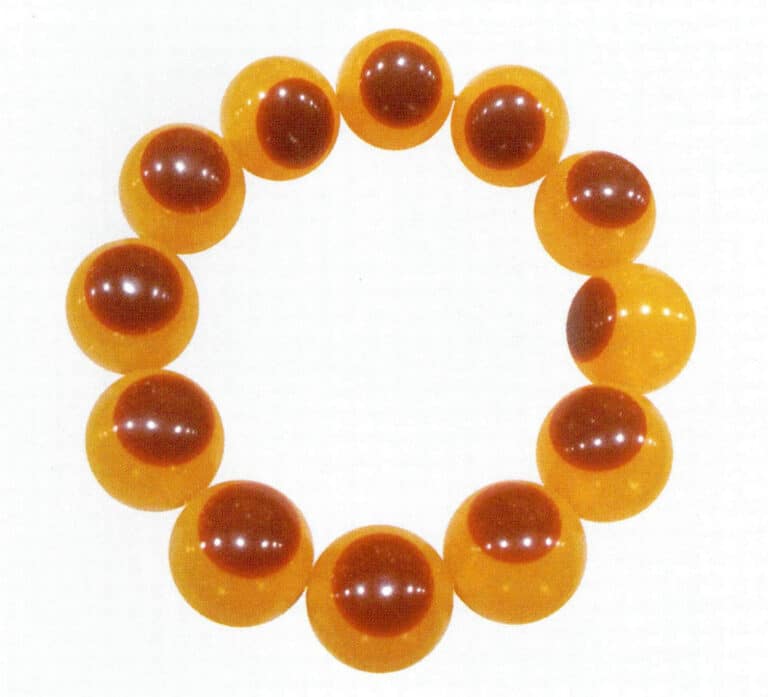
2. Rhinoceros Horn
The Rhinoceros horn is the horn of the rhinoceros family animals.
2.1 Application History and Culture
Rhinoceros horn is divided into African Rhinoceros horn (also known as broad horn) and Asian Rhinoceros horn (also known as Siamese horn). The broad horn comes from the African black rhino and white rhino. The black rhino, also known as the African double-horned rhino, is found in various countries in southeastern Africa; the white rhino is found in Uganda. The Siamese horn comes from the Indian rhino, Javan rhino, and Sumatran rhino, also known as Rhinoceros horn, and was referred to as snake horn when imported.

Figure 7-2-1 Rhinoceros (1)
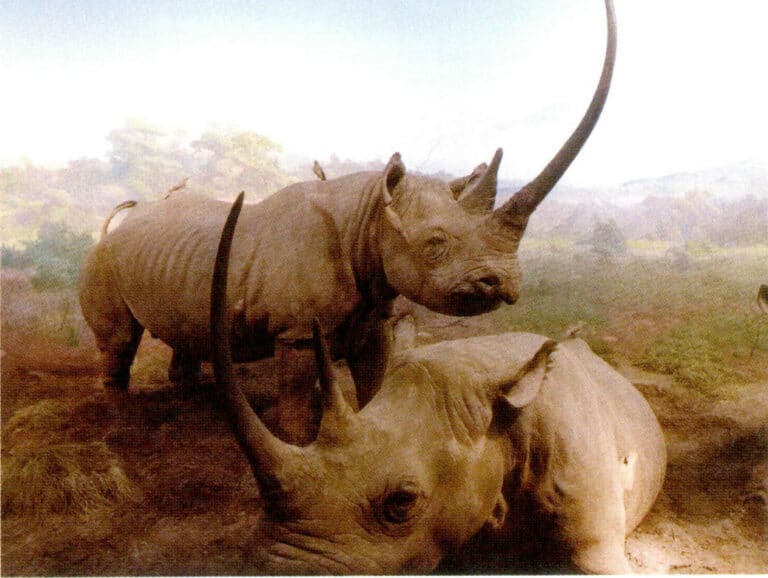
Figure 7-2-2 Rhinoceros (2)
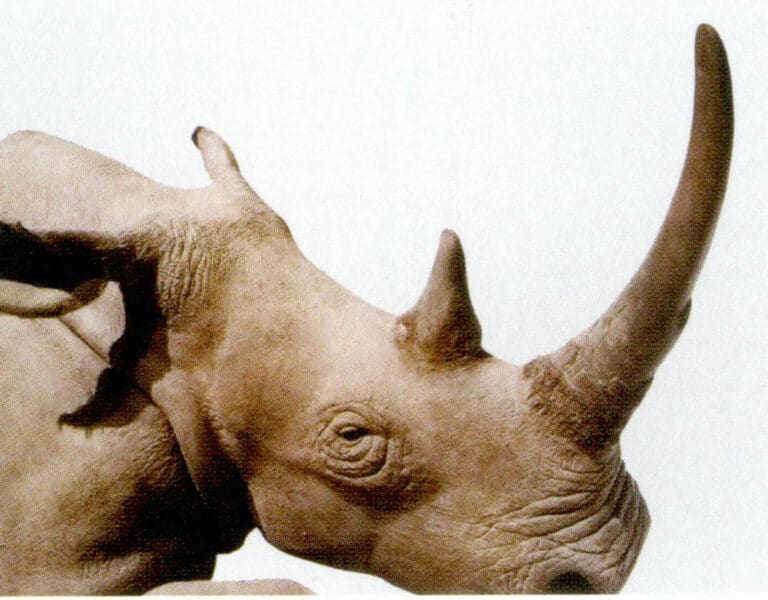
Figure 7-2-3 Rhinoceros (3)

Figure 7-2-4 Rhinoceros (4)

Figure 7-2-5 Rhinoceros (5)
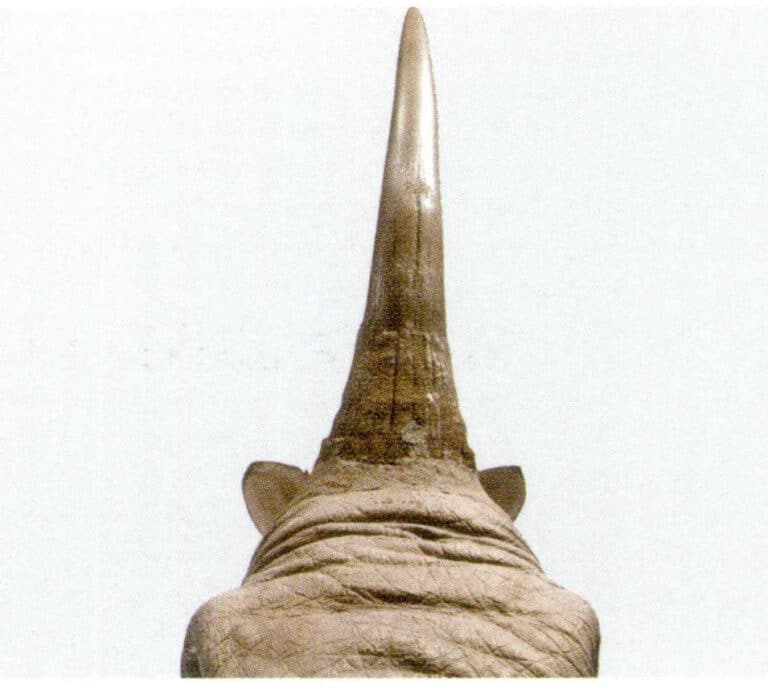
Figure 7-2-6 Rhinoceros Horn (1)
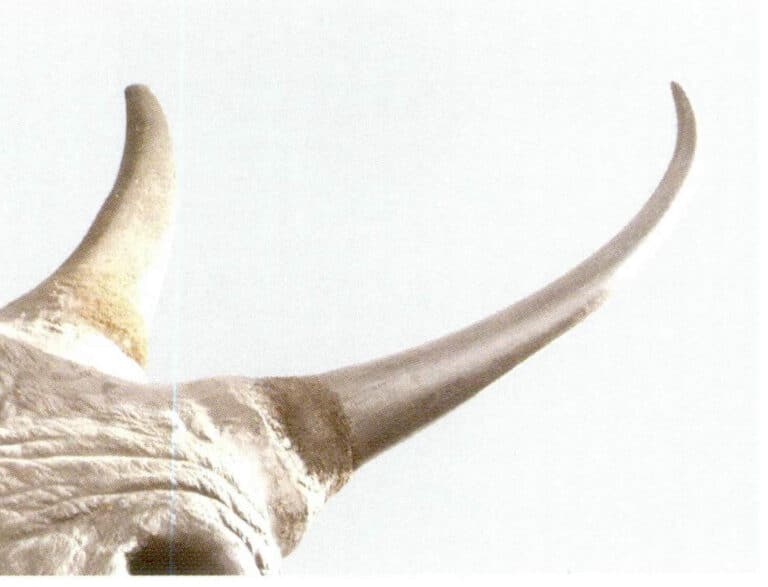
Figure 7-2-7 Rhinoceros Horn (2)
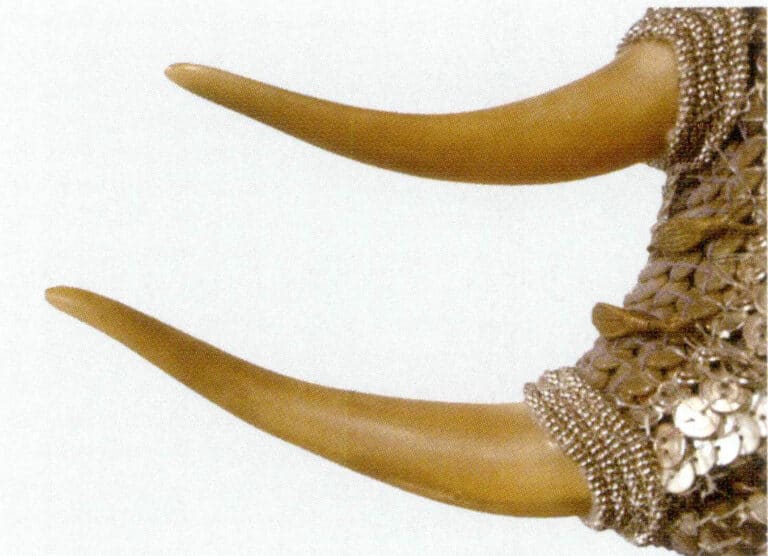
Figure 7-2-8 Rhinoceros horn (3)

Figure 7-2-9 Rhinoceros horn root
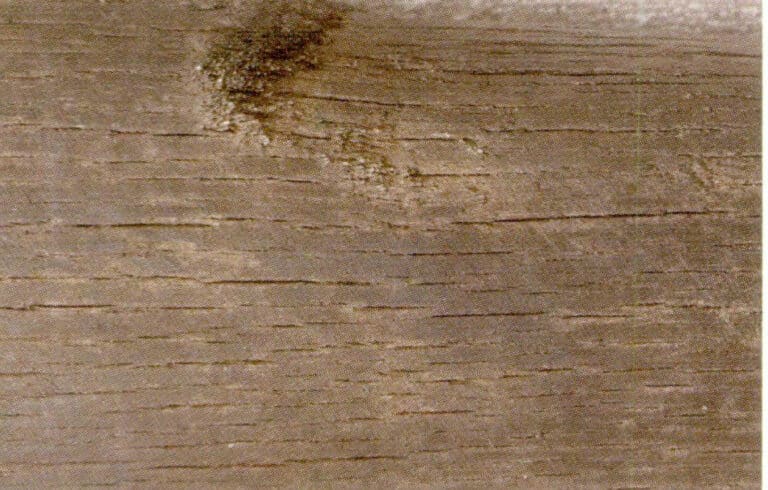
Figure 7-2-10 Rhinoceros horn middle section
Copywrite @ Sobling.Jewelry - Producător de bijuterii personalizate, fabrică de bijuterii OEM și ODM
Rhinoceros horn has a history of use in China for several thousand years, primarily as traditional Chinese medicine and in the production of crafts, such as Rhinoceros horn cups. Rhinoceros horn artifacts from ancient Chinese courts are shown in Figures 7-2-11 to 7-2-18.
Due to profit-driven motives, rhinos have been heavily hunted. They are now listed in Appendices I and II of the Convention on International Trade in Endangered Species of Wild Fauna and Flora (CITES). Except for the white rhino, listed in CITES Appendix II, all other species in the Rhinocerotidae family are listed in CITES Appendix I. As a signatory to CITES, China has prohibited Rhinoceros horn trade (including any identifiable parts and products containing its components) since 1993.

Figure 7-2-11 Rhinoceros Horn Products in Ancient Chinese Palaces (1)
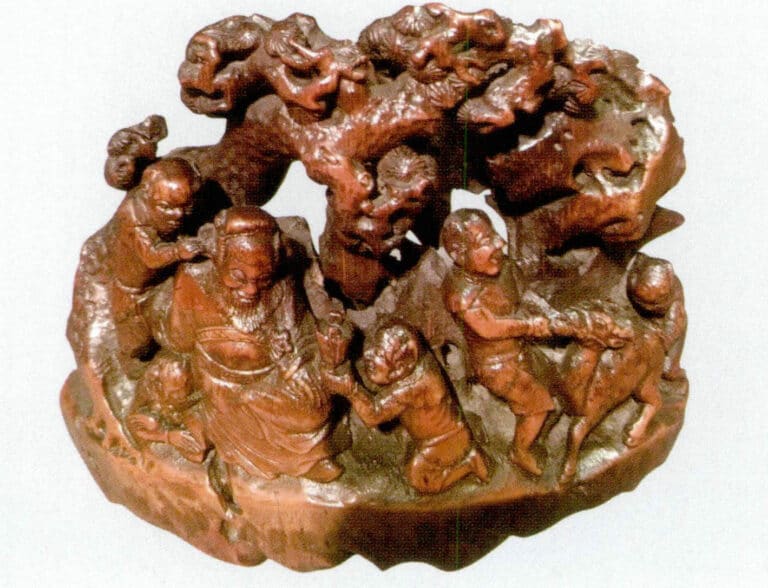
Figure 7-2-12 Rhinoceros Horn Products in Ancient Chinese Palaces (2)
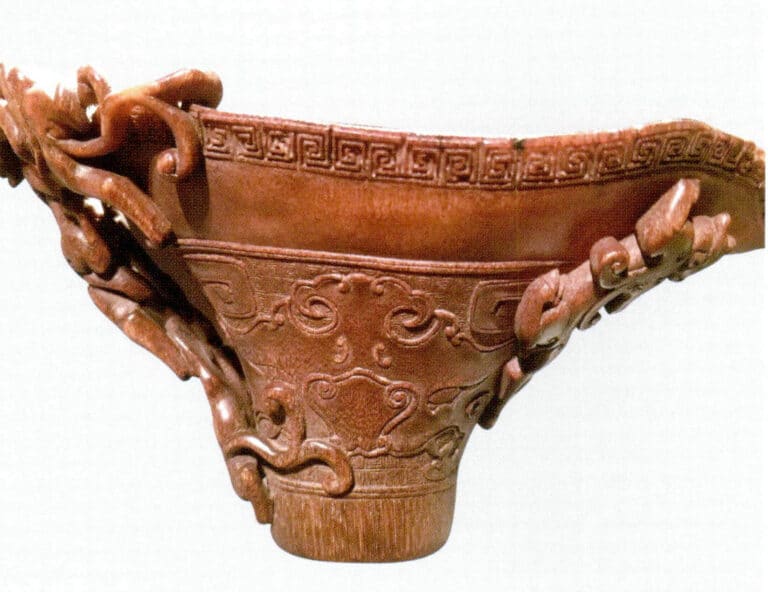
Figure 7-2-13 Rhinoceros Horn Products in Ancient Chinese Palaces (3)

Figure 7-2-14 Rhinoceros Horn Products in Ancient Chinese Palaces (4)
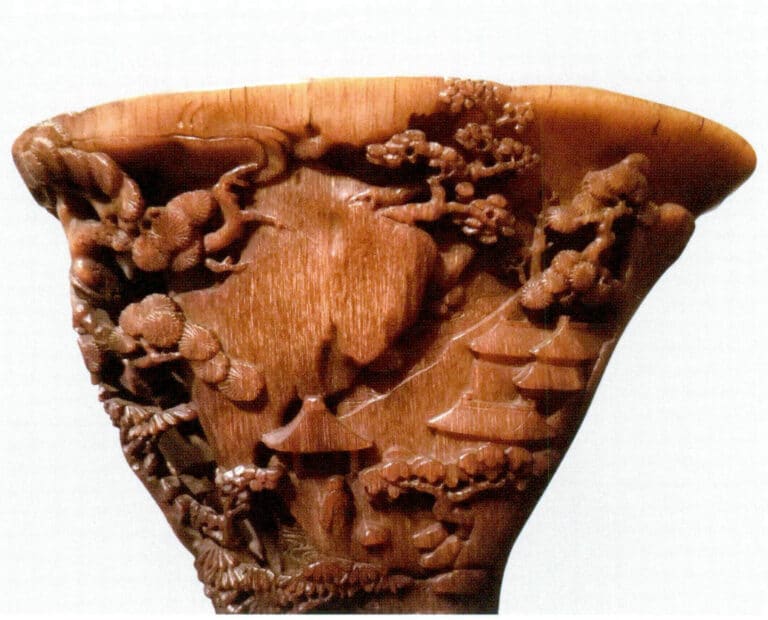
Figure 7-2-15 Rhinoceros Horn Products in Ancient Chinese Palaces (5)
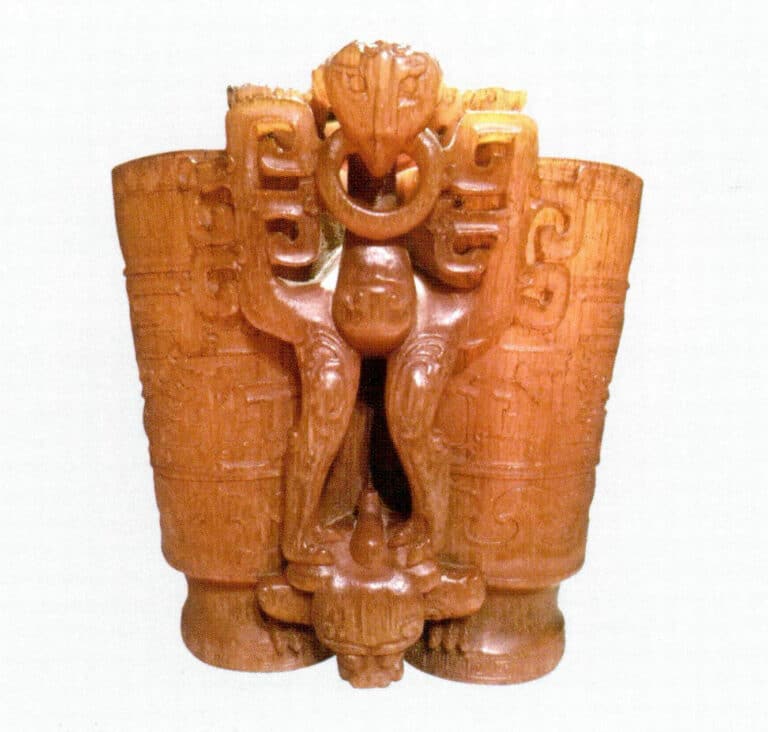
Figure 7-2-16 Rhinoceros Horn Products in Ancient Chinese Palaces (6)
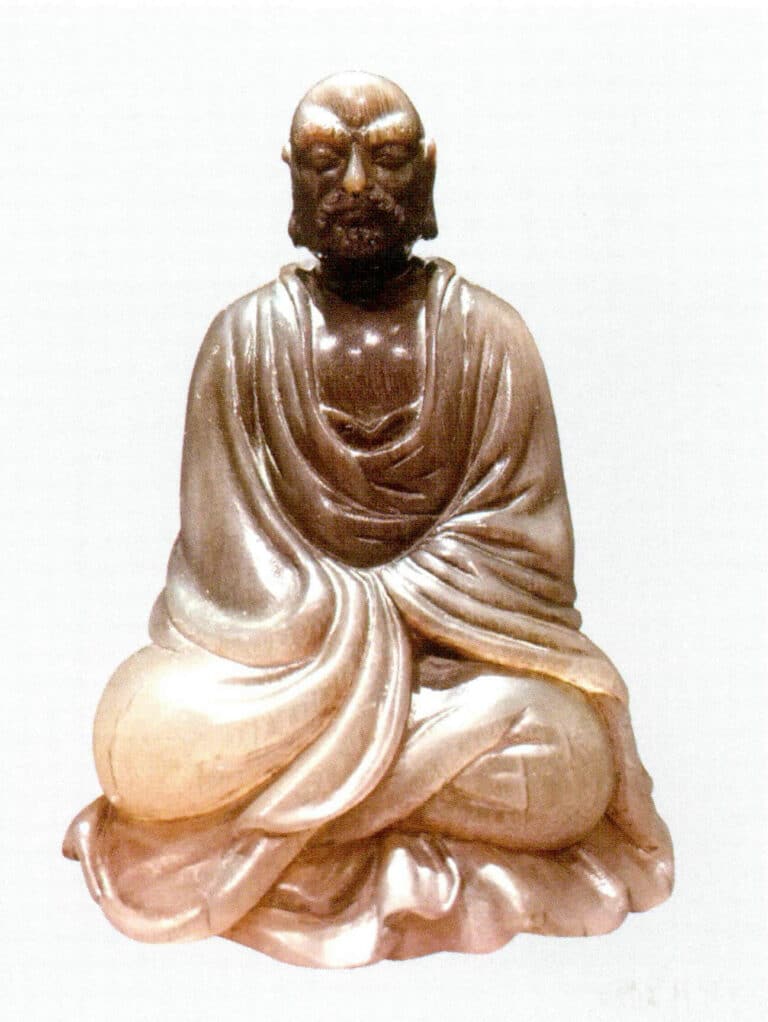
Figure 7-2-17 Rhinoceros Horn Products in Ancient Chinese Palaces (7)

Figure 7-2-18 Rhinoceros Horn Products in Ancient Chinese Palaces (8)
2.2 Causes
The Rhinoceros horn mainly comprises animal protein fibers called keratin, which are solid inside.
2.3 Gemological Characteristics
The gemological characteristics of Rhinoceros horns are shown in Table 7-2-1 and Figures 7-2-19 to 7-2-30.
Table 7-2-1 Gemological Characteristics of Rhinoceros horn
| Main Components | Keratin, cholesterol, etc. |
|---|---|
| Structura | "Solid at the tip, hollow towards the nose or forehead"; "Concentric ring-shaped": cross-section resembles tree rings |
| Culoare | Yellow, brown to reddish-brown, black, etc. |
| Lustru | Resin to oily luster |
| Transparență | Translucent to opaque |
| Caracteristici de identificare | The longitudinal surface has parallel linear bundles that do not stick together, oriented and curved into an elliptical cone shape, also known as "bamboo silk"; the cross-section shows filamentous bundles, densely distributed like sesame seeds or fish roe. |
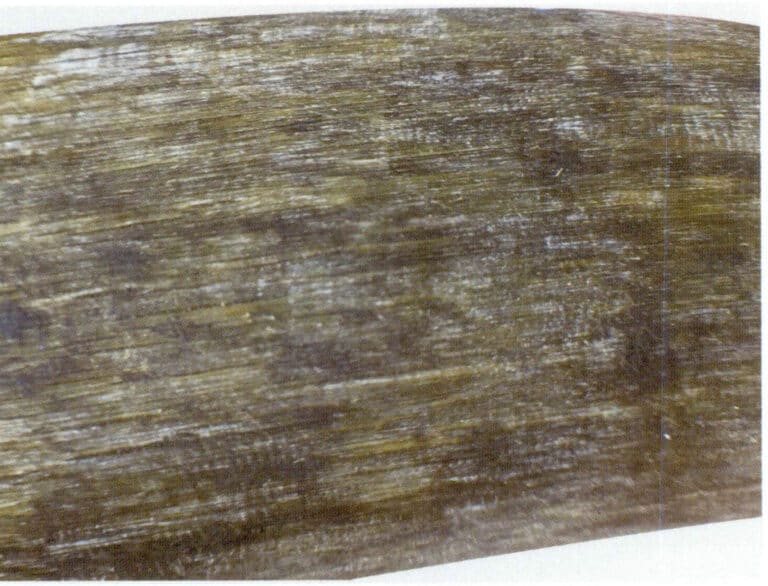
Figure 7-2-19 Longitudinal lines on the longitudinal surface of rhino horn
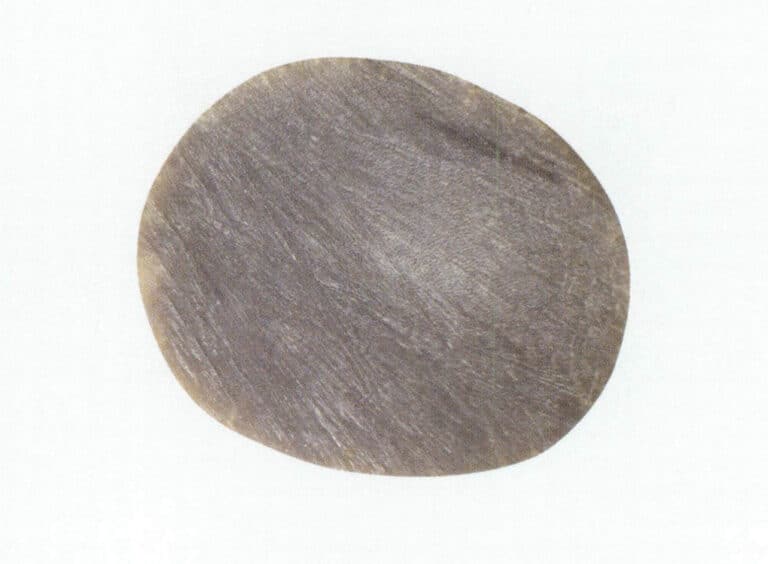
Figure 7-2-20 Cross-section of rhino horn
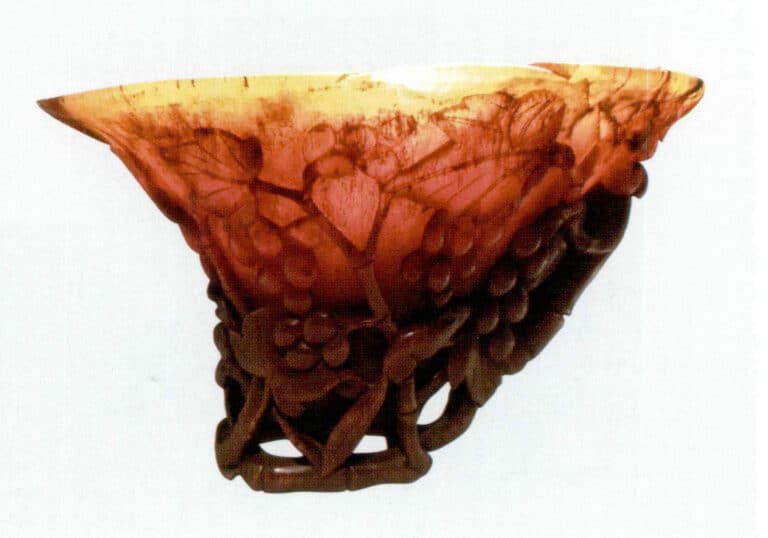
Figure 7-2-21 “Bamboo silk pattern” of rhino horn products (1)

Figure 7-2-22 “Bamboo filigree” of rhino horn products (2)
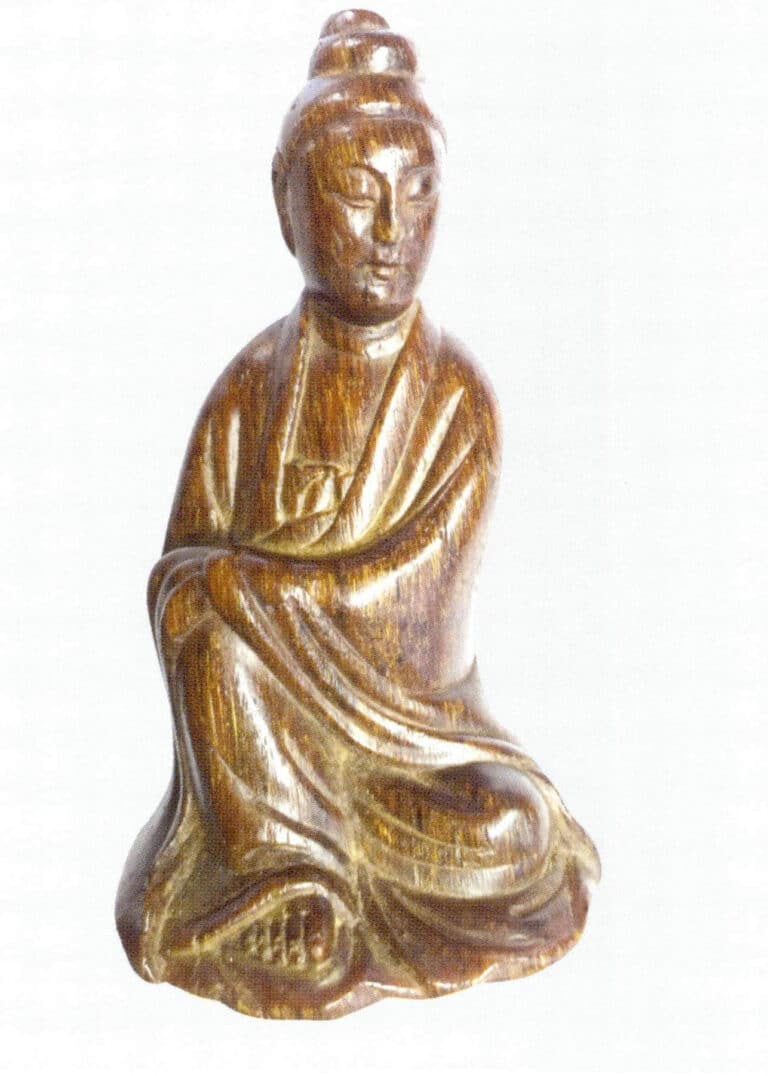
Figure 7-2-23 "Bamboo Silk Pattern" of Rhino Horn Products (3)
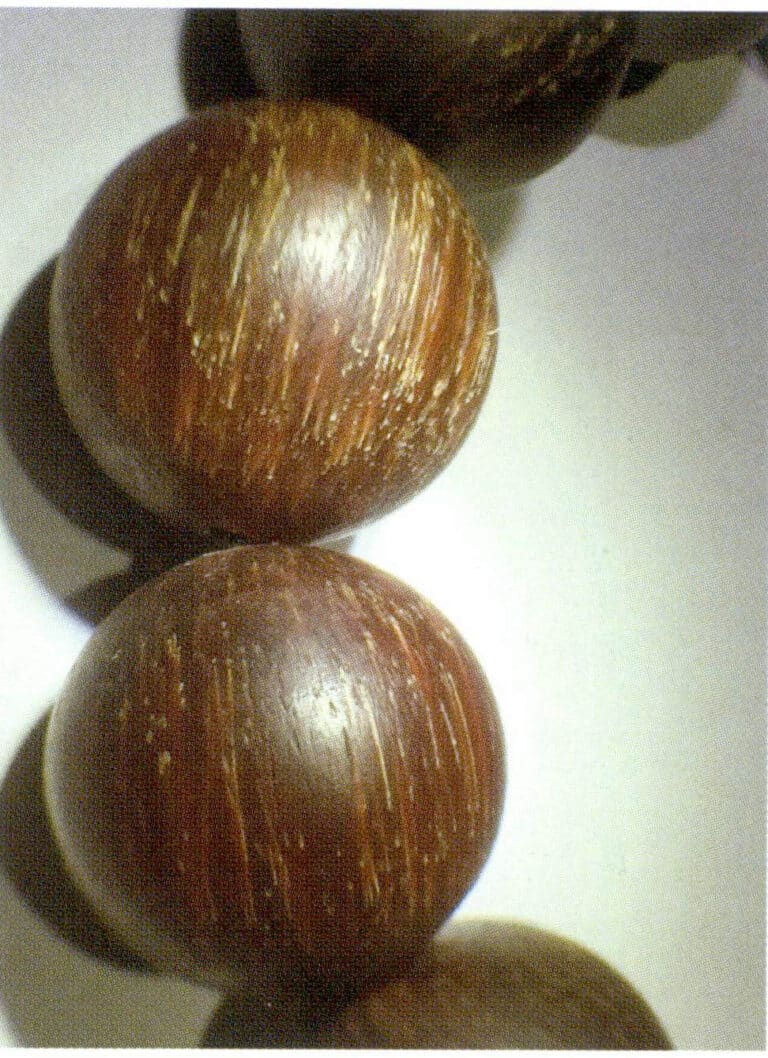
Figure 7-2-24 "Bamboo Silk Pattern" of Rhino Horn Products (Four)

Figure 7-2-25 Rhino Horn Bracelet

Figure 7-2-26 The outer side of the rhino horn bracelet shows the "Bamboo Silk Pattern"

Figure 7-2-27 Rhino Horn Bracelet Showing "Bamboo Silk Pattern" and "Fish Eggs" (Reflected Light)

Figure 7-2-28 The outer side of the rhino horn bracelet shows the "Bamboo Silk Pattern" and "Fish Egg" (transmitted light)
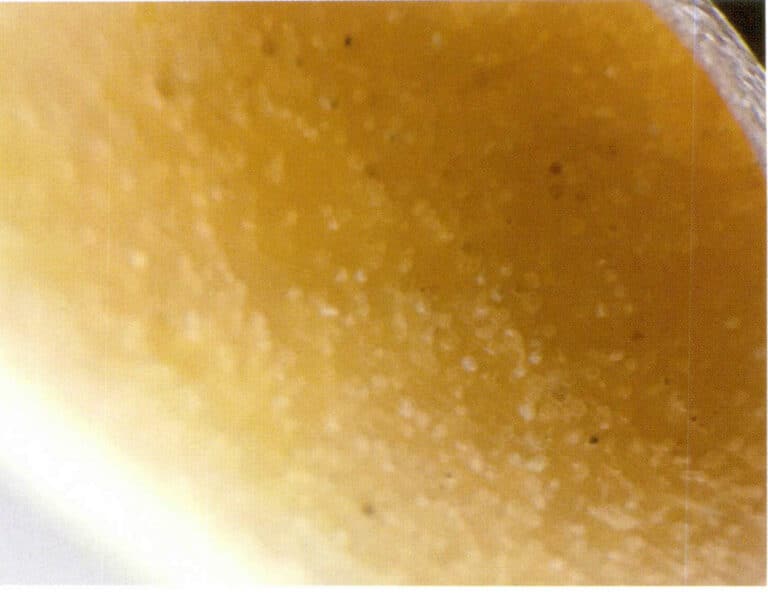
Figure 7-2-29 The surface of the rhino horn bracelet shows "Fish Egg" (20×) (One)
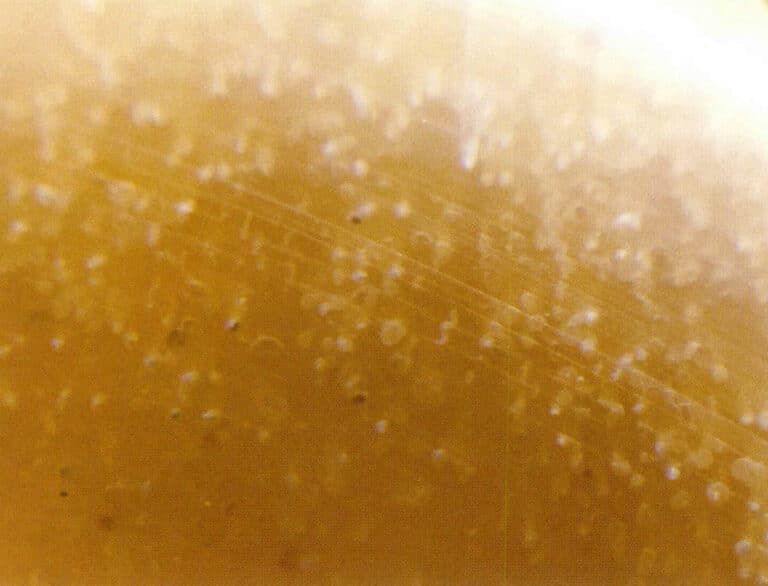
Figure 7-2-30 The surface of the rhino horn bracelet shows "Fish Egg" ( 20 x ) (Two)
2.4 Spectroscopic Characteristics
The chemical components of the rhinoceros horn mainly include amino acids, cholesterol, taurine, amino hexose, and phospholipids, with their infrared spectral peaks and vibration modes shown in Table 7-2-2.
Table 7-2-2 Infrared Spectral Characteristics of Rhinoceros Horn
| Characteristic Vibration Band/ cm-1 | Vibration Mode |
|---|---|
| 1450 | Bending Vibration of C-H in Amino Acids |
| 1540 | Stretching vibrations and in-plane bending vibrations of amino acids v (C – N) and v (N-H) |
| 1650 | Stretching vibrations of amino acids v (C =O) |
| 2850 | Symmetrical stretching vibrations of amino acids v (C —H) |
| 2920 | Asymmetrical stretching vibrations of amino acids v (C —H) |
| 3050 | Stretching vibrations of amino acids v ( N — H) |
| 1040 | Cholesterol n v (C —O) stretching vibration |
| 1380 | Bending vibration v (O —H) |
| 3270 | Stretching and compressing vibration v (O —H) |
| 881 | Taurine v (S —O)stretching vibration |
| 1116 | Taurine v (S —O)stretching vibration |
| 3050 | Taurine v (N —H)stretching vibration |
| 1733 | Stretching vibration in amino hexose n v (C =O) |
| 3050 | Stretching vibration in amino sugars v (N —H) |
| 1040 | Phospholipid f v (P —O) stretching vibration |
| 1240 | Phospholipid v (P=O) stretching vibration |
| 1733 | Phospholipid v (C =O) stretching vibration |
| 2300, 2355 | Phospholipid v (P —H) stretching vibration |
2.5 Imitations
Ordinary buffalo and cattle horns are the most common imitations and substitutes for Rhinoceros horns. The most crucial difference between buffalo and Rhinoceros horns is that buffalo horns are hollow, not solid, and have a flatter surface with a more significant curvature. Buffalo and cattle horns are shown in Figures 7-2-31 to 7-2-38.

Figure 7-2-31 African Buffalo (1)

Figure 7-2-32 African Buffalo (2)
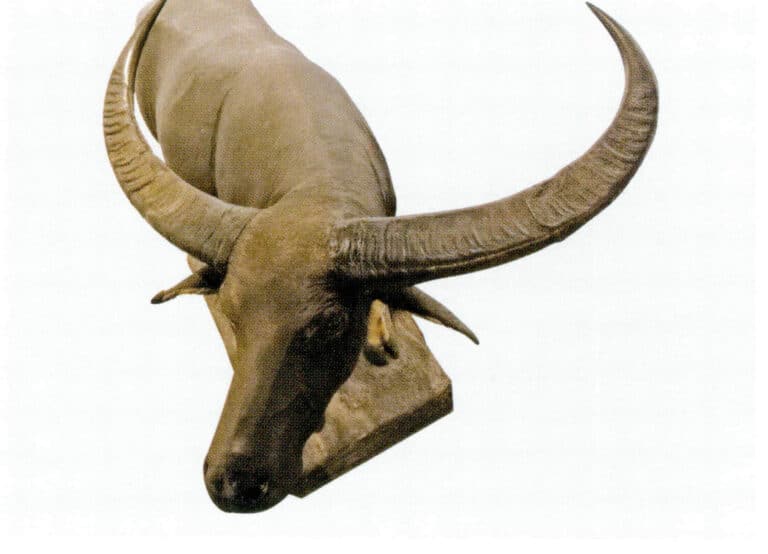
Figure 7-2-33 Buffalo

Figure 7-2-34 Buffalo horn (1)
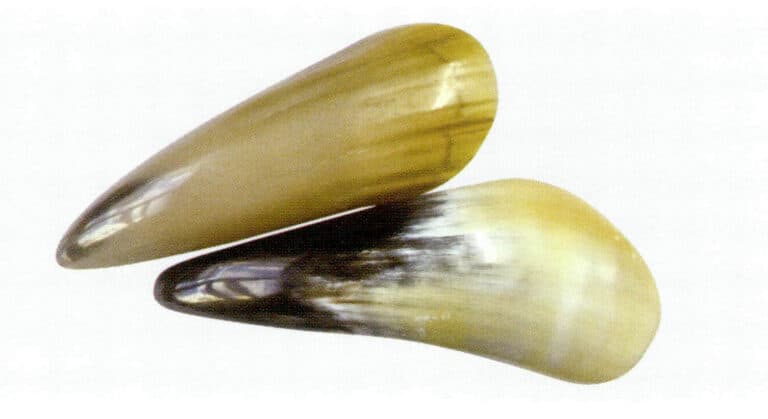
Figure 7-2-35 Buffalo horn (2)
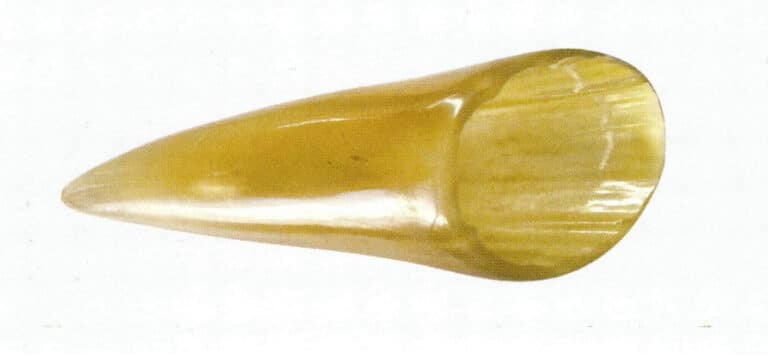
Figure 7-2-36 Cross-section of Horn (2)
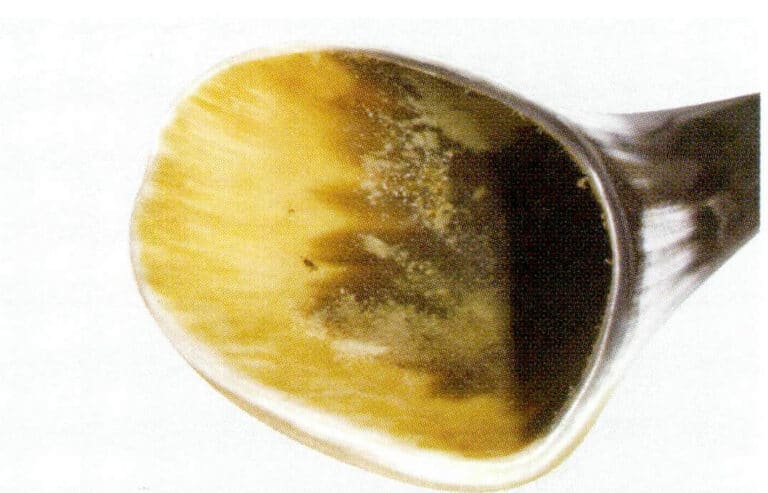
Figure 7-2-37 Cross-section of Horn (1)
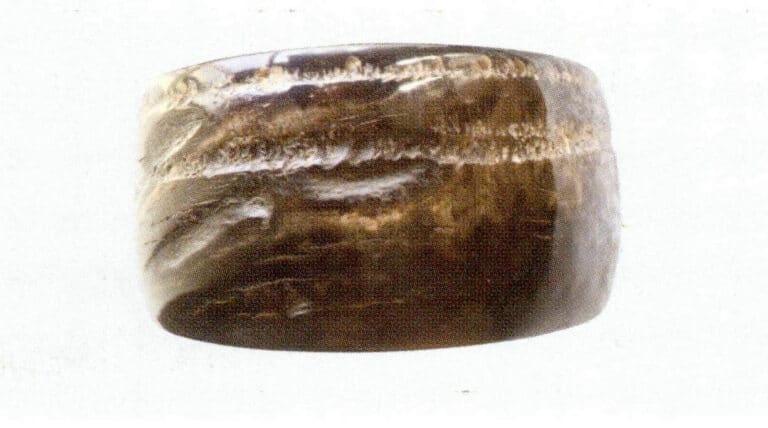
Figure 7-2-38 Horn Bracelet
3. Tortoise shell
Tortoise shell, abbreviated as Tortoise shell, is known in English as Tortoise shell, derived from the carapace of the sea turtle “Hawksbill” of the same name. The Tortoise shell used for gemstones comes from the upper carapace of the Hawksbill turtle. Tortoise shell mainly inhabit shallow lagoons in tropical and subtropical waters at a depth of 15-18 m, primarily found in regions such as the Indian Ocean, Pacific Ocean, and Caribbean Sea.
3.1 Application History and Culture
Due to Tortoise shell ‘s beautiful patterns and good toughness, it has been widely used for decoration since Roman times, becoming an essential organic gemstone. Until the international ban on Tortoise shell trade in the 1970s, Tortoise shell was commonly used in various countries in the East and West.
Currently, Tortoise shell are an endangered species, classified as a level one protected animal under the Convention on International Trade in Endangered Species of Wild Fauna and Flora (CITES). They are a national key protected wild animal in China.
3.2 Gemological Characteristics
The essential characteristics of the Tortoise shell are shown in Table 7-3-1 and Figures 7-3-1 to 7-3-6.
Table 7-3-1 Basic Characteristics of the Tortoise shell
| Compoziție chimică | Composed entirely of organic matter, including proteins and keratin; the main components are C (55%), O (20%), N (16%), H (6%), and S (2%), etc. | |
|---|---|---|
| Crystal line State | Amorphous body | |
| Structura | Typical layered structure | |
| Caracteristici optice | Culoare | Typical yellow and brown patterns, sometimes with black or white |
| Lustru | Greasy to waxy luster | |
| Indice de refracție | 1.550(±0.010) | |
| Ultraviolet light | The colorless and yellow parts under long and short waves appear blue-white. | |
| Caracteristici mecanice | Duritatea Mohs | 2 ~ 3 |
| Rezistență | Bun | |
| Fractură | Uneven to flaky fracture surface. | |
| Densitate relativă | 1.29 | |
| Special properties | Soluble in nitric acid, but does not react with hydrochloric acid; a hot needle can melt the turtle shell, producing a burnt hair smell, and the shell will soften in boiling water, darkening in color under high temperatures. | |
| Observație microscopică | Visible spherical particles form a patterned structure, that is, the color spots are composed of tiny round pigment dots. | |
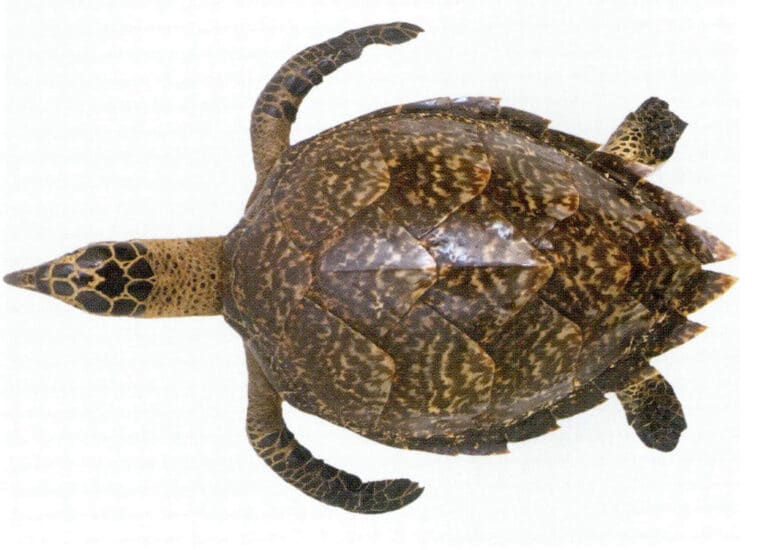
Figure 7-3-1 Tortoiseshell turtle
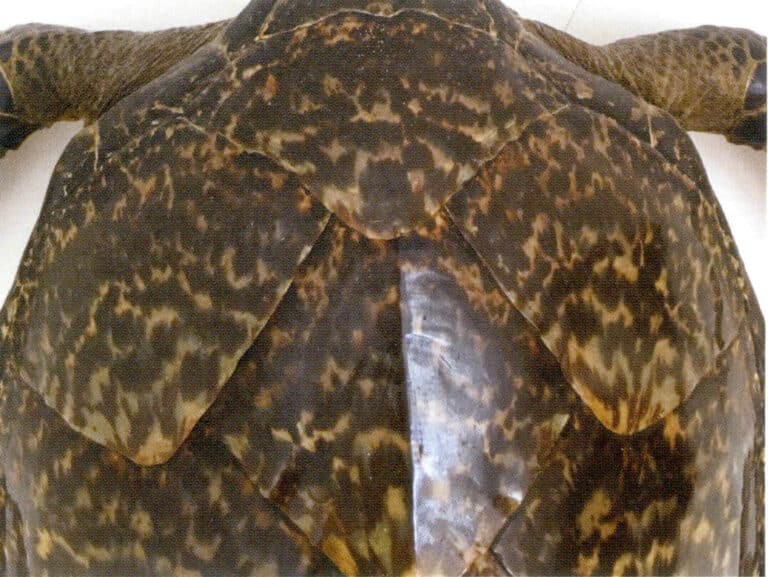
Figure 7-3-2 Tortoiseshell Tortoiseshell(1)
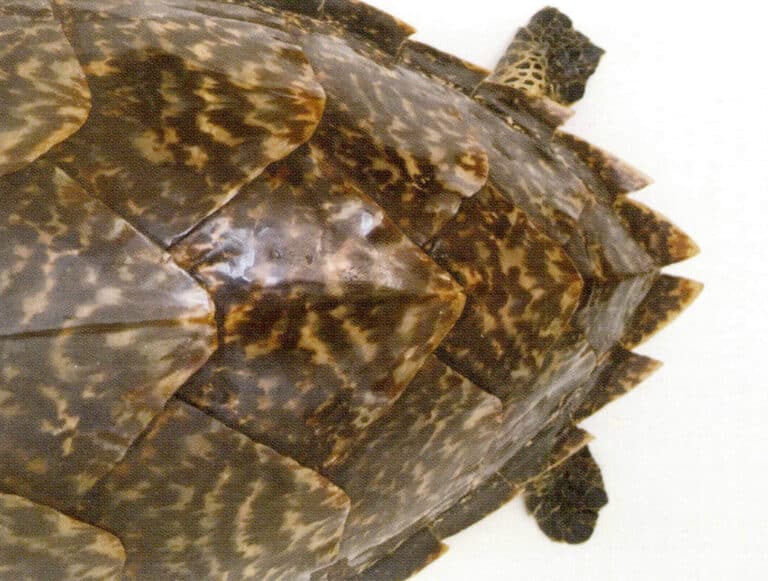
Figure 7-3-3 Tortoiseshell tortoiseshell (II)

Figure 7-3-4 Tortoiseshell Tortoiseshell(III)
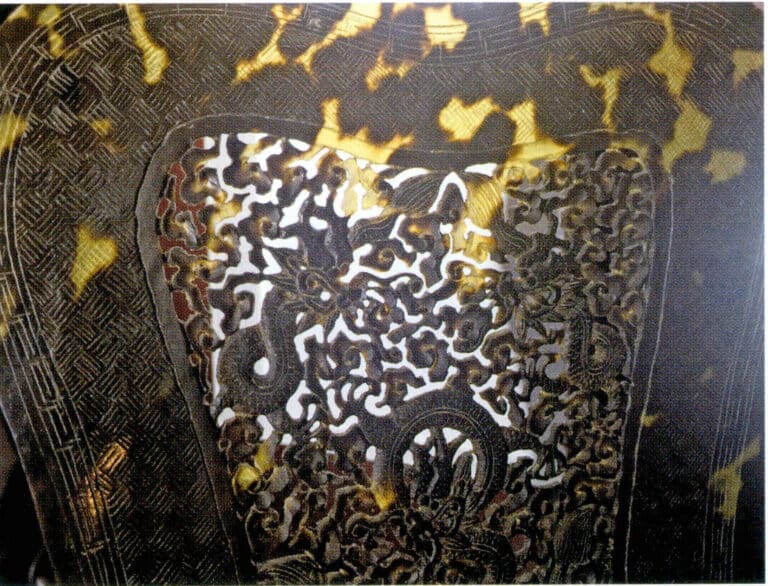
Figure 7-3-5 Tortoiseshell tortoiseshell products (I)
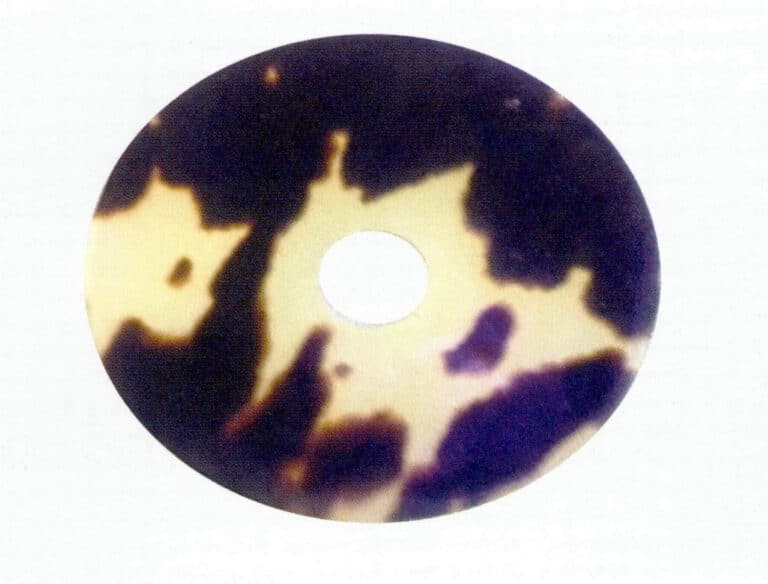
Figure 7-3-6 Tortoiseshell Tortoise Shell Products (II)
3.3 Imitations and Compositions
(1) Imitation products
The most common imitation of Tortoise shell s is plastic. The refractive index of a Tortoise shell is 1.550, and its density is 1.29 g/cm3; the refractive index of plastic generally ranges from 1.46-1.70, and its density is generally 1.05-1.55 g/ cm3. The differences between the two lie in their microstructure, etc. Measuring the refractive index and testing with a hot needle may directly damage the tested sample, so caution must be exercised. The differences between Tortoise shell and plastic are shown in Table 7-3-2.
Table 7-3-2 Comparison of Identification Features between Tortoise shell and Plastic.
| Caracteristici de identificare | Tortoise shell | Plastic |
|---|---|---|
| Densitate relativă | 1.29 | 1.05 ~ 1.55 |
| Indice de refracție | 1.550 | 1.46- ~ 1.70 |
| Microstructure | A large number of small brown spherical particles; the deeper the color, the denser the color spots. | Internal display of bubbles and flow lines; appearance features orange peel effect and rounded facet edges, etc. |
| Hot needle detection | The smell of burnt protein | Spicy flavor |
| Reacts with acid | Eroded by nitric acid | Does not react with acid |
(2) Asamblare
Glue a thin piece of Tortoise shell onto a plastic base to create a two-layer composite stone, or glue two thin pieces onto plastic of similar colors to form a three-layer composite stone.
For the identification of two-layer and three-layer Tortoise shell, the traces of the joints are mainly observed from the waist.
3.4 Evaluarea calității
The quality of the Tortoise shell can be evaluated from aspects such as Color, transparency, size and thickness, and processing technology, as shown in Table 7-3-3.
Table 7-3-3 Quality Evaluation of Tortoise Shell
| Factori de evaluare | Conținutul evaluării calității |
|---|---|
| Culoare | The more beautiful and unique the color tone, shape, and distribution of the spots, the higher the value. |
| Transparență | The higher the transparency, the more prominent the color and patterns, and the better the quality. |
| Size and thickness. | The longer the age of the diamondback terrapin, the larger the shell and the thicker the carapace, the better the quality. |
| Tehnologia de prelucrare | The quality of the design, processing style, and bonding and polishing techniques directly affects the quality of the shell. |
4. Ammolite
Ammolite / iridescent ammonite is a type of ammonite fossil that exhibits a pearlescent effect.
4.1 Application History and Culture
Because the ammonite’s spiral shape resembles Ammon ‘s horn, similar to the ram’s horns on the head of the ancient Egyptian god Ammon, it is also known as the “ram stone,” and its English name, ammonite, is derived from this.
In the 16th century BC, in the city of Thebes along the Nile in Egypt, a ruler known as Jupiter Ammon governed the regions of Egypt, Ethiopia, and Libya in North Africa and once invaded Jerusalem. A temple was later built for him.
He had a pair of horns resembling goat horns on his head. Ammonite fossils were abundant in Europe during the Mesozoic era, and many types closely resemble ram’s horns. The ancient Greeks believed that the uniquely shaped stones were transformed from the pair of horns on the head of the god Ammon, thus naming this type of stone after him, which is translated into English as ammonite.
In 1981, the World Jewellery Confederation (CIBJO) officially listed ammolite as a gemstone.
4.2 Causes
Ammonites are a subclass of the class Cephalopoda in the phylum Mollusca. Ammonites were extinct marine invertebrates from the Middle Ordovician to the Late Cretaceous. They first appeared about 400 million years ago in the early Paleozoic Devonian period, thrived around 225 million years ago, and were widely distributed in the Mesozoic oceans during the Triassic period. They went extinct around 65 million years ago at the end of the Cretaceous period, coinciding with the dinosaurs.
Ammonites are usually divided into about nine orders, approximately 80 super families, around 280 families, and about 2000 genera and many species and subspecies. Ammonites have a shape similar to that of nautilus, with their locomotion organs in the head and a hard shell on the outside. The size of ammonite shells varies greatly; typical shells are only a few centimeters or tens of centimeters long, while larger ones can reach up to 2 meters. Ammonite fossils can be seen in Figures 7-4-1 to 7-4-4.

Figure 7-4-1 ammonite fossils

Figure 7-4-2 ammonite fossils in section

Figure 7-4-3 ammonite fossil exterior and section (1)
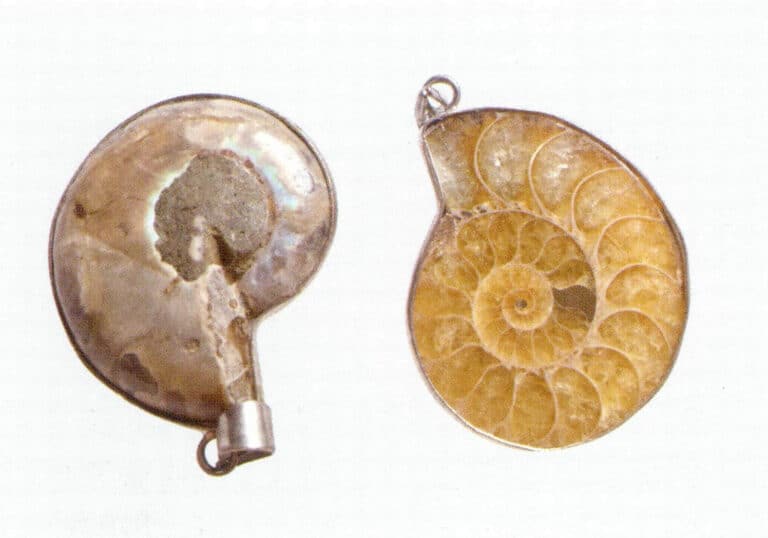
Figure 7-4-4 ammonite fossil exterior and section (2)
The radiance of Opal with a play-of-color is mainly formed by the reflection and interference of light by the thin layers of Opal. Gem-quality opal is primarily found in shales in Canada and is often accompanied by ironstone nodules. It is generally believed that after the ammonites died, they were eventually buried by bentonite mud that transformed into shale, allowing their shells to be well-preserved; coupled with sedimentary materials like ironstone, this helped preserve the opal structure and prevented the transformation of Opal from aragonite to calcite.
4.3 Gemological Characteristics
The beauty of ammonite is characterizes the ammonite’s beauty, and its gemological features are shown in Table 7-4-1 and Figures 7-4-5 to 7-4-12.
Table 7-4-1 Gemological features of Ammonite
| Principalele minerale constituente | Aragonite,calcite, pyrite, etc. | |
|---|---|---|
| Compoziție chimică | Inorganic components: mainly CaCO3; trace elements: Al, Ba, Cr, Cu, Mg, Mn, Sr, Fe, Ti, V, etc. | |
| Stare cristalină | Cryptocrystalline heterogeneous aggregate | |
| Structura | Typical layered structure | |
| Caracteristici optice | Culoare | Yellow, brown to reddish-brown, black, etc. |
| Efecte optice speciale | Play-of-color: mainly red and green, with various colors possible. | |
| Lustru | Greasy luster to glassy luster | |
| Indice de refracție | 1.52 ~ 1.68 | |
| Fluorescență ultravioletă | Generally none | |
| Caracteristici mecanice | Duritatea Mohs | 3.5 ~ 4.5 |
| Rezistență | High, 3000 times that of calcite (CaCO3) | |
| Densitate relativă | 2.60 ~ 2.85, commonly 2.70 | |
| Special properties | Bubbles when encountering acid | |

Figure 7-4-5 ammonite Raw Stone (1)
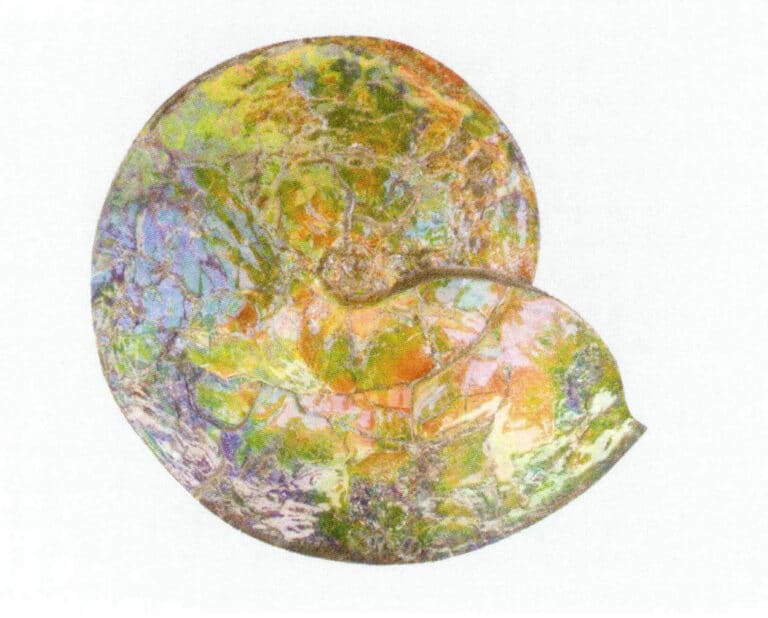
Figure 7-4-6 ammonite Raw Stone (3)

Figure 7-4-7 ammonite Raw Stone (2)

Figure 7-4-8 ammonite Raw Stone (4)

Figure 7-4-9 ammonite Raw Stone (5)
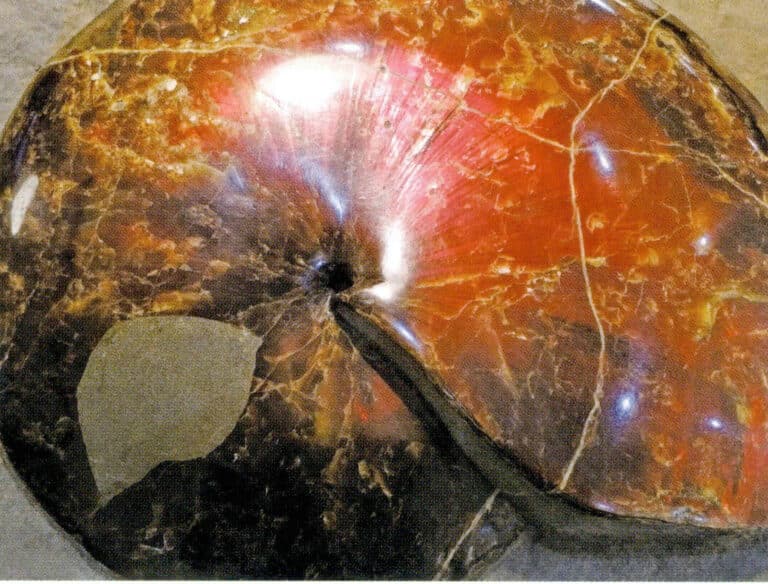
Figure 7-4-10 ammonite Raw Stone (6)
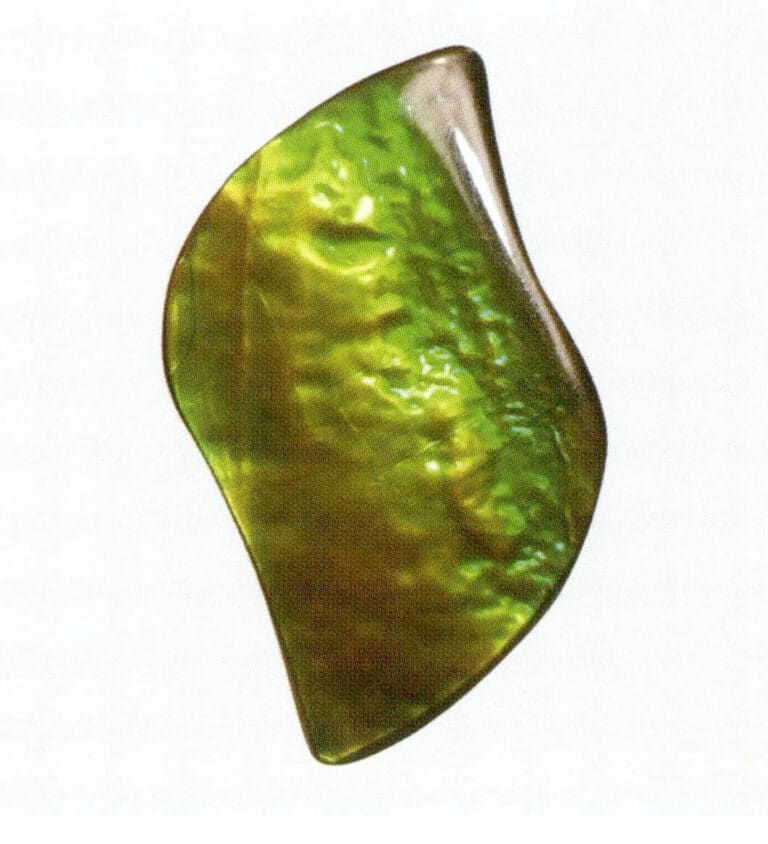
Figure 7-4-11 ammonite products (1)
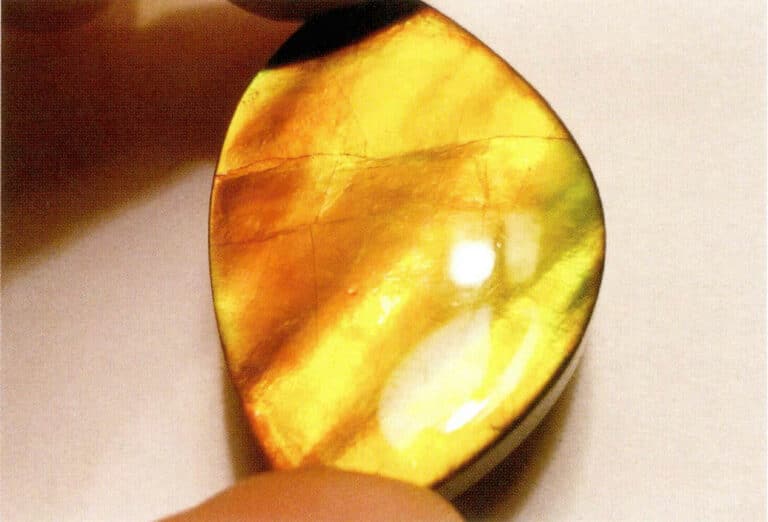
Figure 7-4-12 ammonite products (2)
4.4 Spectroscopic Characteristics
The infrared spectrum of colorful jasper is mainly composed of Aragonite and organic matter, with its spectral peaks and vibration modes shown in Table 7-4-2.
Table 7-4-2 Infrared Spectral Characteristics of ammolite.
| Characteristic vibrational spectral band/ cm-1 | Vibration mode |
|---|---|
| 2800 ~ 3000 | Stretching Vibration in Organic Matter v (C - H) |
| 3000 ~ 3300 | Vibration v (O —H) and Vibration v ( N — H) |
| 2518 ~ 2650 | Vibration of Groups such as CH2 in Amino Acids |
| 1472 | [CO3]2- vibrates at V3 |
| 1083 | [CO3]2- vibrates at V1 |
| 863 | [CO3]2- vibrates at V2 |
| 712 | [CO3]2- vibrates at V4 |
4.5 Optimization Processing and Splicing
The colorful spotted stone often has a surface coating or splicing due to multiple cracks; see Figure 7-4-13 to Figure 7-4-15.
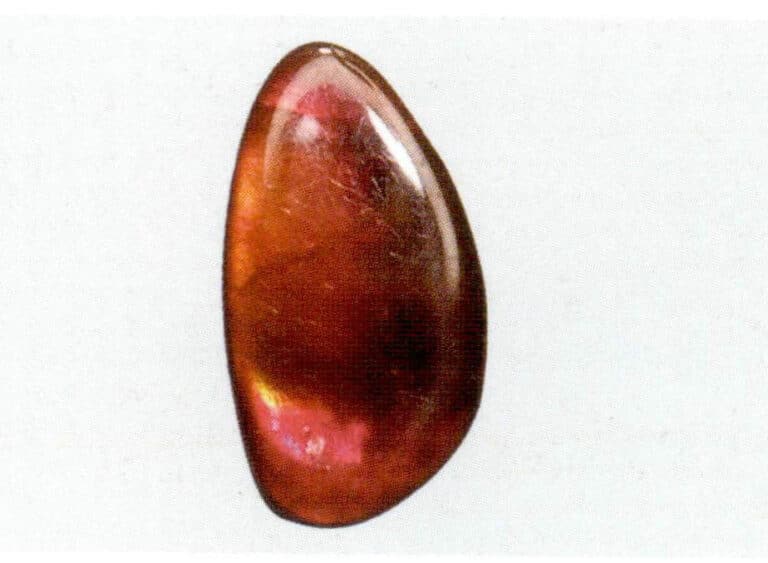
Figure 7-4-13 Overlaying colored chrysolite
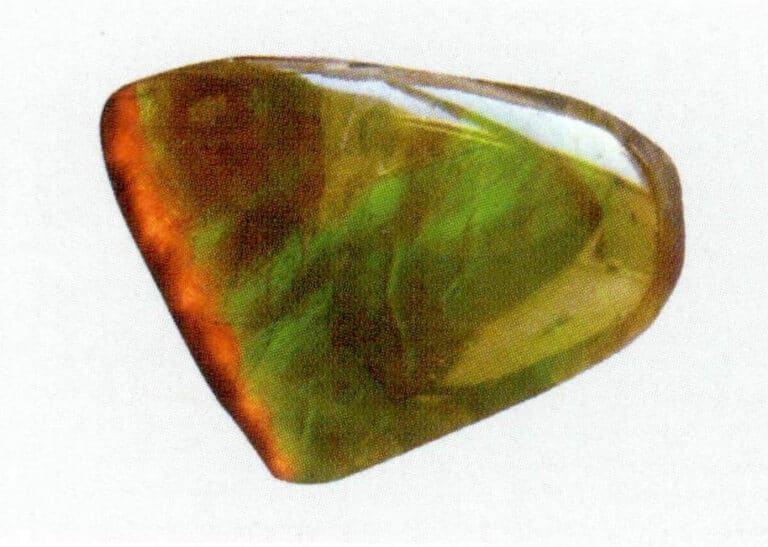
Figure 7-4-14 Patchwork ammonite Stone
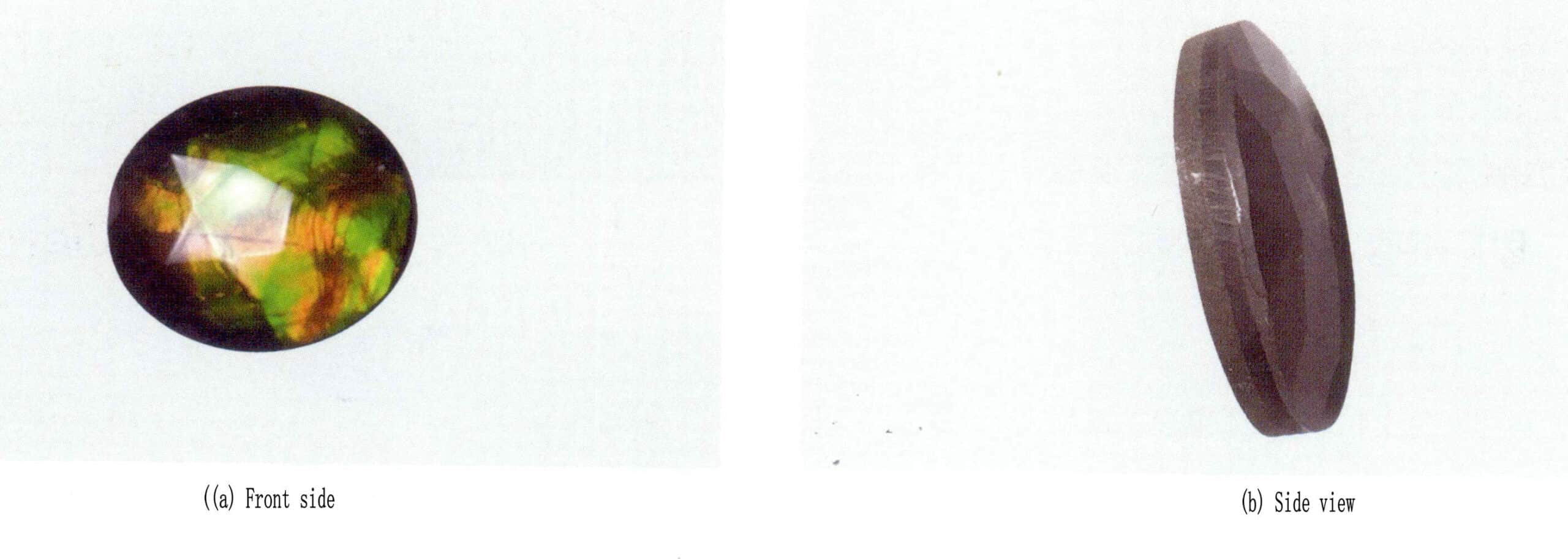
4.6 Quality Evaluation
The colorful spotted stone can be evaluated from halo color, cracks, and block; see Table 7-4-3 and Figure 7-4-16 to Figure 7-4-19.
Table 7-4-3 Quality Evaluation of Colorful Jasper
| Factori de evaluare | Conținutul evaluării calității |
|---|---|
| Iridescence effect | Strong color play effect, rich and exquisite colors are best |
| Cracks | The fewer cracks, the better; a single small piece should ideally have no cracks |
| Lumpiness | A certain degree of block is required; In general, the bigger the block, the better |
| Integrity | For the original stone mine standard, the completeness of the ammonite is considered. |

Figure 7-4-16 Weakly Haloed Colored ammonite Raw Stone
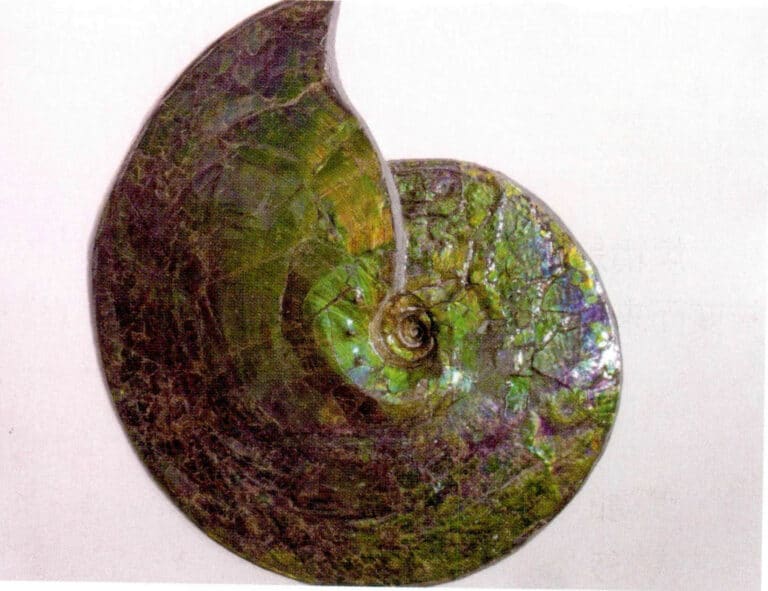
Figure 7-4-17 Moderately Haloed ammonite Raw Stone

Figure 7-4-18 Strongly Haloed ammonite
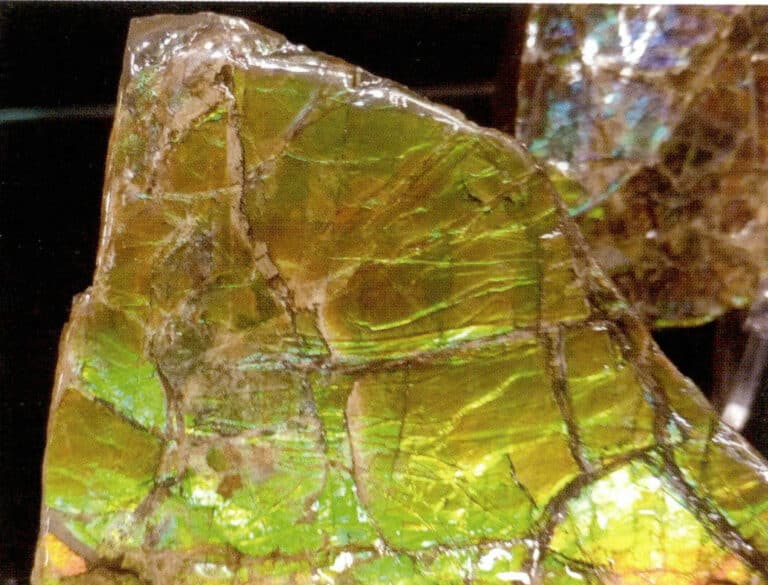
Figure 7-4-19 Strongly haloed irregular chrysoprase rough
4.7 Origin
The most famous source of ammonite is Canada, followed by Madagascar. The ammonite fossils from Madagascar often retain their original shape, but the iridescent effect is less intense than Canada’s. The ammonites from Madagascar are shown in Figures 7-4-20 and 7-4-21.
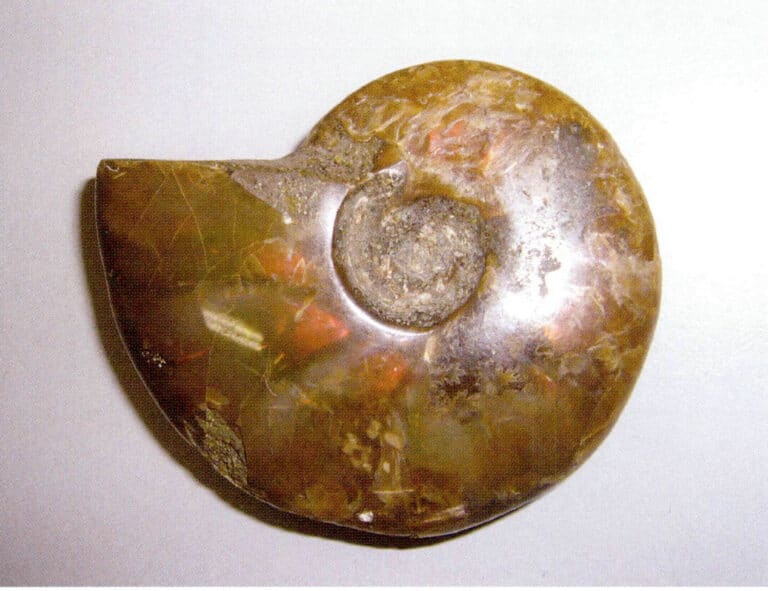
Figure 7-4-20 Madagascar Colored ammonite (I)

Figure 7-4-21 Madagascar Colored ammonite (II)
5. Jet
Jet is a unique variety of coal consisting of an organic matter aggregate. The material name of Jet is lignite, which is transformed from trees buried underground. Jet is mainly produced in coal-bearing strata and can burn like ordinary coal.
5.1 Application History and Culture
The English name for the jet is jet, derived from the Latin word Gagates, which evolved from the Old French jail.
Humanity’s understanding and use of the jet have a long history; in ancient Rome, the jet was the most popular “black gemstone,” especially during the Victorian era, when it was widely used as a mourning souvenir to commemorate the deceased.
In ancient China, the jet was mainly referred to as coal jade, carbon jet, or carbon root, as well as “black jade,” “li stone,” “coal root stone,” and “li jet stone.”
5.2 Gemological Characteristics
The main components of the jet are amorphous resin and humus. Humus is mainly composed of gel, a small amount of structural lignin, and trace inorganic debris. The essential gemological characteristics of coal are shown in Table 7-5-1, Figure 7-5-1, and Figure 7-5-2.
Table7-5-1 Basic gemological characteristics of jet
| Compoziție chimică | Mainly C, with some H and O | |
|---|---|---|
| Stare cristalină | Amorphous body, often appearing as aggregates | |
| Structura | Often appears as dense blocky masses | |
| Caracteristici optice | Culoare | Black and brownish-black; streaks are brown |
| Lustru | The polished surface has a resinous to glassy luster | |
| Indice de refracție | 1.66 | |
| Fluorescență ultravioletă | Generally none | |
| Caracteristici mecanice | Duritatea Mohs | 2 ~ 4 |
| Decupaj | None, with a shell-like fracture | |
| Rezistență | Brittle, cutting with a knife can produce notches and powder | |
| Densitate relativă | 1.32 | |
| Observație microscopică | Striped structure, can appear as layered, irregular bands or fine vein-like, lens-shaped, etc., and may contain humus filling; also may have a small amount of surrounding rock debris minerals | |
| Electrical properties | Can become charged by friction | |
| Thermal properties | Jet is combustible, and it has a coal smoke smell after burning; when touched with a hot needle tip, it can emit the smell of burning coal; When heated to 100-200 °c, the texture becomes soft and flexible | |
| Acid soluble | Acid can darken its surface | |
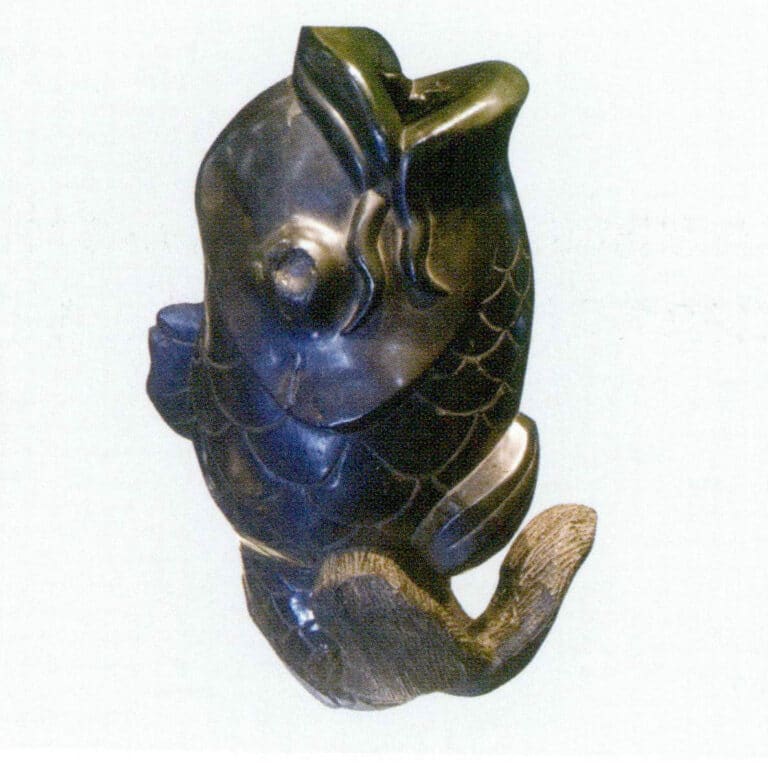
Figure 7-5-1 Coal tar (1)

Figure 7-5-1 Coal tar (2)
5.3 Similar Products
The appearance most similar to the jet is black coral. The raw material of black coral is branch-like, with a cross-section showing concentric circular growth structures, and the surface may have pimple-like protrusions. The drilled holes in the finished product often show colors that are not pure black, commonly appearing brownish and with long fibrous structures. The drilled holes in jet products usually reveal shell-like fractures. In addition, a hot needle test can detect a burnt hair smell, and when the jet is tested with a hot needle, it emits a coal smoke smell, which is sufficient to distinguish it from the plane.
The appearance of anthracite and lignite is also very similar to jet. The raw stones of anthracite and lignite can present concentric radial ring structures, nodular structures, and irregular ring band structures; they are not very dense, have developed micro-cracks, and have a lower density; they are low in hardness, brittle, and easy to stain hands.
5.4 Quality Evaluation
The quality of the jet can be evaluated from five aspects: Color, luster, texture, flaws, and bulk, as shown in Table 7-5-2.
Table 7-5-2 Quality Evaluation of Jet
| Factori de evaluare | Conținutul evaluării calității |
|---|---|
| Culoare | Pure black is the best; if it appears brown, the quality is poorer. |
| Lustru | Bright resin luster or glass luster is good, luster weak second |
| Structura | The denser the tree and the finer or glossier the texture, the better the quality; those with weak luster are of secondary quality. |
| Defects | Minerals without cracks, spots, and impurities are preferred. |
| Granularity | A certain granularity is required; generally speaking, the larger the granularity, the better. |
5.5 Origin
Jet is mainly produced in coal-bearing strata. The world’s highest-quality Jet is made in North Yorkshire, England. Other origins include the United States, Spain, Germany, France, and Canada.
The main production area of Jet in China is Fushun, Liaoning, produced in the Tertiary coal series, followed by Jet output in coal mines in Shaanxi, Shanxi, and Shandong.
6. Petrified wood
Petrified wood, also known as wood fossil, is formed from the remains of ancient trees through a long process of chemical element replacement (Specifically referring to the silicification process). Plants in the form of woody trees have existed on Earth for a long time, found in every corner of the world, and can be discovered on all six continents. Among them, Petrified wood from coniferous trees is the most common.
6.1 Formation
Petrified wood is widely distributed globally, with production from the Carboniferous to the Quaternary.
The material conditions and processes for the formation of petrified wood mainly include:
(1) A suitable ancient climate for plant growth and abundant tree resources.
(2) Rapid burial and anoxic conditions. Tectonic movements, volcanic activities, and flood sedimentation events can quickly bury many trees, creating anoxic conditions and a sterile reducing environment. This environment is conducive to the complete preservation of the tree body.
(3) High concentrations of soluble SiO2 solutions. SiO2 solutions generally exist as non-dissociable silicic Acid (H4SiO2) with very low solubility in the solution. Only under suitable temperature, pressure, and pH conditions will SiO2 dissolve in large quantities in the solution.
High concentrations of soluble SiO2 solutions migrate from deep to shallow, exchanging with buried trees or forests, where silica rapidly occupies the position of the original wood fibers in a gel-like form, eventually forming petrified wood after a long geological diagenesis process.
The intense recrystallization in the later stages, the repeated interactions of the solution, and the presence of different pigment ions ultimately form various types and structures of Petrified wood, either monochromatic or multicolored.
The formation of Petrified wood is a complete systemic process. The process is described as silica-rich acidic substances filtered from volcanic deposits seeping into the trunk, solidifying and protecting its structure, even the magnificent structures. Over time, mineral-rich fluids infiltrate the remaining tissues and organs, thus forming Petrified wood.
Silica generally undergoes three stages: unordered ammonite, Ammonite ordered ammonite, Ammonite quartz. The conversion rate during this period is prolonged and depends on temperature, pH, and impurities.
(4) Suitable geological movements. During the silicification process, no intense geological movements should cause the trees to be damaged during structural changes or transport, allowing the silicification process to proceed generally throughout the entire diagenesis.
After silicification is complete, geological movements cause the Petrified wood to rise to the surface or be exposed near the surface.
6.2 Gemological Characteristics
For the gemological characteristics of petrified wood, see Table 7-6-1, Figures 7-6-1 to 7-6-10
Table 7-6-1 Basic Gemological Characteristics of Petrified Wood
| Principalele minerale constituente | Quartz Group | |
|---|---|---|
| Compoziție chimică | SiO2,H2O and carbonaceous compounds | |
| Stare cristalină | Cryptocrystalline aggregate to amorphous body | |
| Structura | Often presents as fibrous aggregates | |
| Caracteristici optice | Culoare | Typical yellow and mottled patterns, or black, white, gray, and red, etc. |
| Lustru | Polished surface with glass luster | |
| Indice de refracție | 1.54 or 1.53 (point measurement) | |
| Fluorescență ultravioletă | Generally none | |
| Caracteristici mecanice | Duritatea Mohs | 7 |
| Densitate relativă | 2.50 ~ 2.91 | |
| Observație microscopică | Wood-like layered structure, wood grain | |
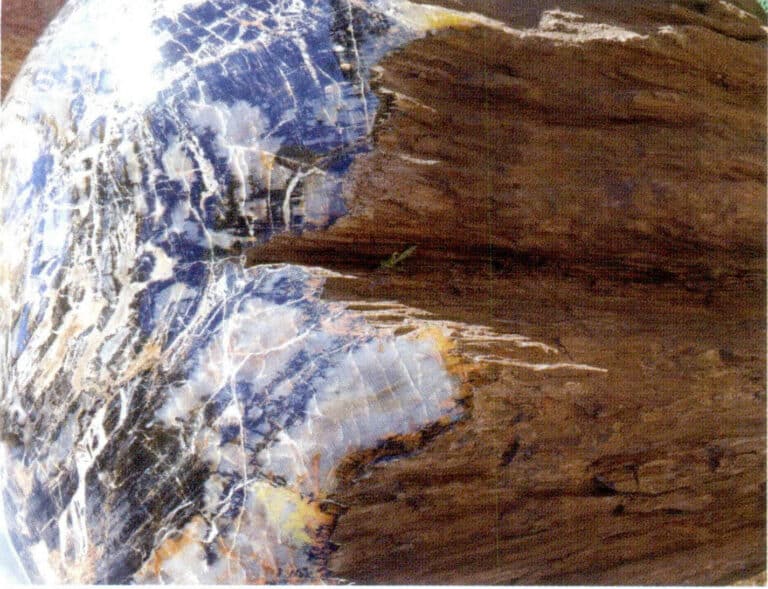
Figure 7-6-1 Cross-sections and longitudinal surfaces of Petrified wood

Figure 7-6-2 Cross-section of Petrified Wood

Figure 7-6-3 Color and structure of Petrified wood (1)
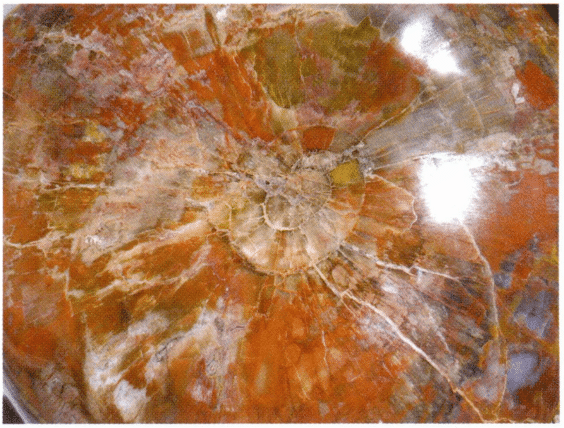
Figure 7-6-4 Color and Structure of Petrified Wood (2)
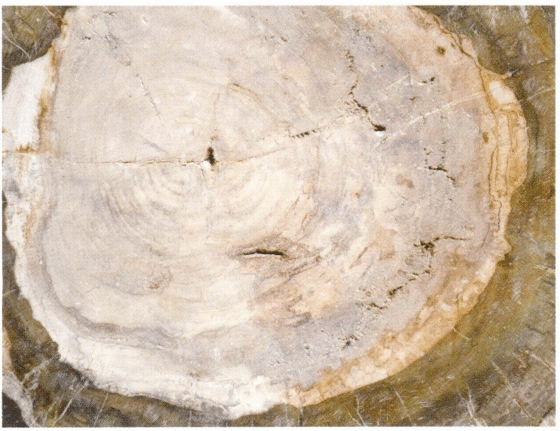
Figure 7-6-5 Color and Structure of Petrified Wood (3)
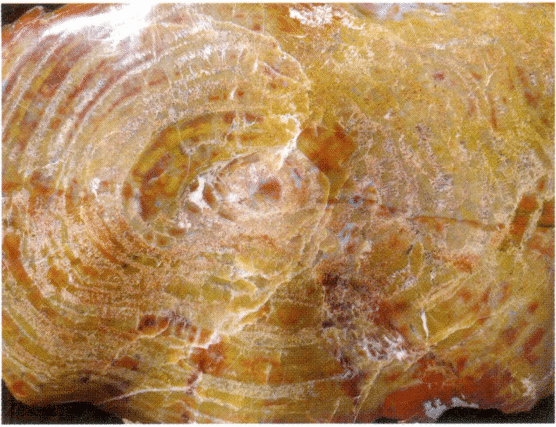
Figure 7-6-6 Color and Structure of Petrified Wood (4)
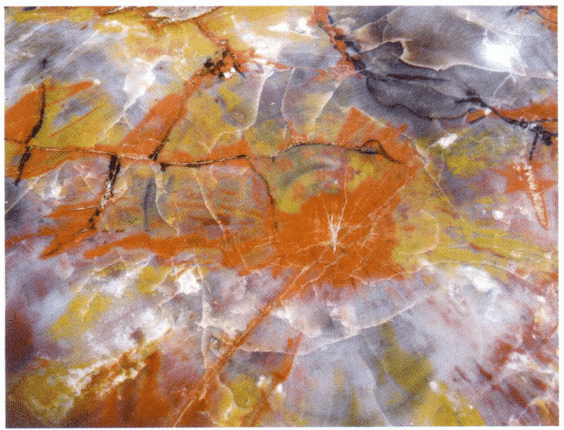
Figure 7-6-7 Color and Structure of Petrified Wood (5)
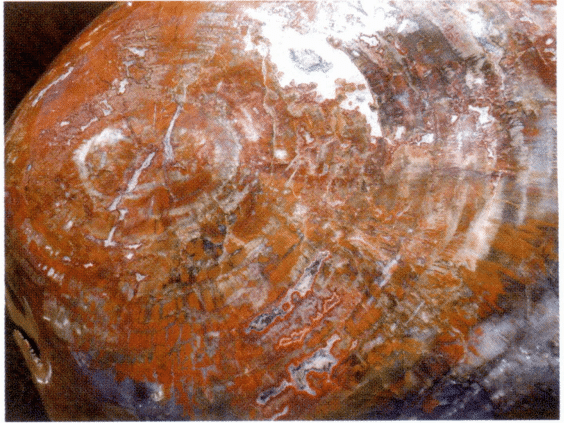
Figure 7-6-8 Color and Structure of Petrified Wood (6)
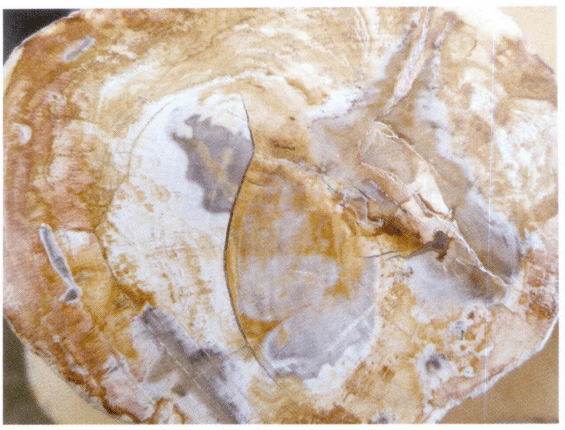
Figure 7-6-9 Color and Structure of Petrified Wood (7)
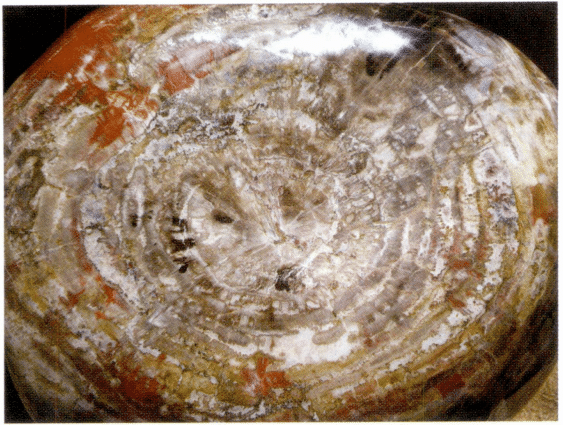
Figure 7-6-10 Color and Structure of Petrified Wood (8)
Petrified wood is composed of at least two different inorganic materials. The original cellular structure of the plant is preserved in petrified wood. These preserved original biological tissue materials can be found in specific locations, especially cell walls. The complex inorganic structure is superimposed on the residual organic network. The microscopic structure of petrified wood slices under polarized light microscopy is shown in Figures 7-6-11 to 7-6-14; the microscopic structure of different directional cross-sections under scanning electron microscopy (SEM) is shown in Figures 7-6-15 and 76-16.
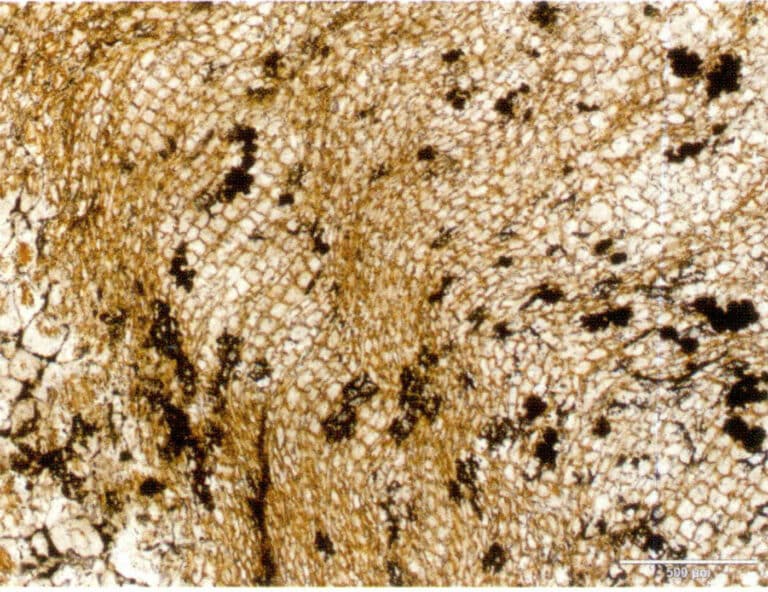
Figure 7-6-11 Phyllotubular cells in Petrified wood (5x)

Figure 7-6-12 Quartz particles in phyllotubular cells of Petrified wood (5x)
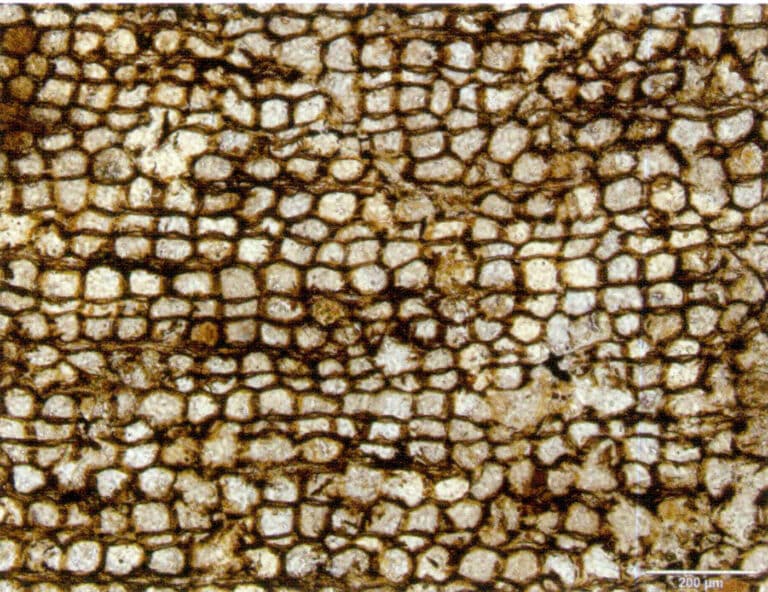
Figure 7-6-13 Phyllotubular cells in Petrified wood (10x)

Figure 7-6-14 Quartz particles in flat and straight tube cells of silica wood (10x)

Figure 7-6-15 Microstructure SEM of different oriented sections of Petrified wood )(-)
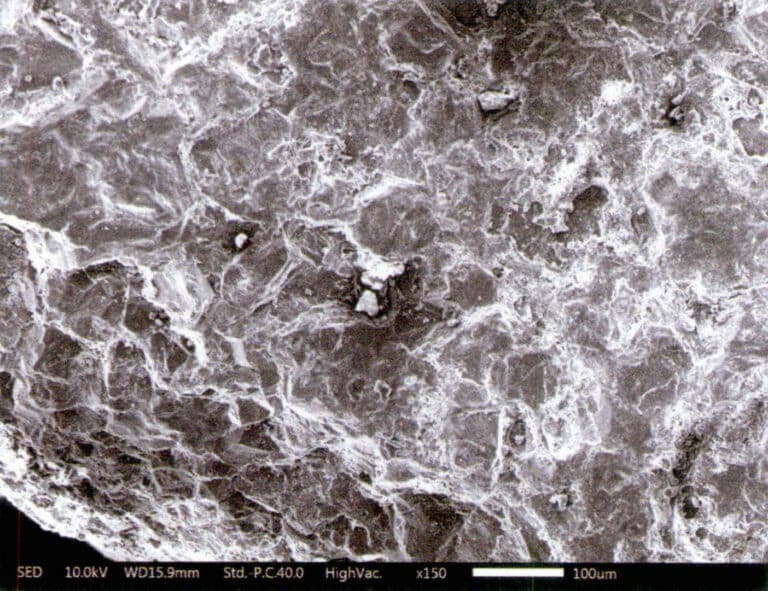
Figure 7-6-16 Microstructure SEM of different oriented sections of Petrified wood )(II)
6.3 Spectroscopic Characteristics
(1) XRD
The mineral composition of petrified wood (Beijing Yanqing) is ą—SiO2 (quartz), and the XRD analysis is shown in Figure 7-6-17.
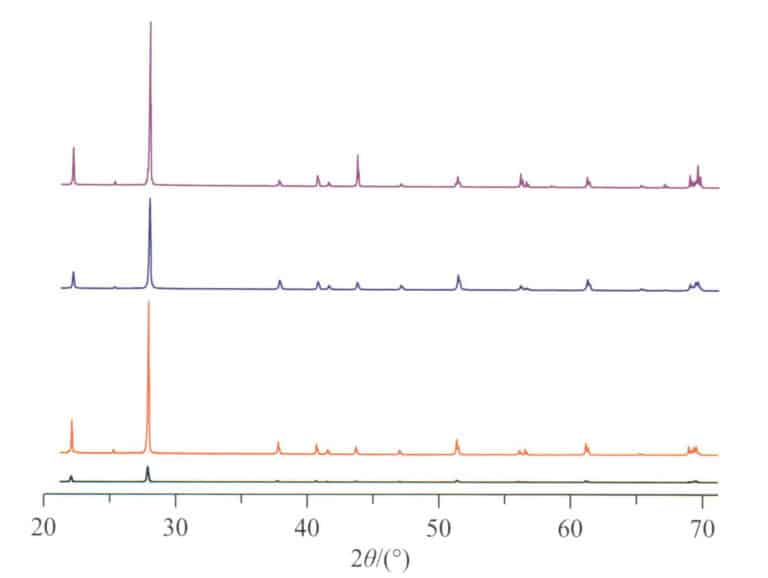
(2) Infrared Spectrum
The infrared spectrum of colorful jasper is mainly composed of Aragonite and organic matter, with its spectral peaks and vibration modes shown in Figure 7-6-18 and Table 7-6-2.
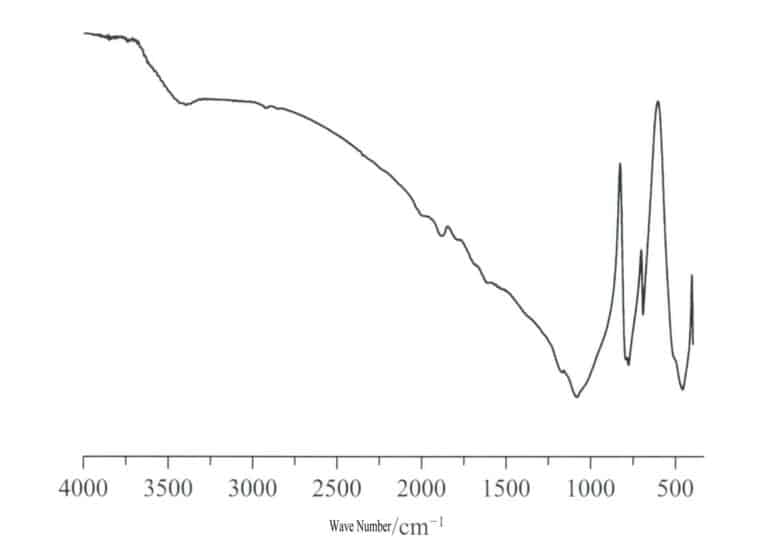
Table 7-6-2 Infrared spectral characteristics of petrified wood
| Characteristic Vibration Band/ cm-1 | Vibration Mode |
|---|---|
| 3400, 1616 | v (H — 0 — H) Vibration |
| 2927, 2850 | Organic matter |
| 1089, 1093 | v (O-Si-O)Asymmetric stretching vibration vibration |
| 798, 777 | v (O-Si-O)Symmetric stretching vibration |
| 515, 460 | v (O-Si-O)Bending vibration |
(3) Raman spectroscopy
The Raman spectrum peaks and vibration modes of Petrified wood are shown in Figure 7-6-19 and Table 7-6-3.
Figure 7-6-19 Raman spectrum of petrified wood (Yanqing, Beijing) Table 7-6-3 Raman Spectral Characteristics of Petrified wood
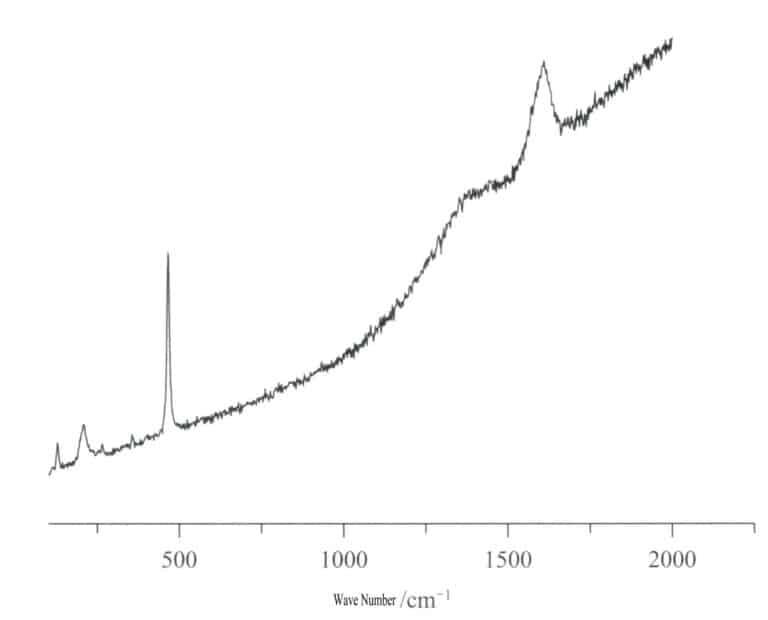
Table 7-6-3 Raman Spectral Characteristics of Silicified Wood
| Characteristic Vibration Band/ cm-1 | Vibration Mode |
|---|---|
| 1605 | v (C=C)Vibration |
| 1360 | Vibration modes of the amorphous C irregular hexagonal lattice structure |
| 464, 356 | v (Si-O)Bending vibration |
| 209, 263 | Rotational vibration or translational vibration of a silico-oxygen tetrahedron |
6.4 Classification
Petrified wood can be divided into four categories based on the different textures of the raw materials: Water-logged Petrified wood, Dry Petrified wood, Brittle Petrified wood, Water-washed Petrified wood
Petrified wood can be classified according to different tree species. However, this classification involves broad categories such as trees and shrubs. When named, it includes cypress and pine petrified wood, among many others, which can exceed a thousand species. Therefore, this classification method is generally not used.
The commonly used classification method in gemology is based on the woody components and the state of silica presence, which can generally be divided into ordinary petrified wood, chalcedony petrified wood, ammonite petrified wood, and calcareous petrified wood, as shown in Table 7-6-4.
Table 7-6-4 Common Classifications of Petrified wood
| Variety | Componente | Caracteristici |
|---|---|---|
| Ordinary petrified wood | Mainly cryptocrystalline quartz | The color is related to the original color of the wood; the internal structure of the wood is clear |
| Chalcedony petrified wood | Mainly chalcedony | Dense and delicate texture; iron oxide staining adheres to the growth rings, resembling agate in appearance. |
| Opal petrified wood | Mainly opal. | Dense texture, with obvious internal wood structure; colors are generally lighter, can be gray, gray-white, light earth yellow, etc. |
| Calcareous Petrified wood | Mainly composed of cryptocrystalline quartz, with a small amount of calcite, dolomite, etc. | Relatively low hardness; color can be grayish-white, etc. |
6.5 Quality Evaluation
The quality evaluation of petrified wood is mainly based on critical factors such as Color, degree of silicification, structure, luster, and size. Additionally, as an essential ornamental stone, factors like morphology and integrity should be considered in evaluating ornamental stones for a comprehensive assessment. Furthermore, it can be organically combined with the research value in geological sciences. See Table 7-6-5.
Table 7-6-5 Quality Evaluation of Petrified wood
| Factori de evaluare | Conținutul evaluării calității |
|---|---|
| Culoare | The colors are vibrant and varied, with bright, colorful, and soft luster being the best; dull, monotonous colors with a gray luster are of inferior quality. |
| Texture | A dense texture, strong silicification, uniform granules, and a distinct jade-like feel indicate high quality; generally speaking, chalcedony petrified wood is superior to other petrified woods. |
| Formă | A complete, natural shape with clear wood grain, a distinct branch feel, and a cross-section that can display growth rings is the best |
| Block | A certain granularity is required; generally speaking, the larger the granularity, the better. |
| Scientific nature | In some cases, it can affect value; the higher the geological research value, the better |
6.6 Origin
7. Jade Coral
Jade coral, also known as coral fossil or chrysanthemum jade, refers to Petrified coral fossils, the ancient remains of corals that have been Petrified due to geological processes. The morphology and texture of the coral itself are mostly preserved intact—some exhibit chalcedony due to replacement processes.
The main component of the coral fossil used as a gemstone is SiO2, produced in Indonesia, China, and other places.
7.1 Causes
The formation of Jade Coral mainly consists of the following two stages:
(1) The movement of the Earth’s crust raises the coral reefs above sea level.
(2) Volcanic eruptions generate high temperatures and pressures, instantly enveloping the coral reefs and completing the process of coral silicification.
7.2 Gemological Characteristics
The gemological characteristics of jade coral are shown in Table 7-7-1 and Figures 7-7-1 to 7-7-4.
Table 7-7-1 Basic Gemological Characteristics of Petrified Wood
| Principalele minerale constituente | Quartz Group | |
|---|---|---|
| Compoziție chimică | SiO2 H2O and Hydrocarbons | |
| Stare cristalină | Cryptocrystalline aggregate to amorphous body | |
| Pattern type | Snowflake pattern, star points, spiral pattern, coarse pattern, fine pattern, insect body, tiger skin, tubular and monomer coral, etc. | |
| Caracteristici optice | Culoare | Light to medium deep brownish yellow, red, gray, and white, etc. |
| Lustru | Polished surface with glass luster | |
| Indice de refracție | 1.54 or 1.53 (point measurement) | |
| Ultraviolet light | Generally none | |
| Caracteristici mecanice | Duritatea Mohs | 7 |
| Densitate relativă | 2.50 ~ 2.91 | |
| Observație microscopică | The concentric radial structure of the coral lake; pores, etc. | |
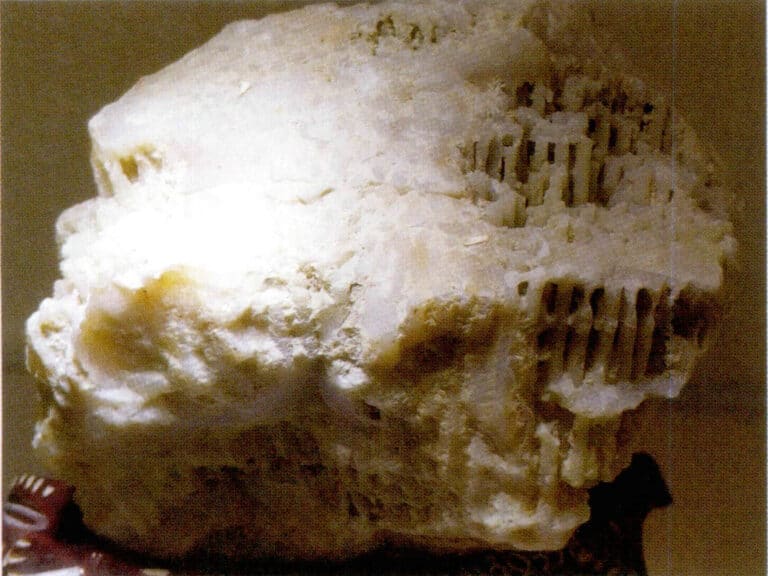
Figure 7-7-1 Coral Jade Raw Stone (1)
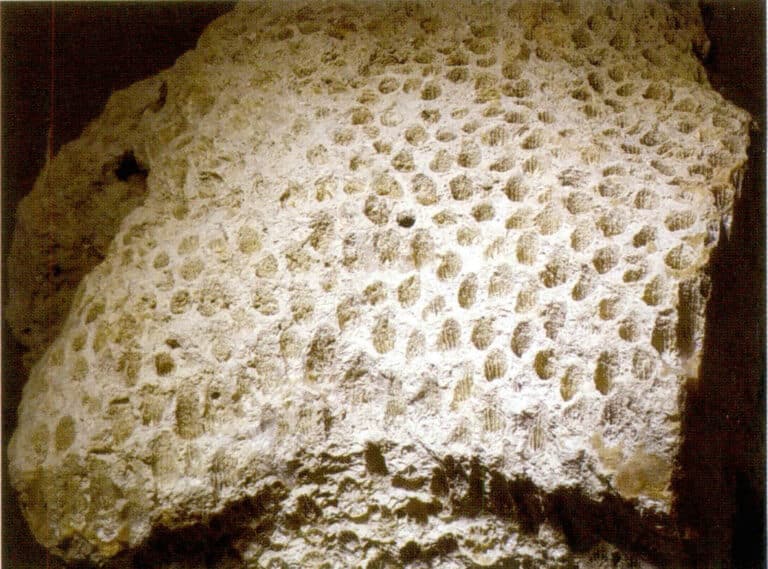
Figure 7-7-2 Coral Jade Raw Stone (2)

Figure 7-7-3 Coral Jade Pendant
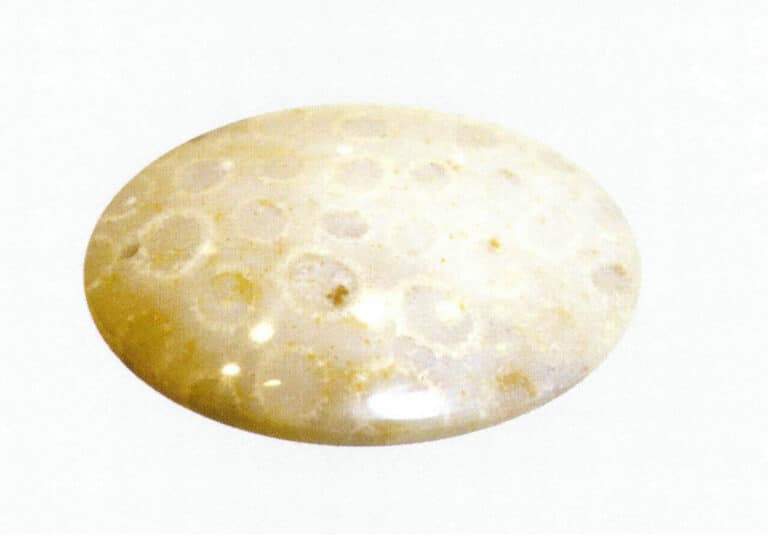
Figure 7-7-4 Coral Jade Pendant
7.3 Quality Evaluation
The quality evaluation factors of Jade coral mainly include Color, transparency, texture fineness, number of flaws, pattern design, bulkiness, and scientific value, as shown in Table 7-7-2.
Table 7-7-2 Quality Evaluation of Jade coral
| Factori de evaluare | Conținutul evaluării calității |
|---|---|
| Culoare | The more colorful and vibrant the color, with a soft and bright luster, the better; dull and monotonous colors with a gray luster are of inferior quality. |
| Transparență | The more transparent, the better. |
| Texture | High quality is characterized by a dense texture, strong silicification, uniform granules, and a noticeable jade-like feel. |
| Flaws | The fewer holes and other blemishes, the better |
| Pattern design | The more complete the pattern of the Yu Lake, the more aesthetically pleasing the design, and the higher the value. |
| Block | A certain level of block is required; generally speaking, the larger the block, the better. |
| Scientific nature | The rarer the variety of coral, the higher the research value and the better the quality |





